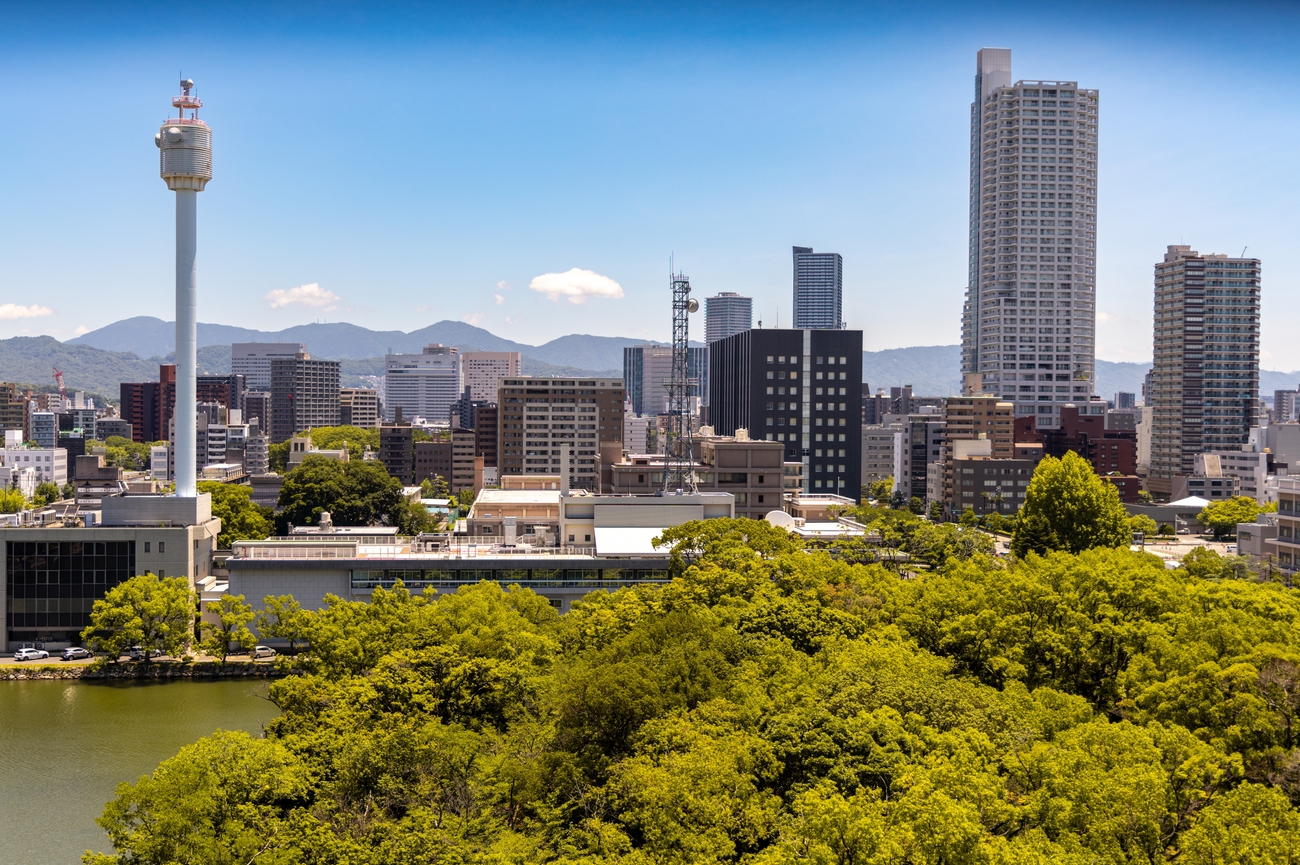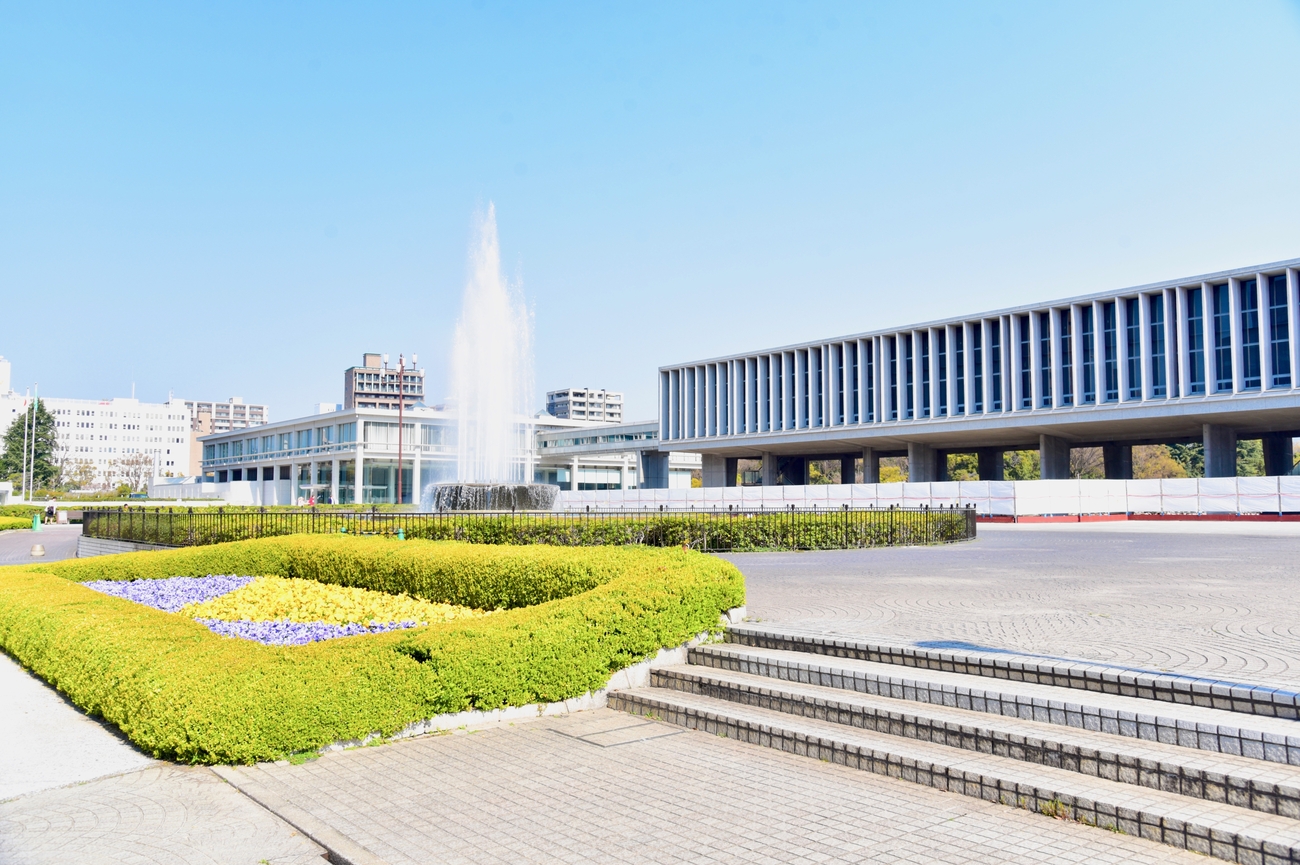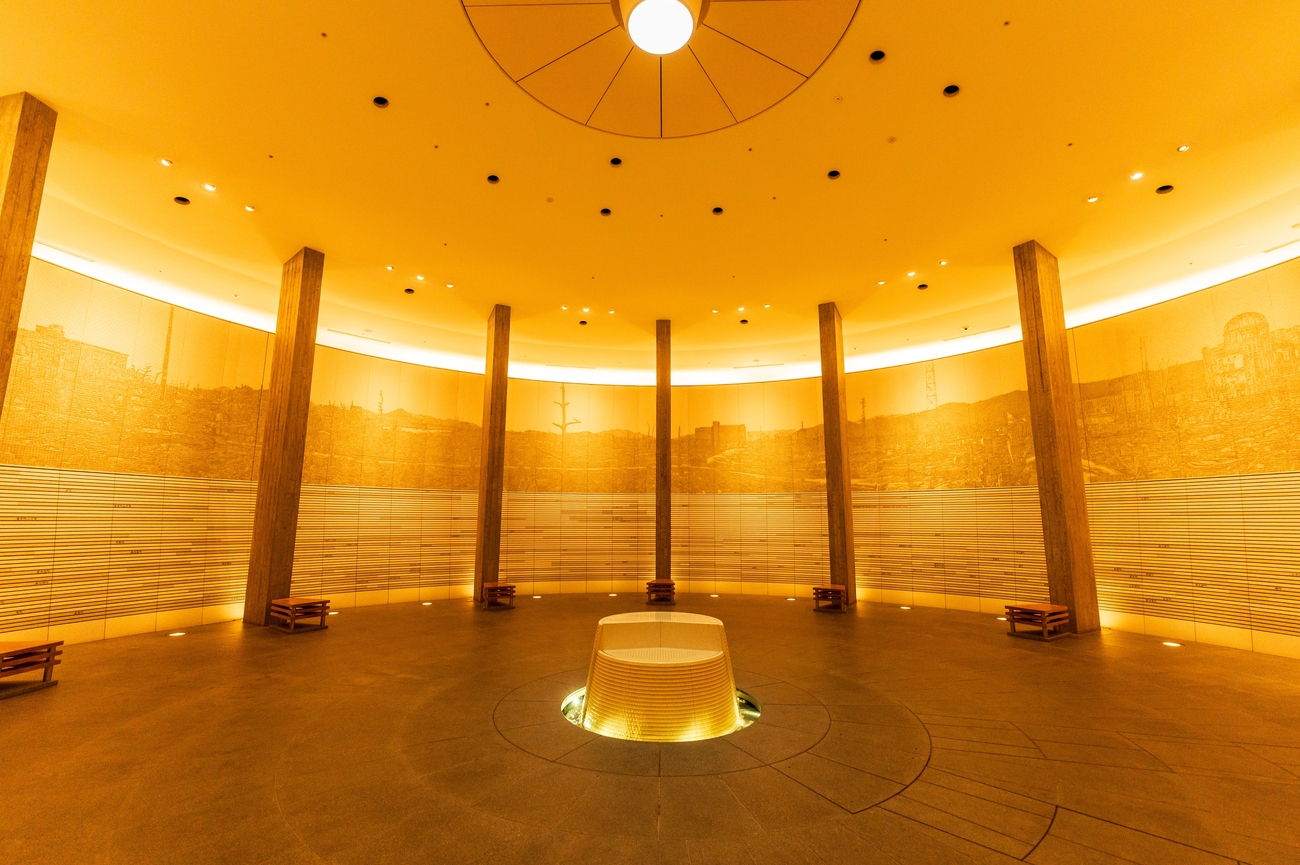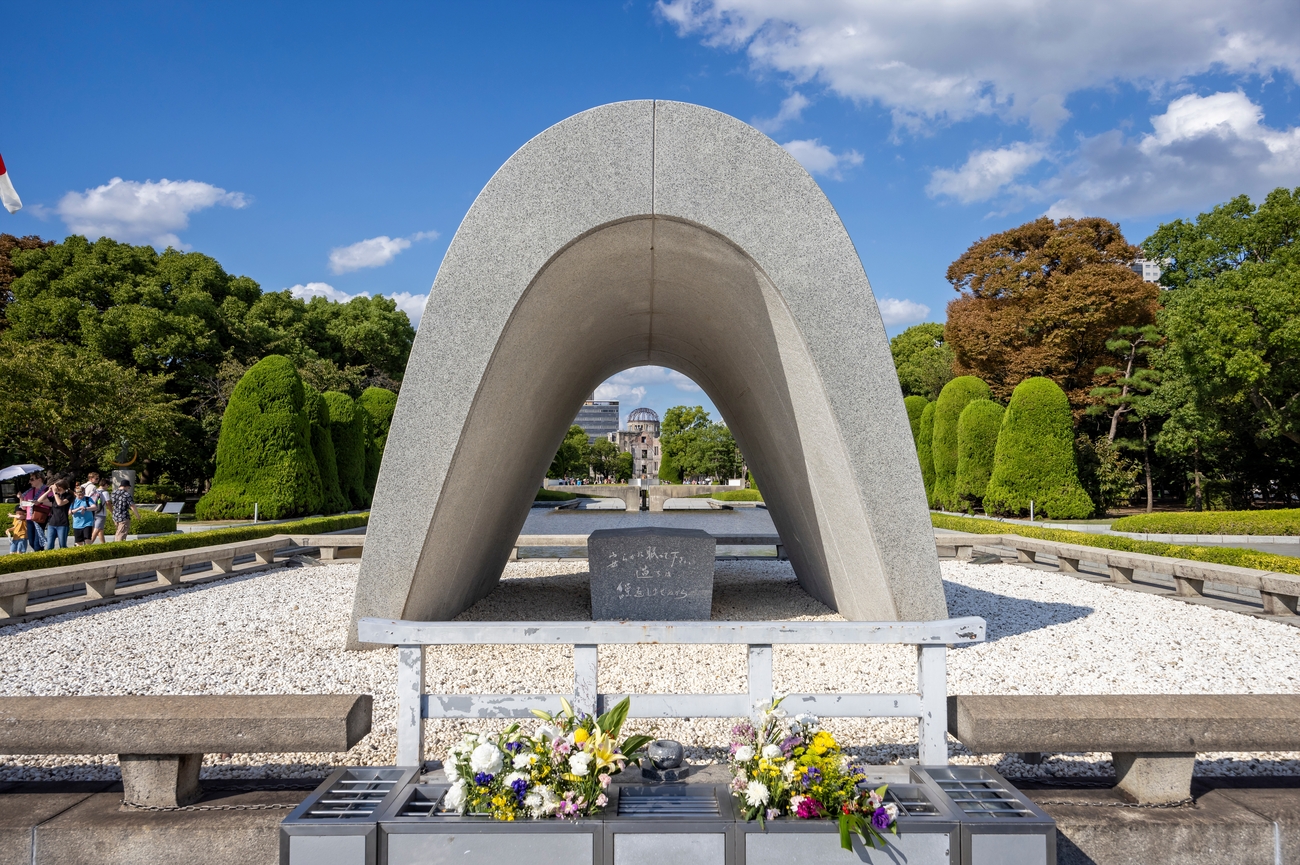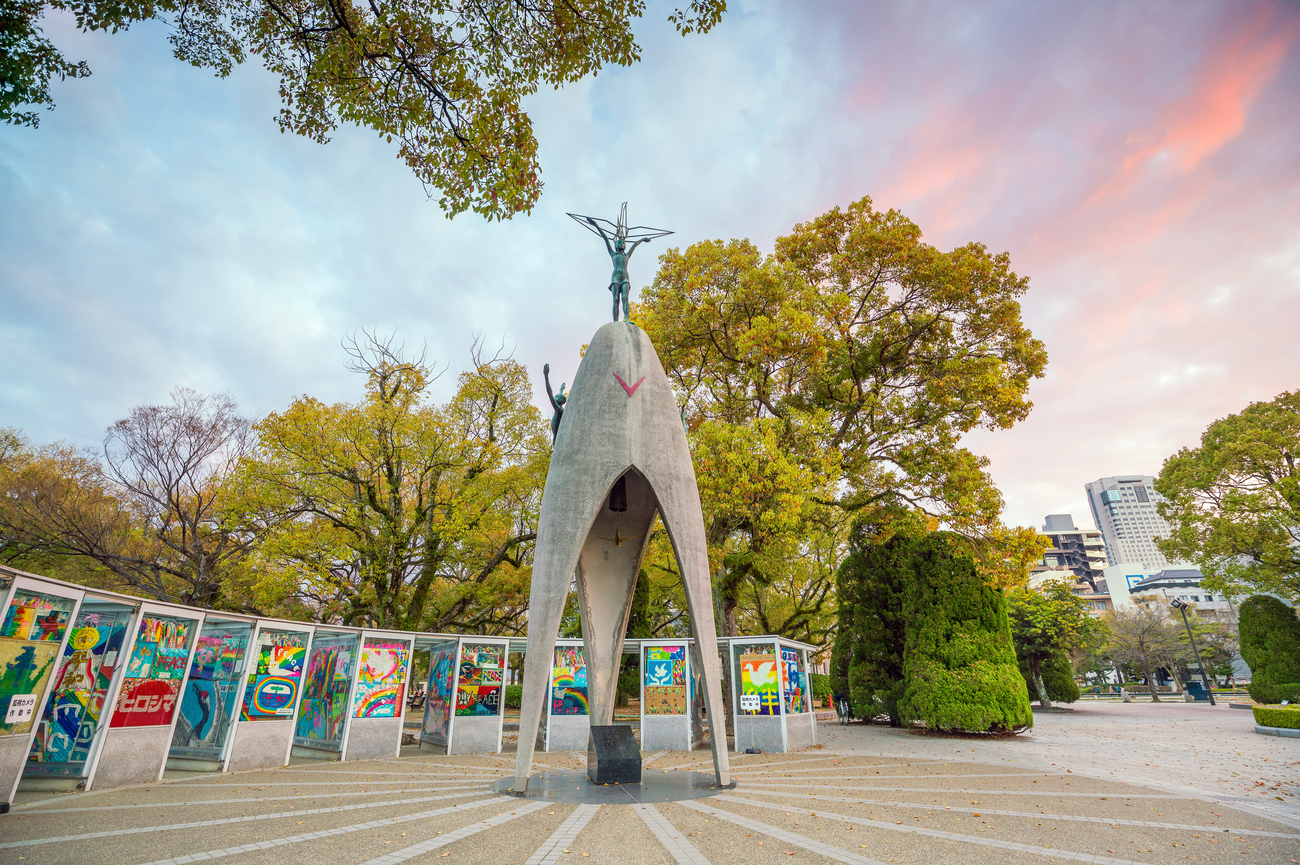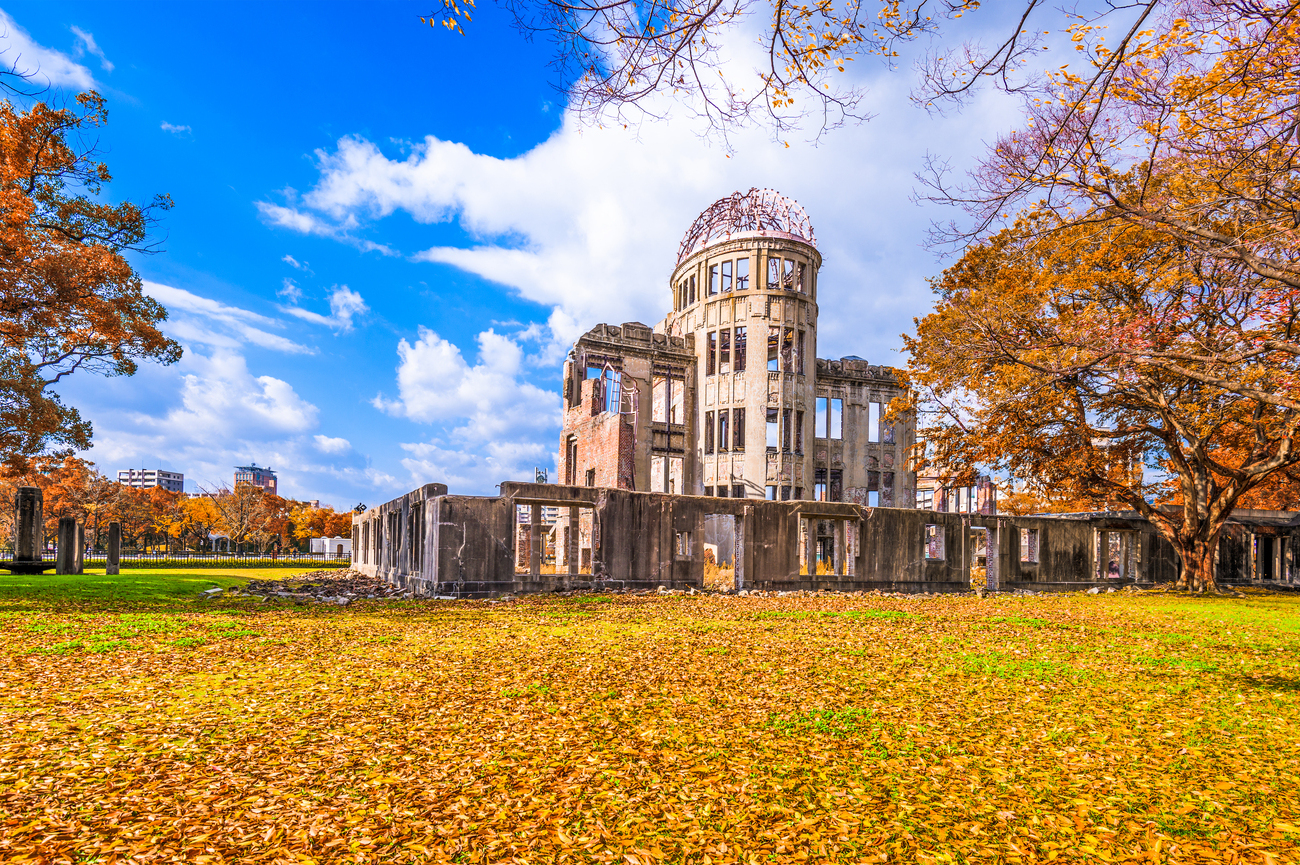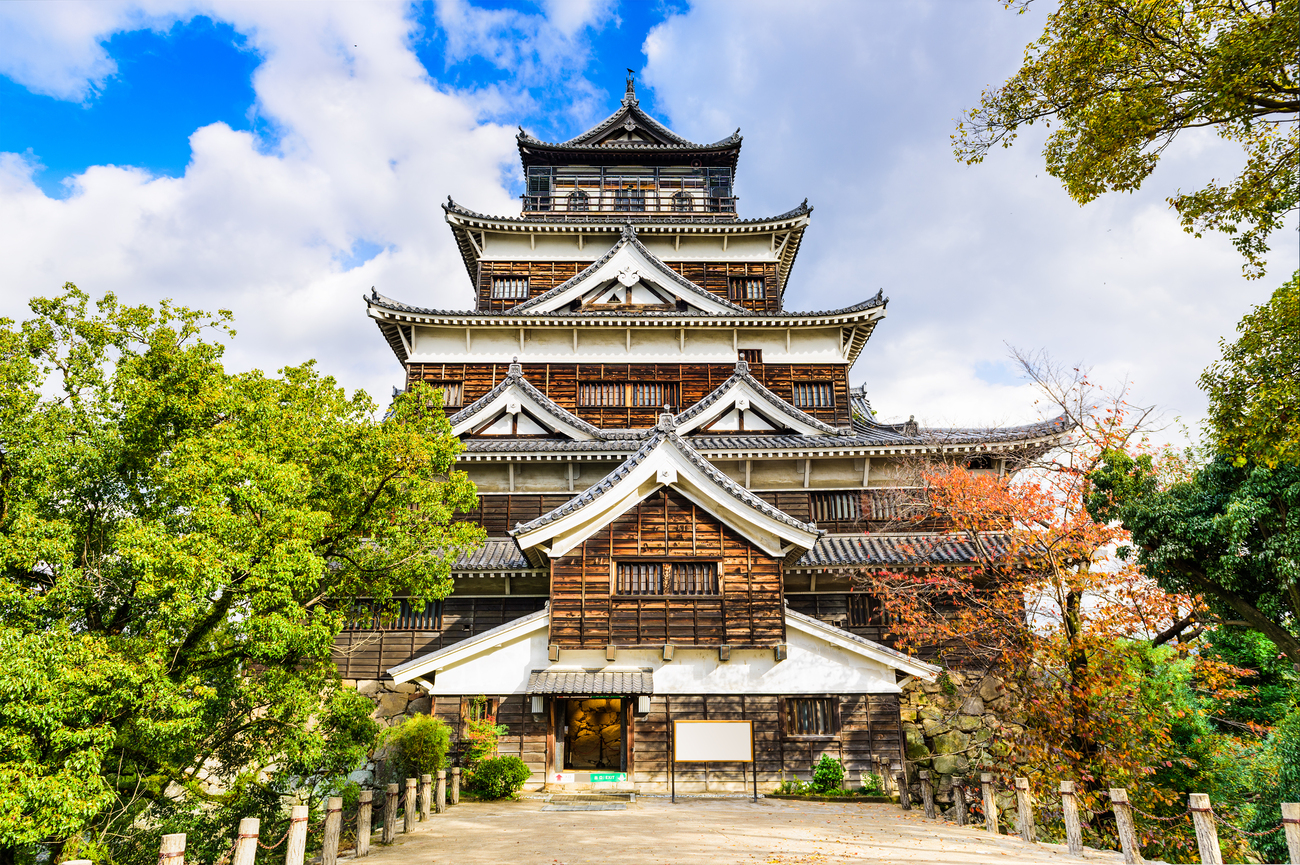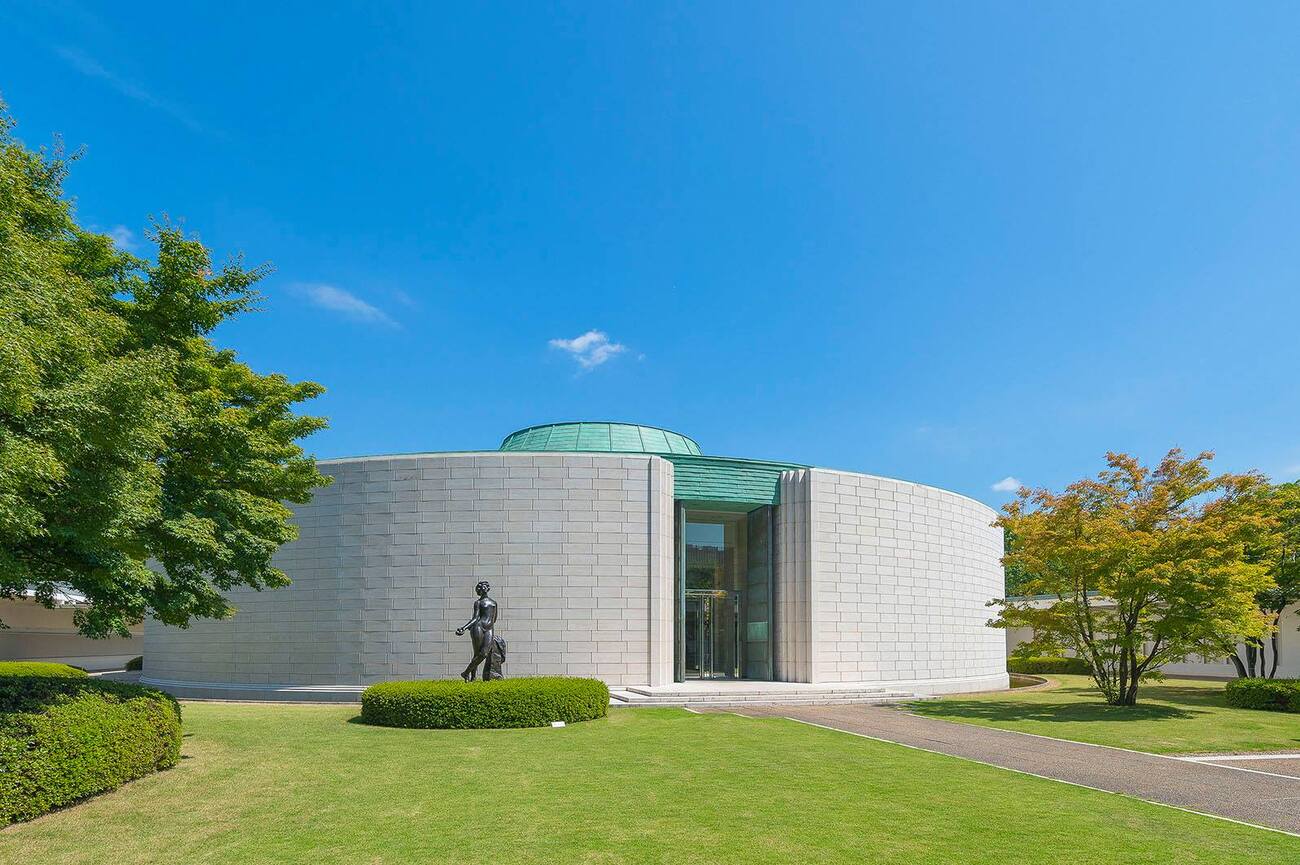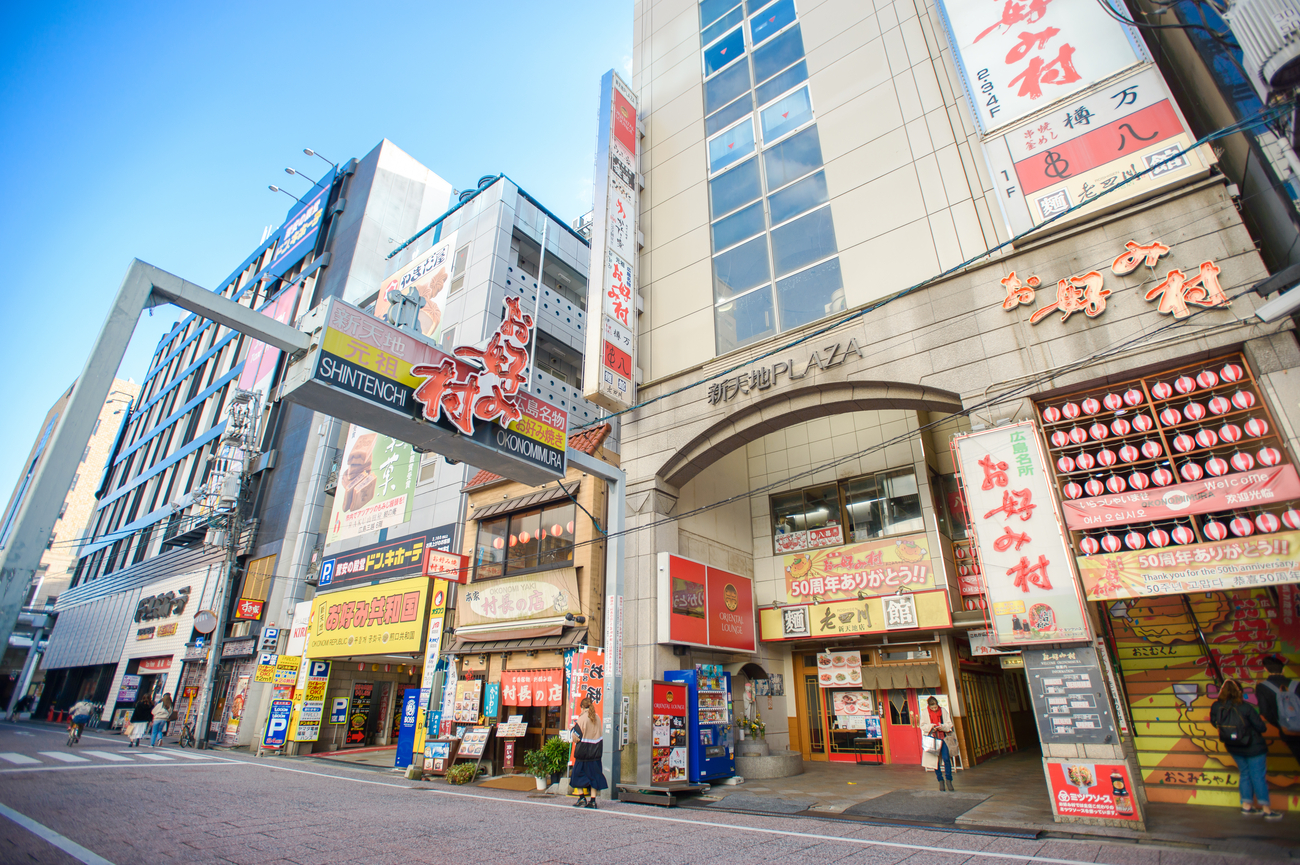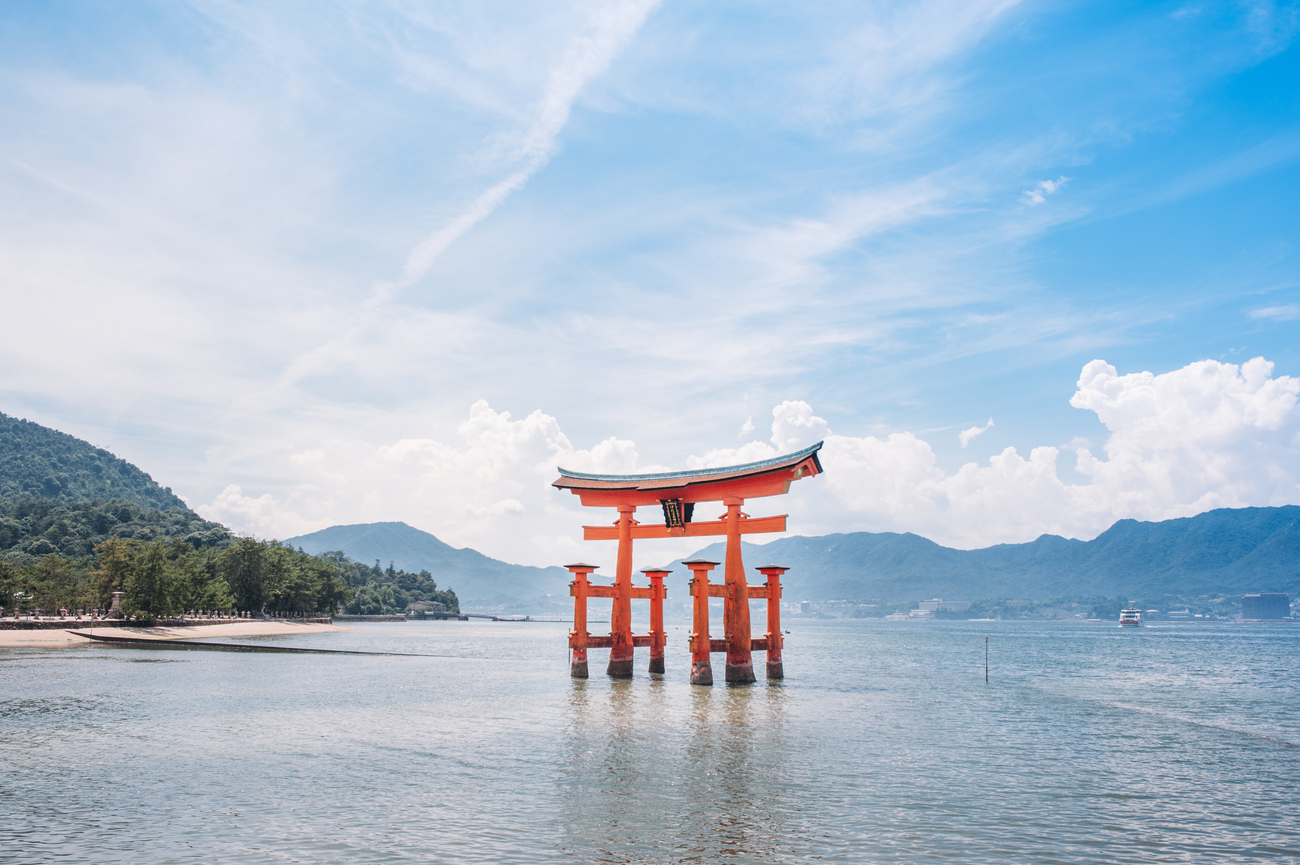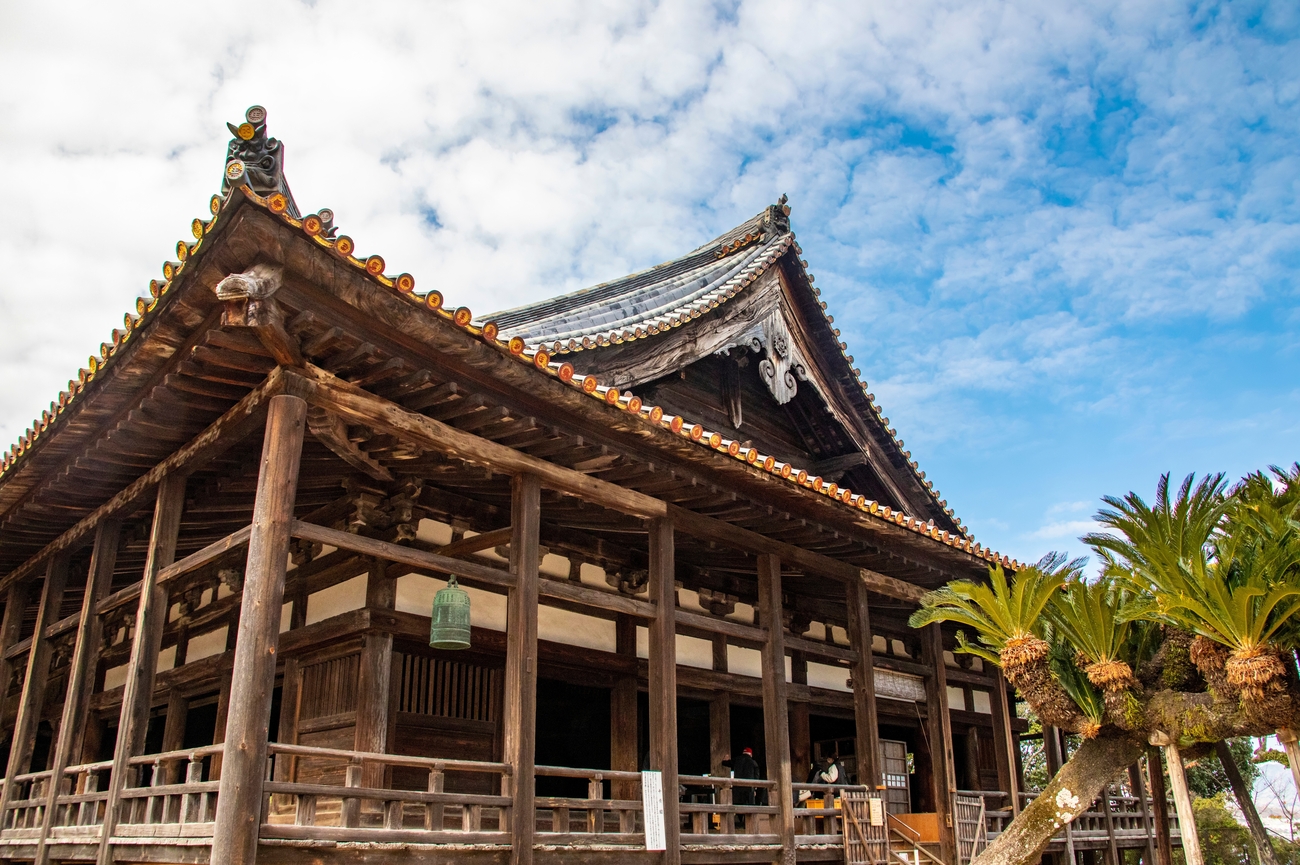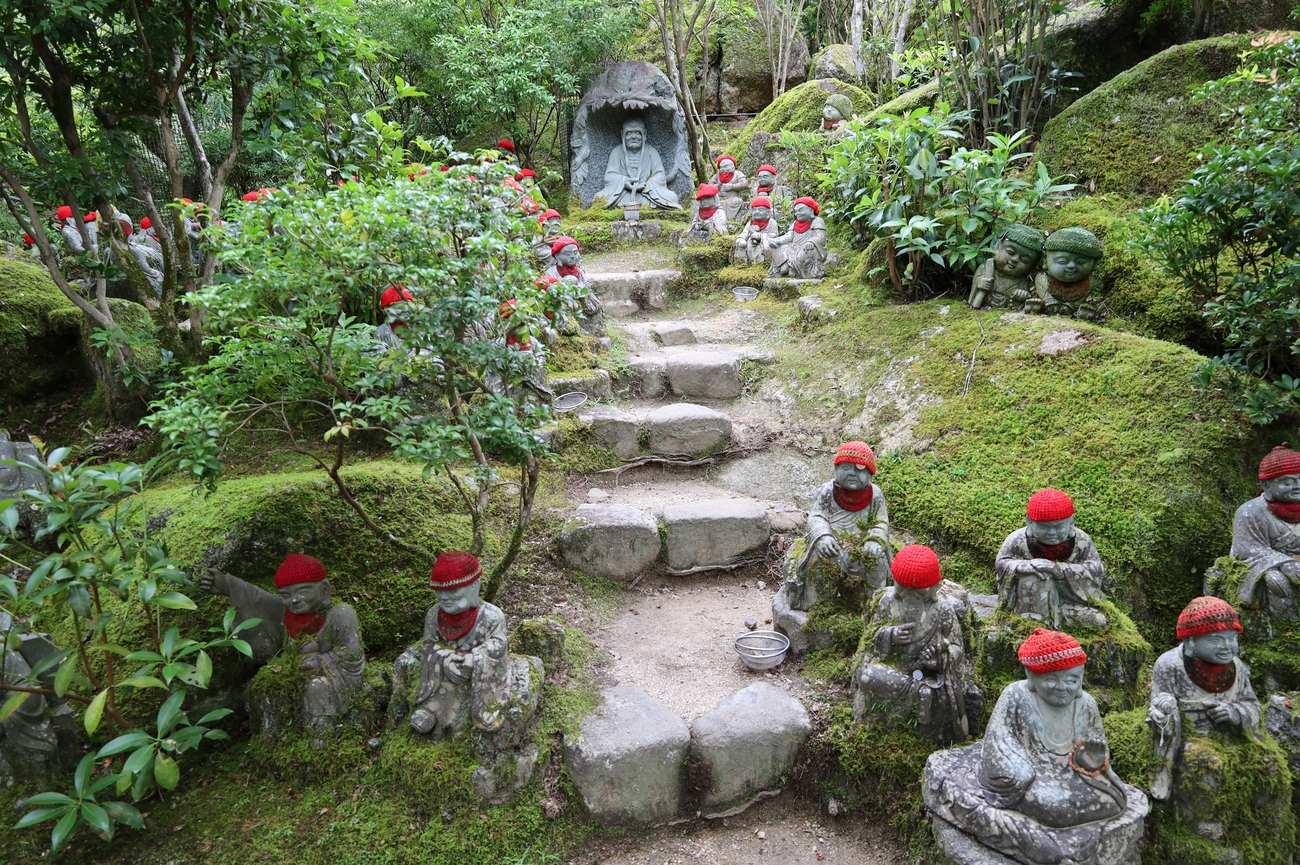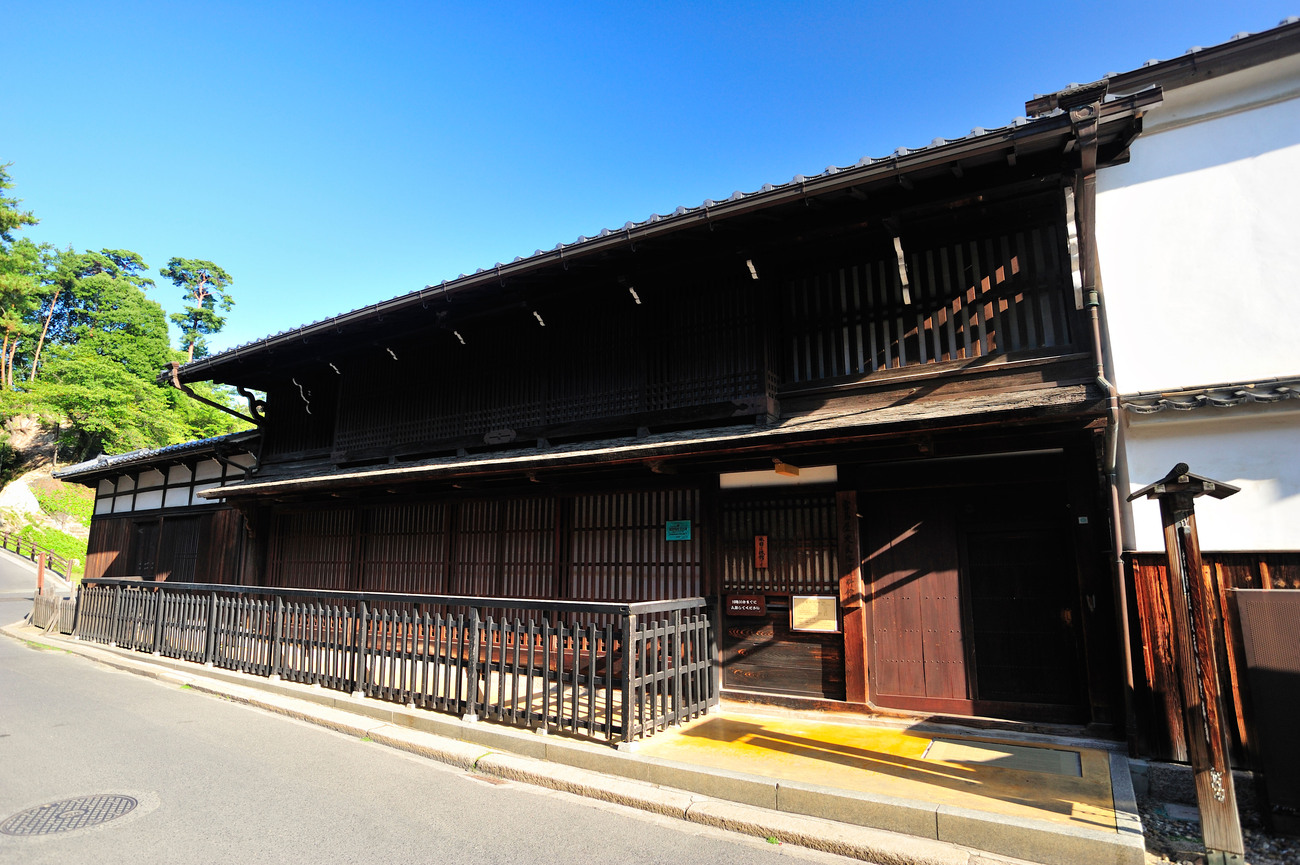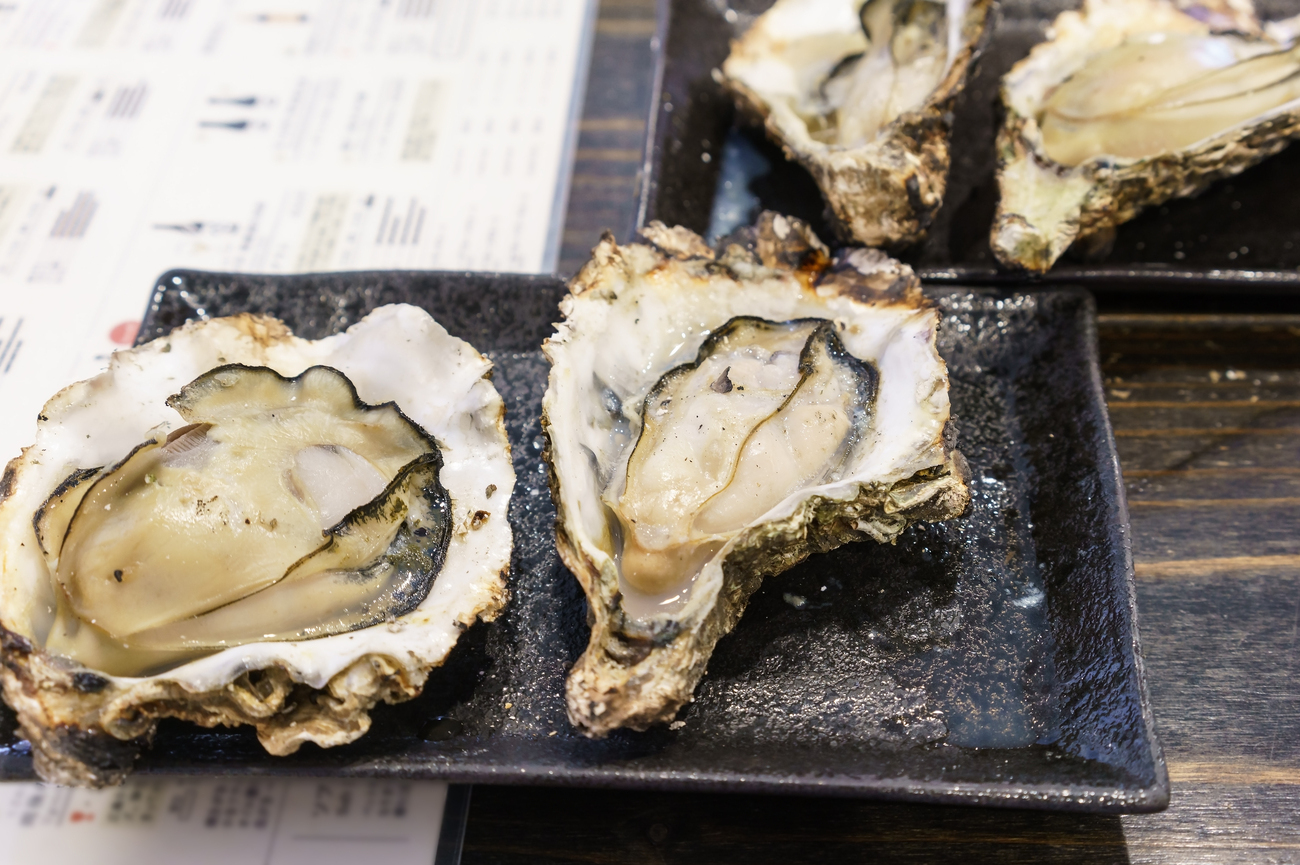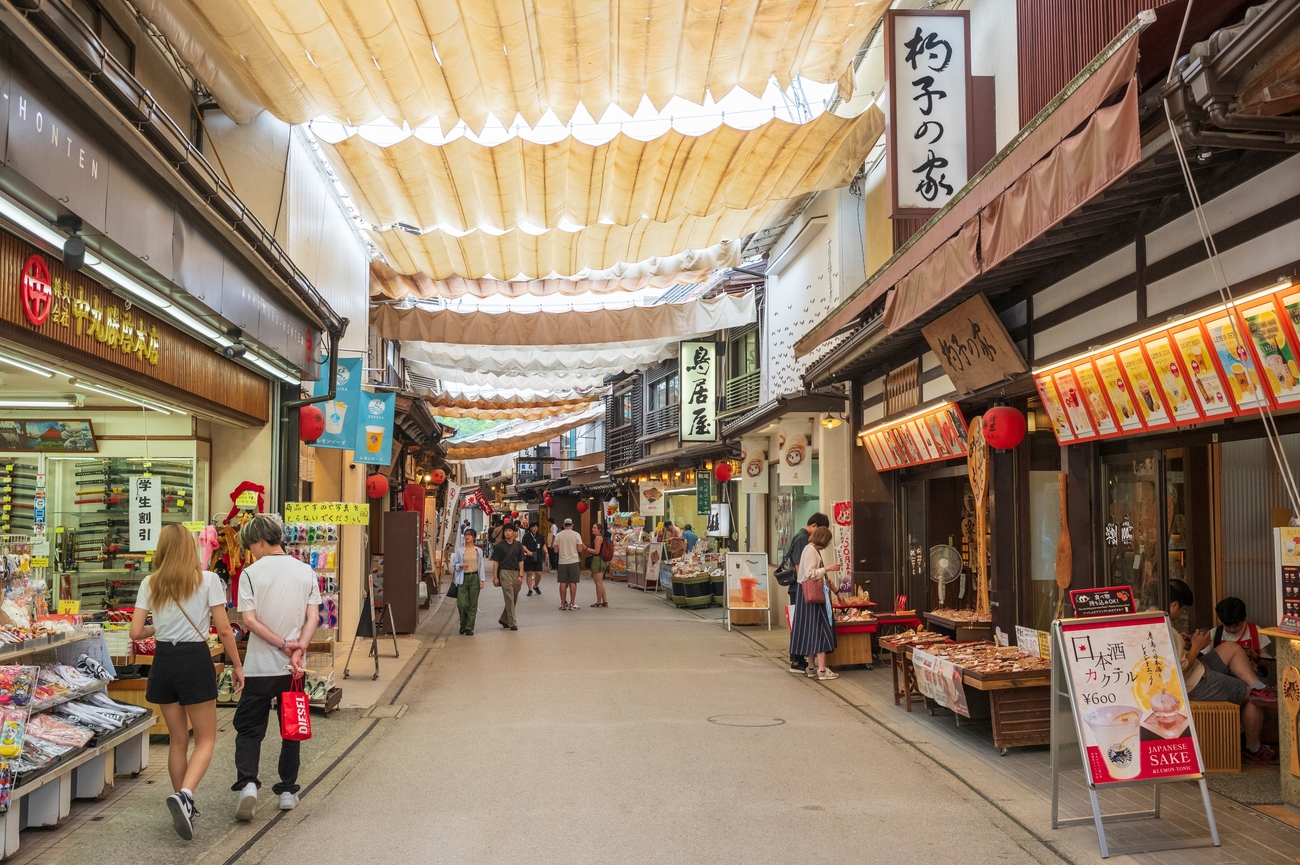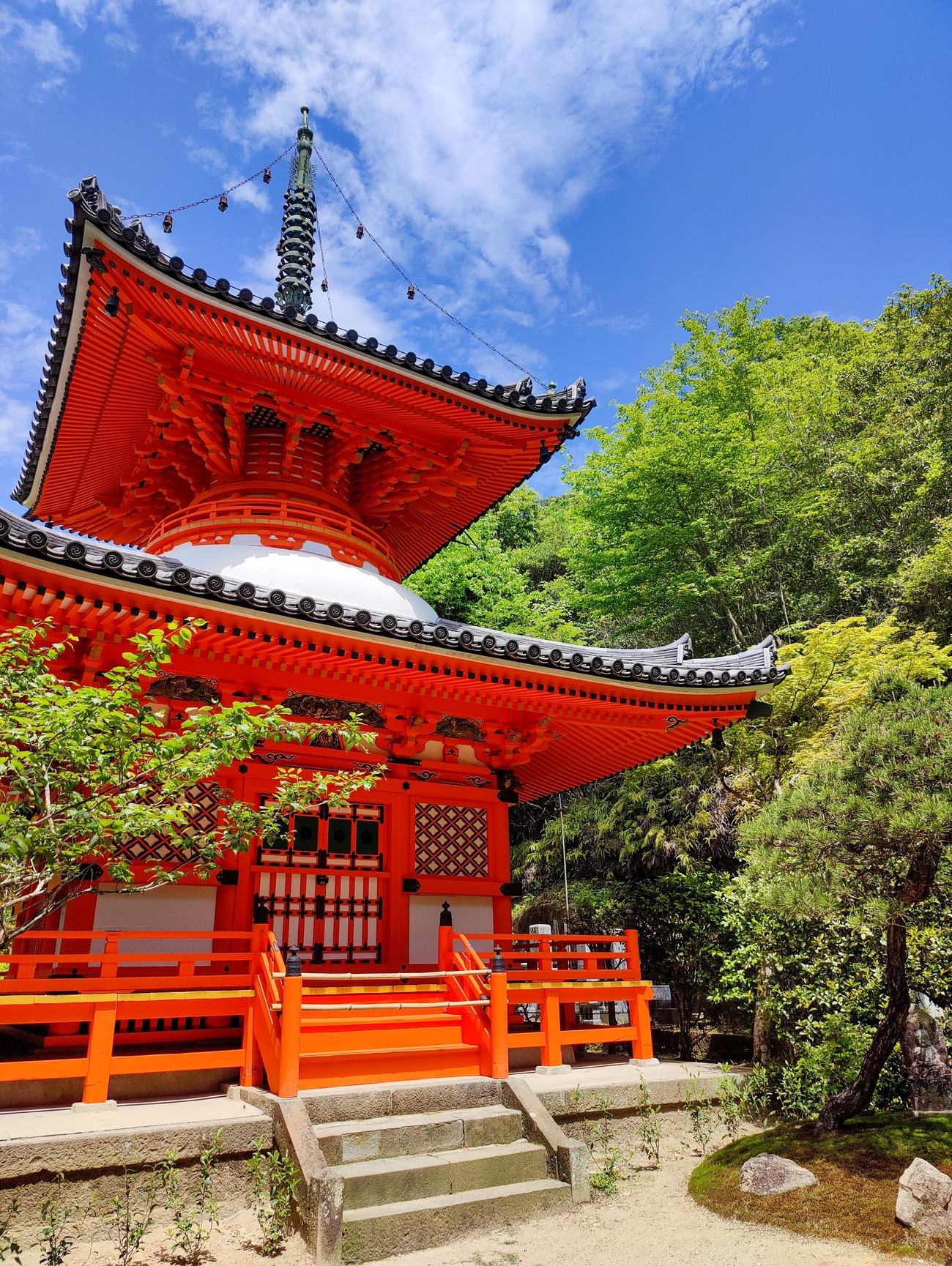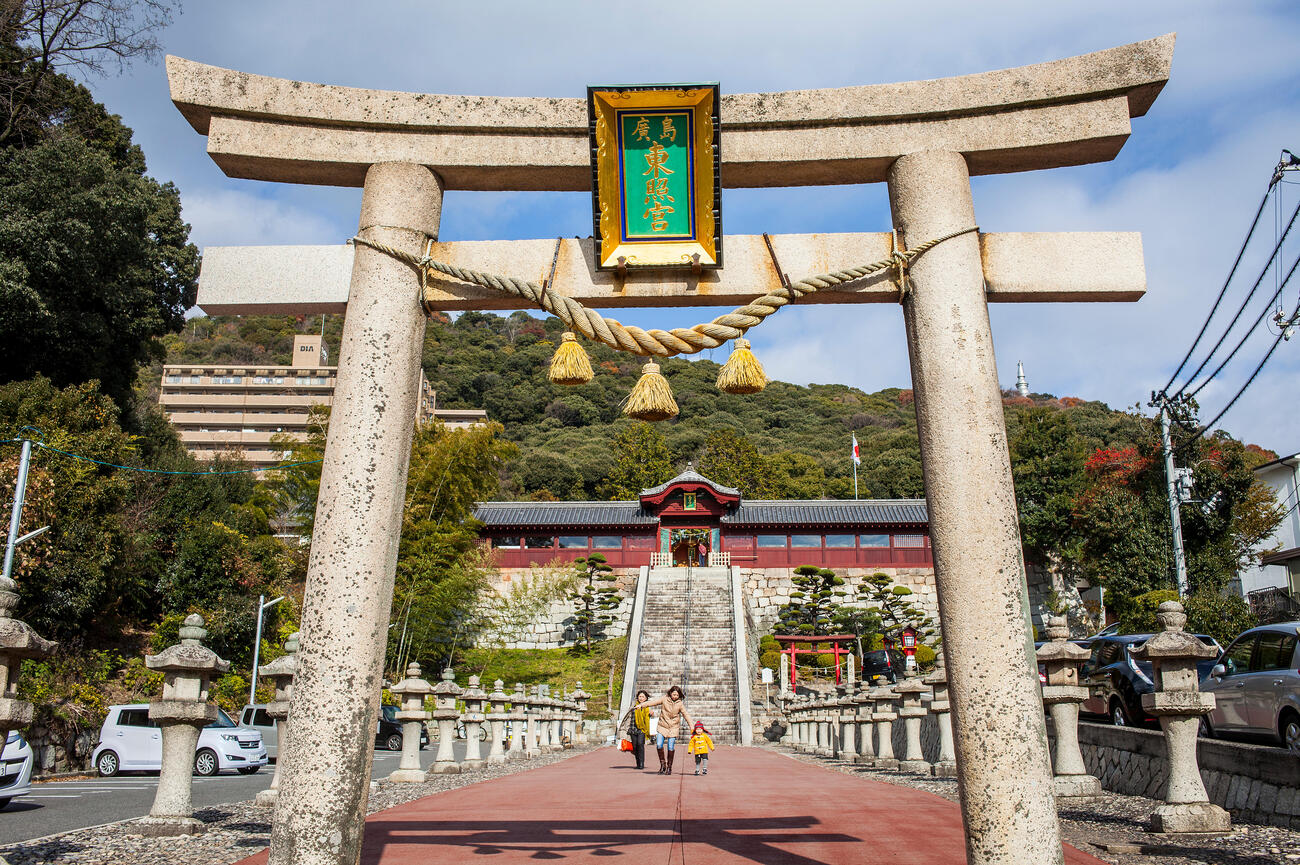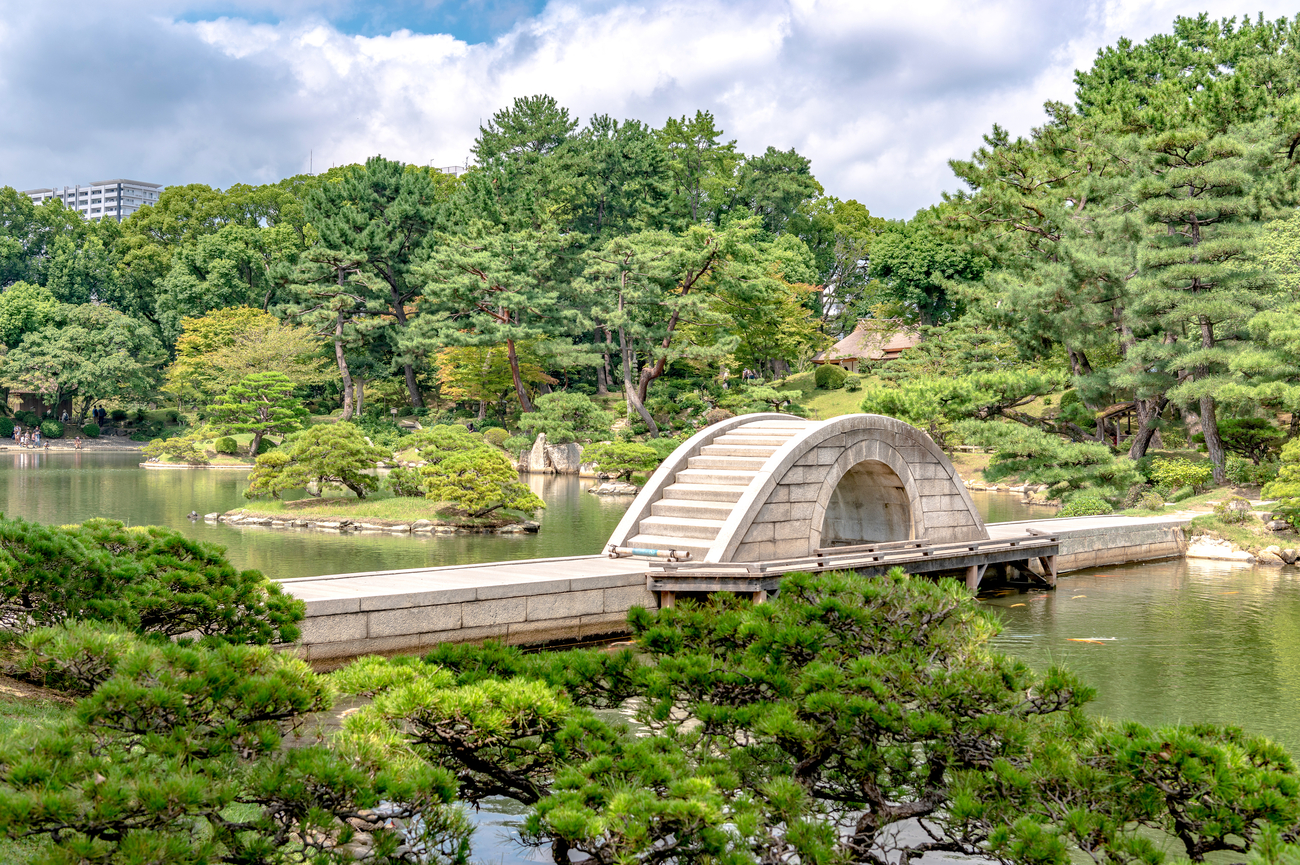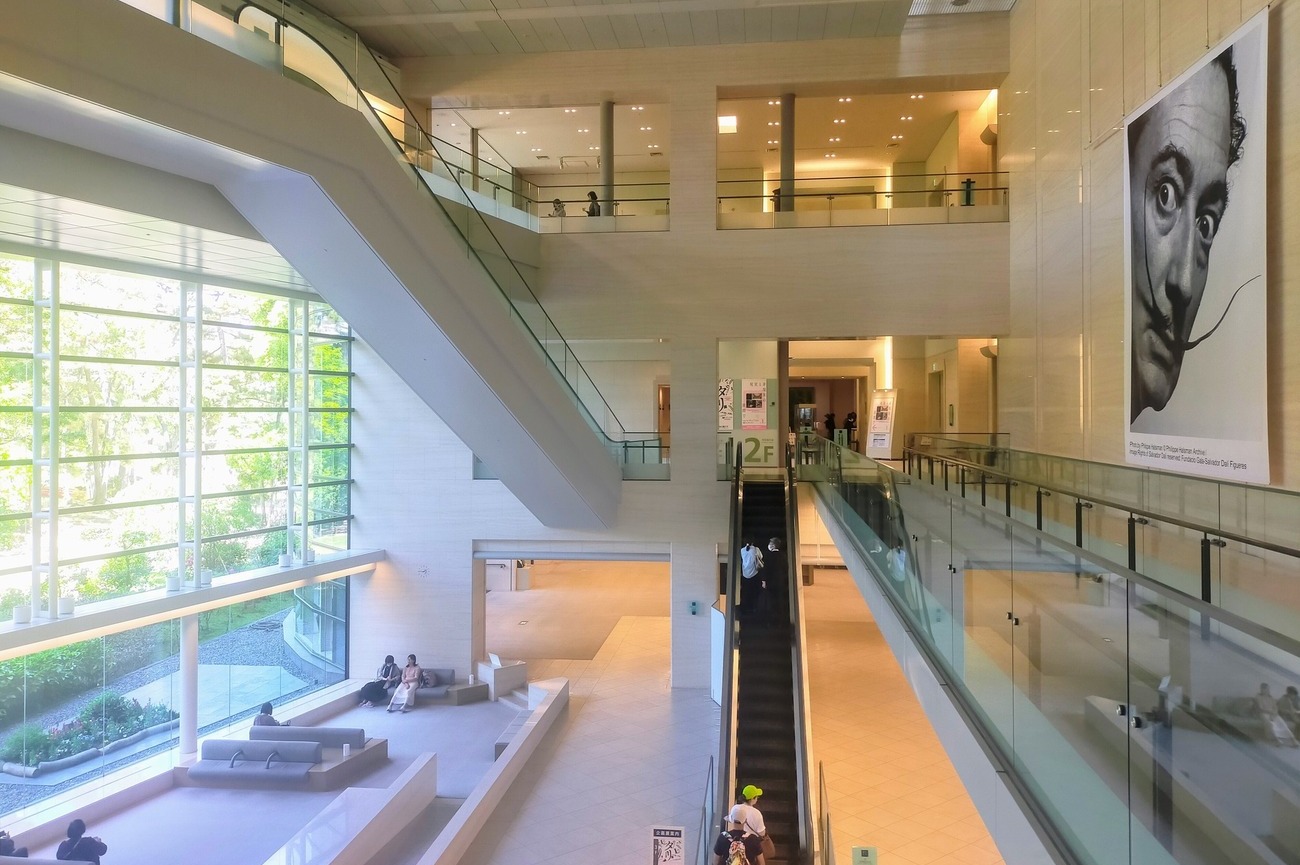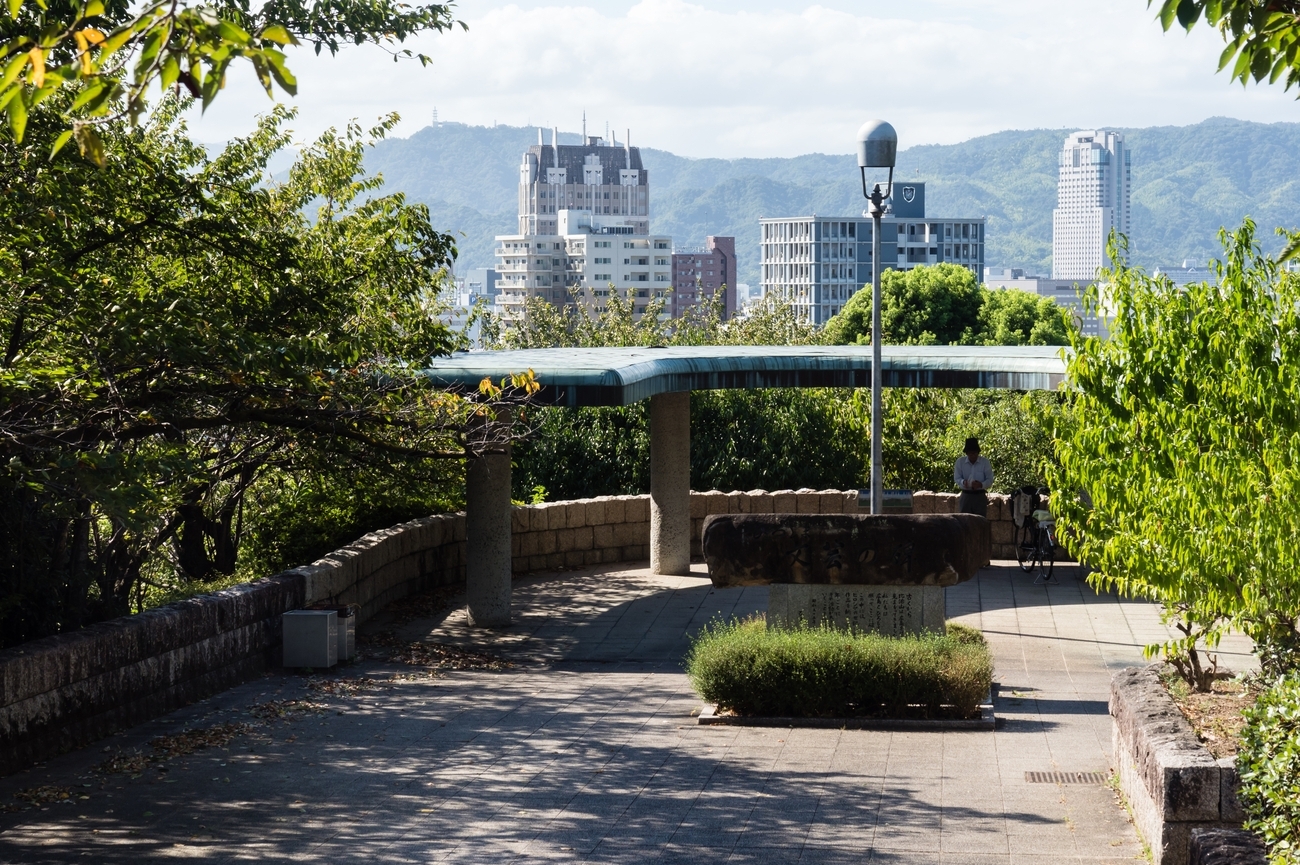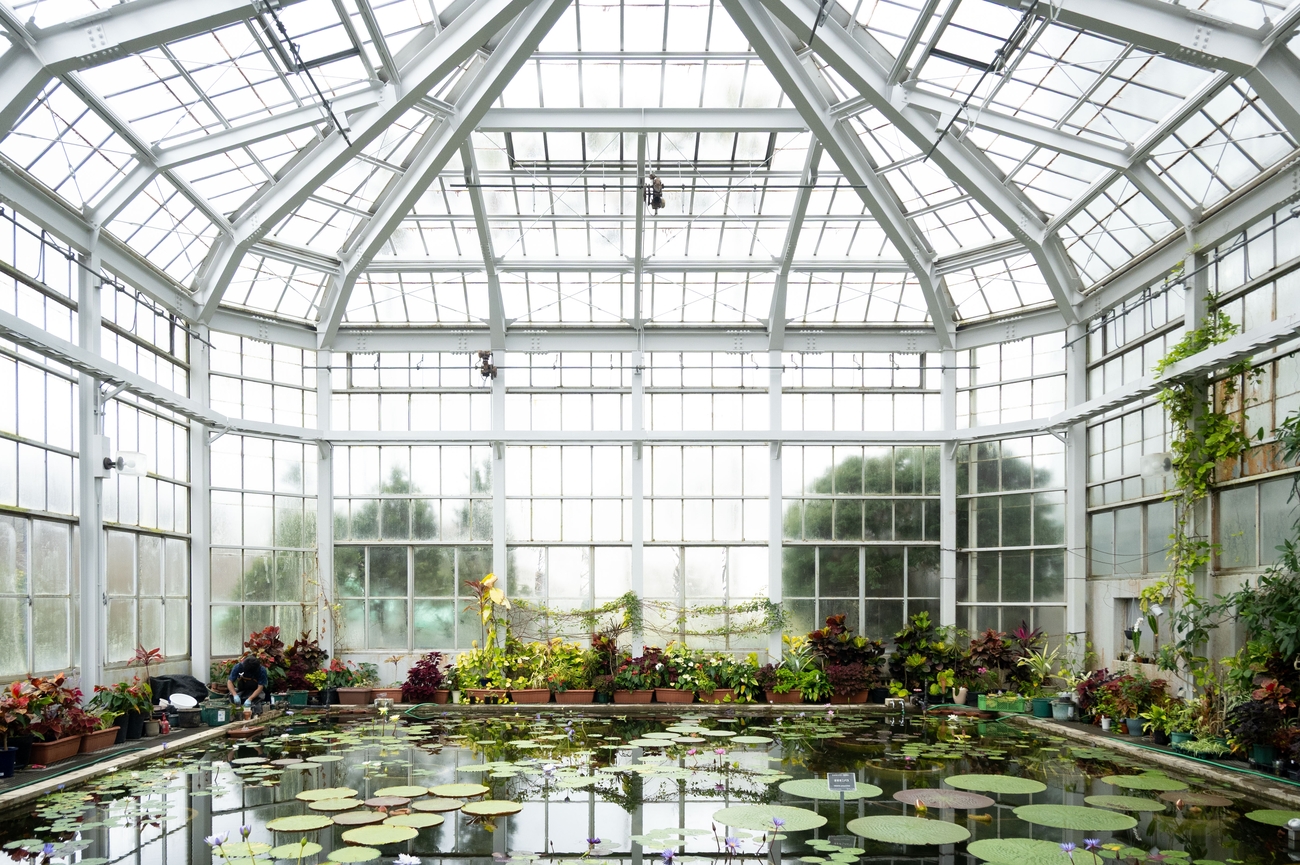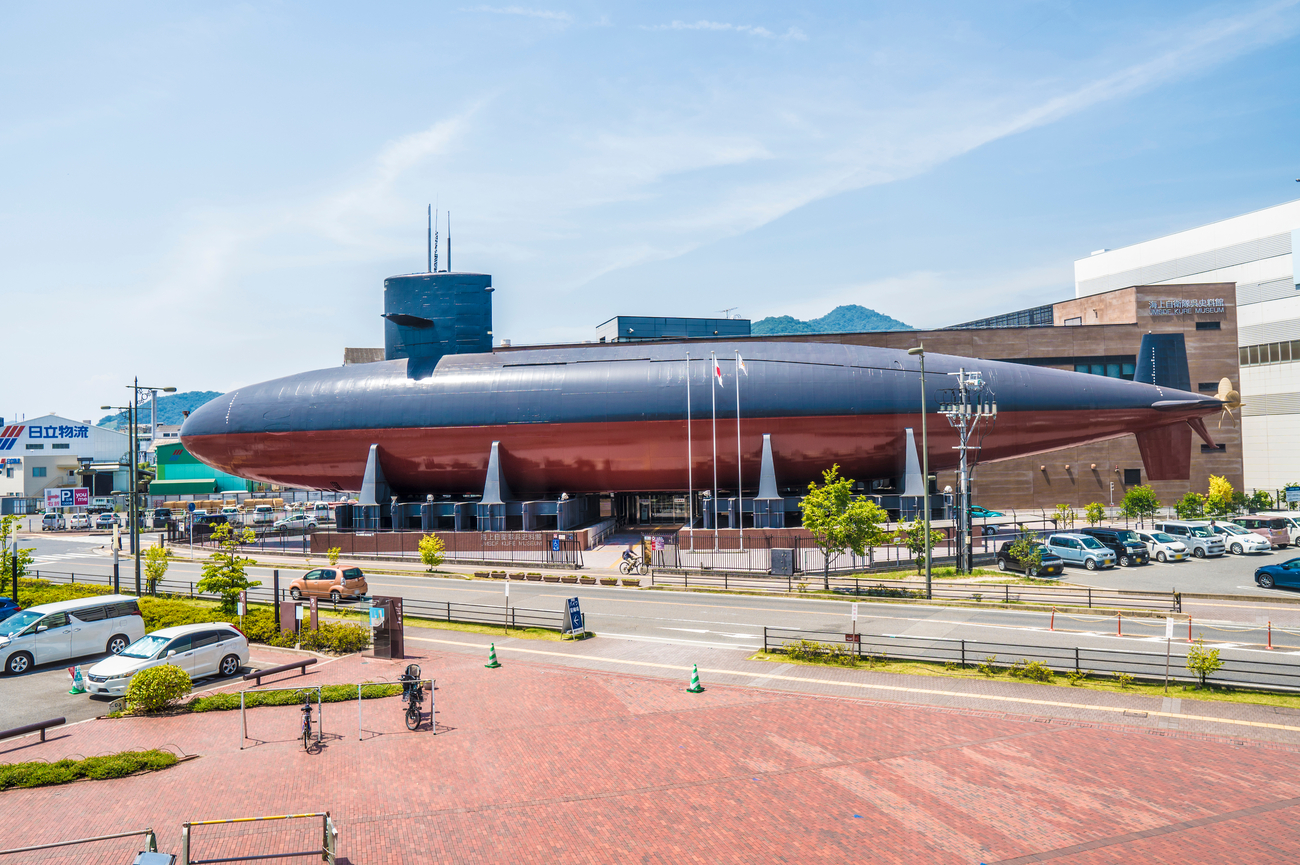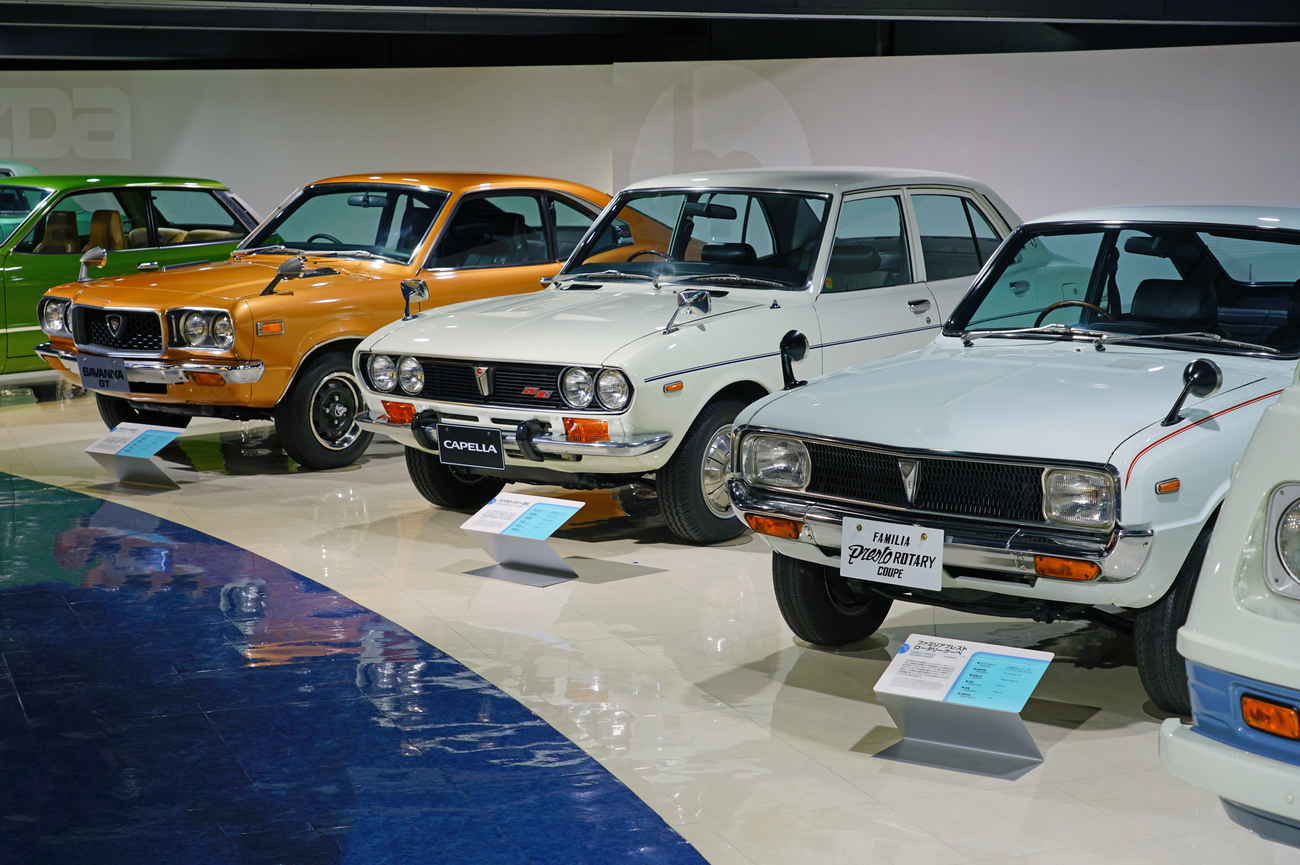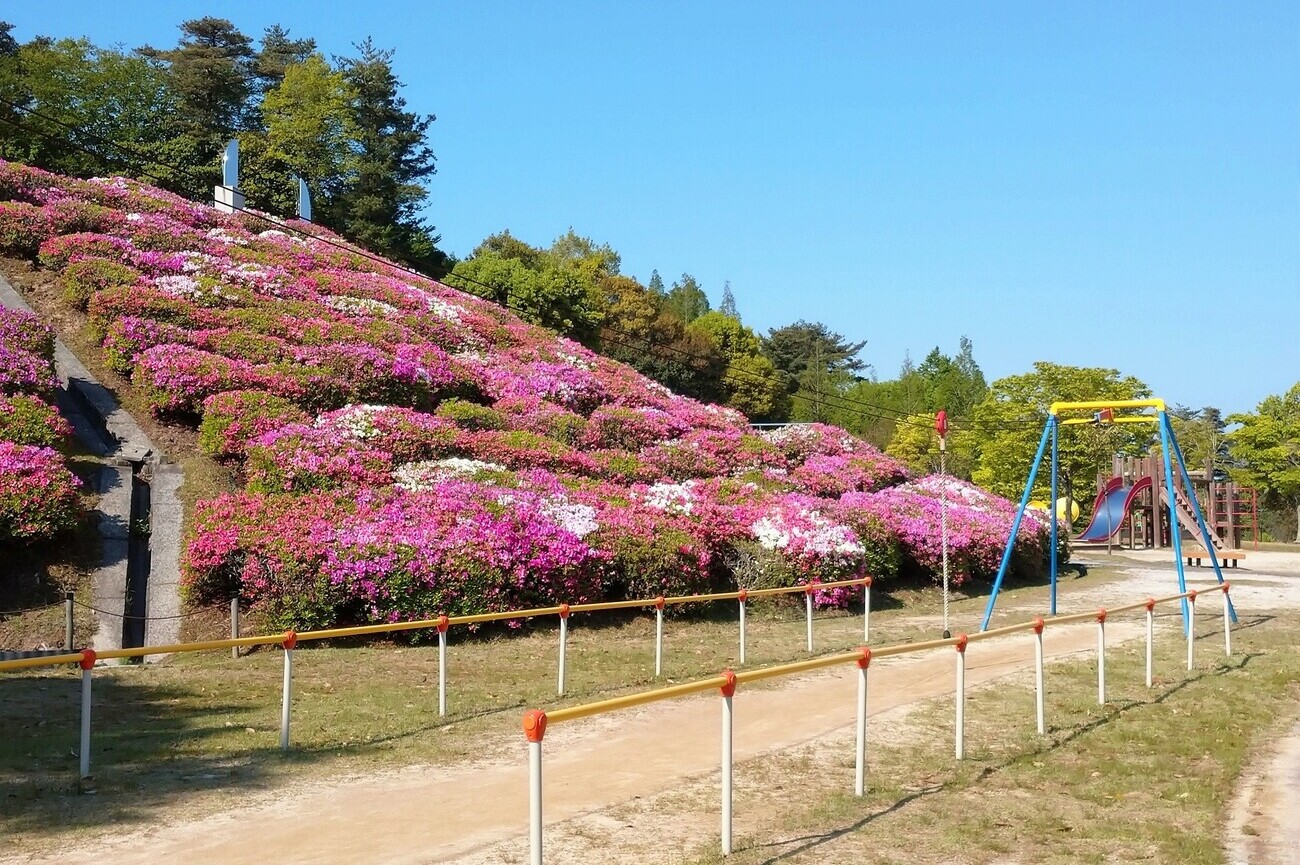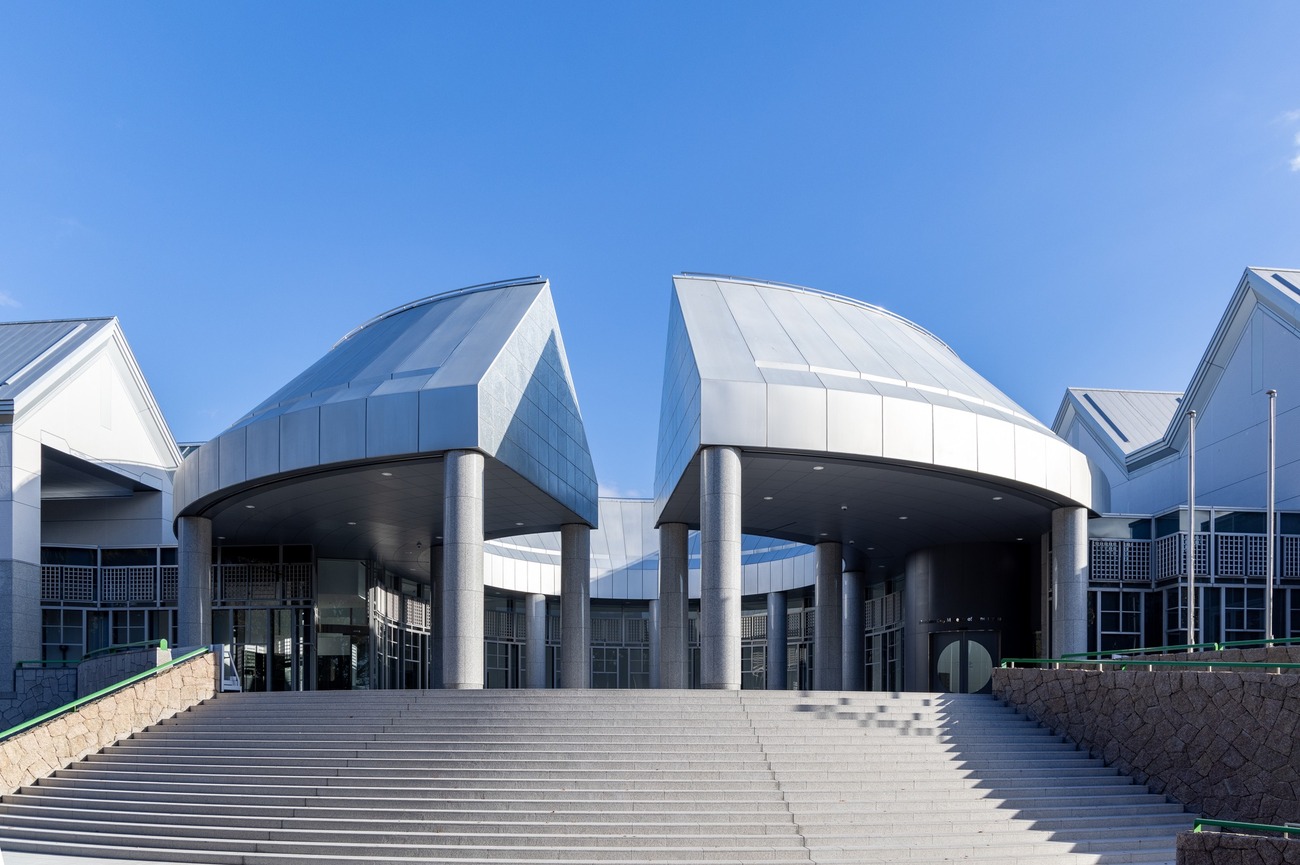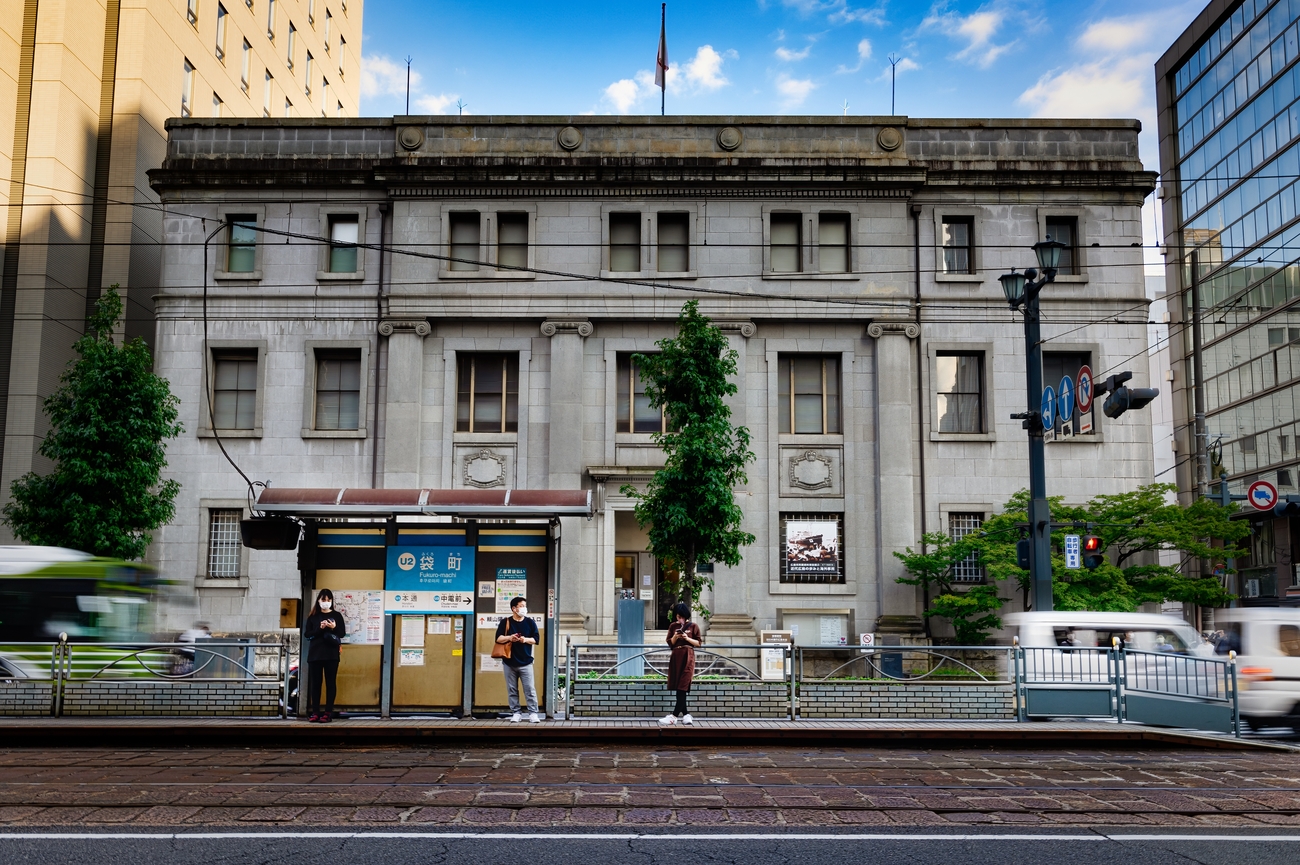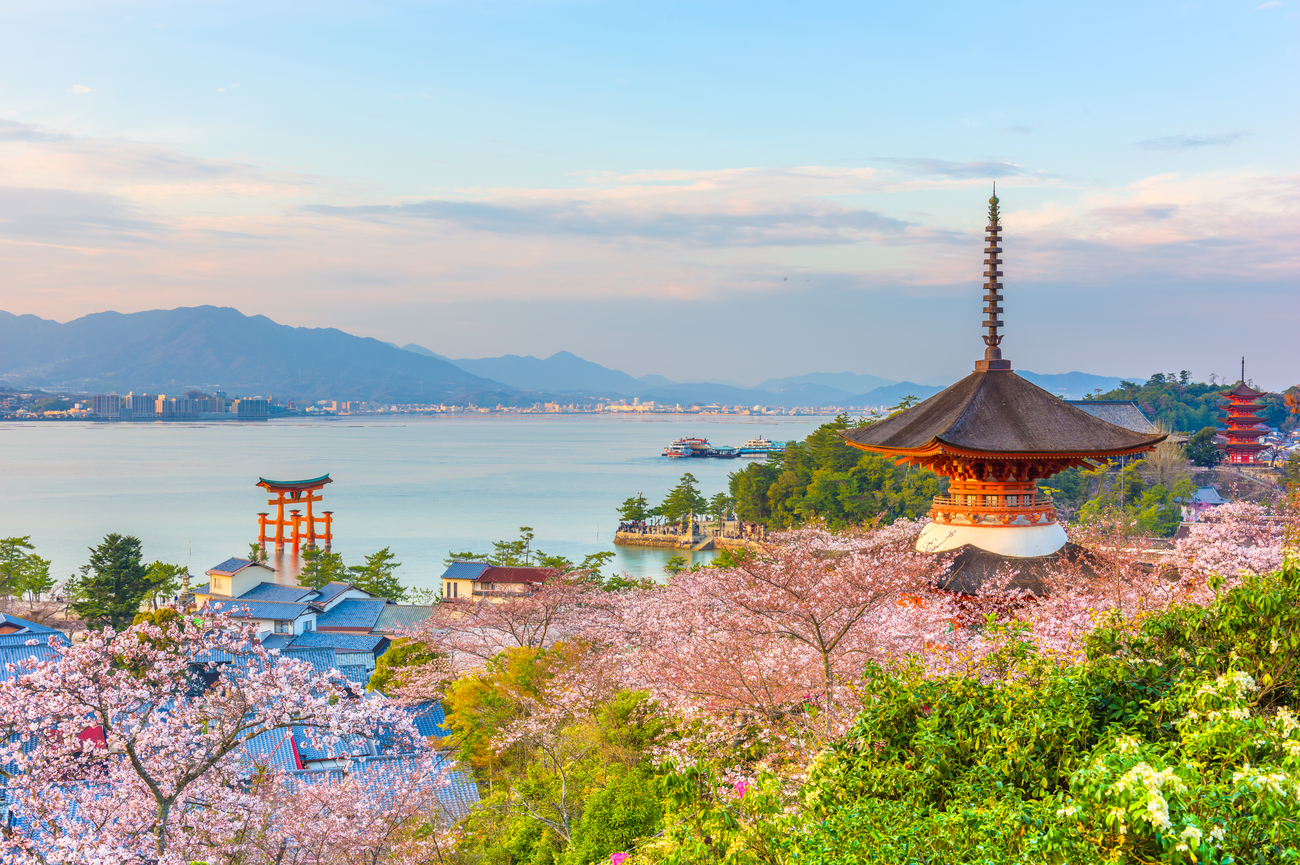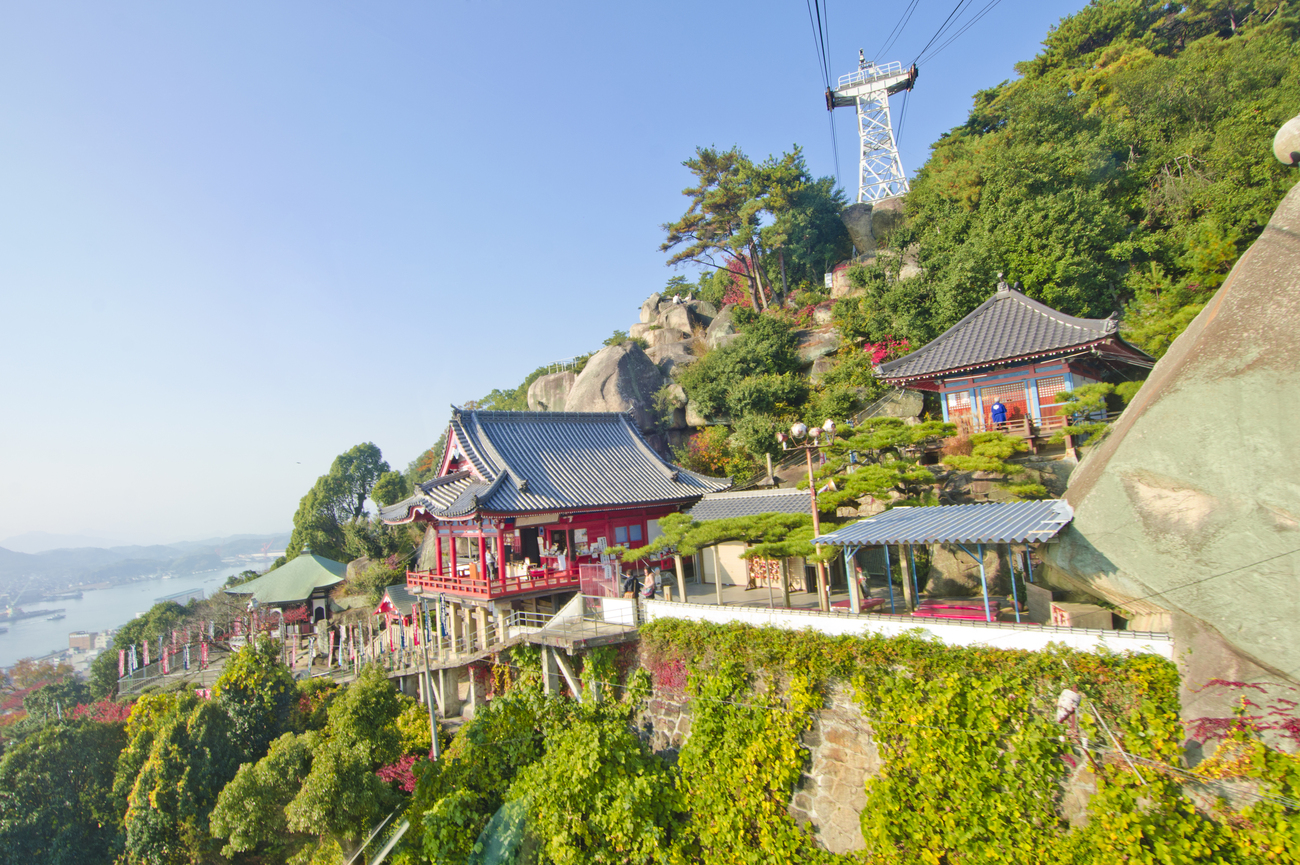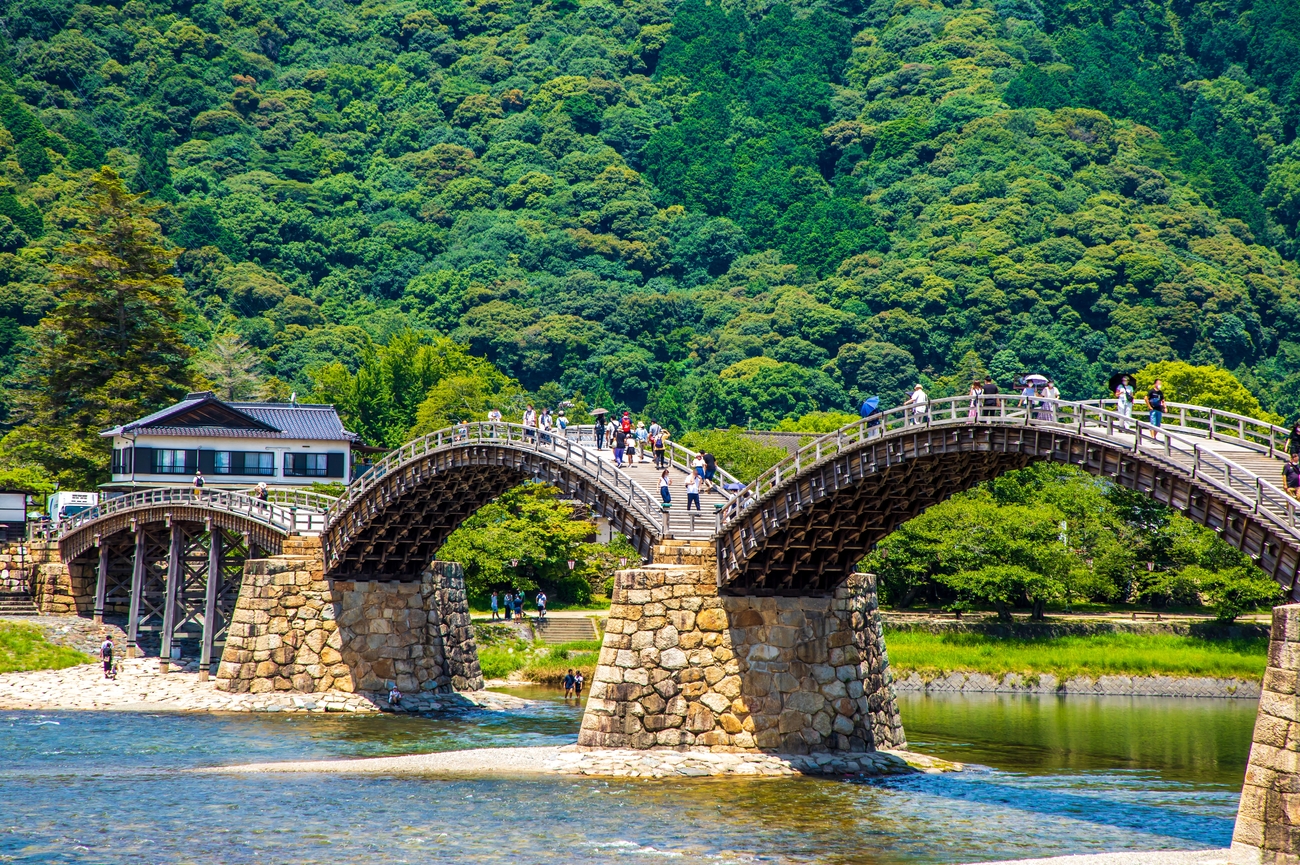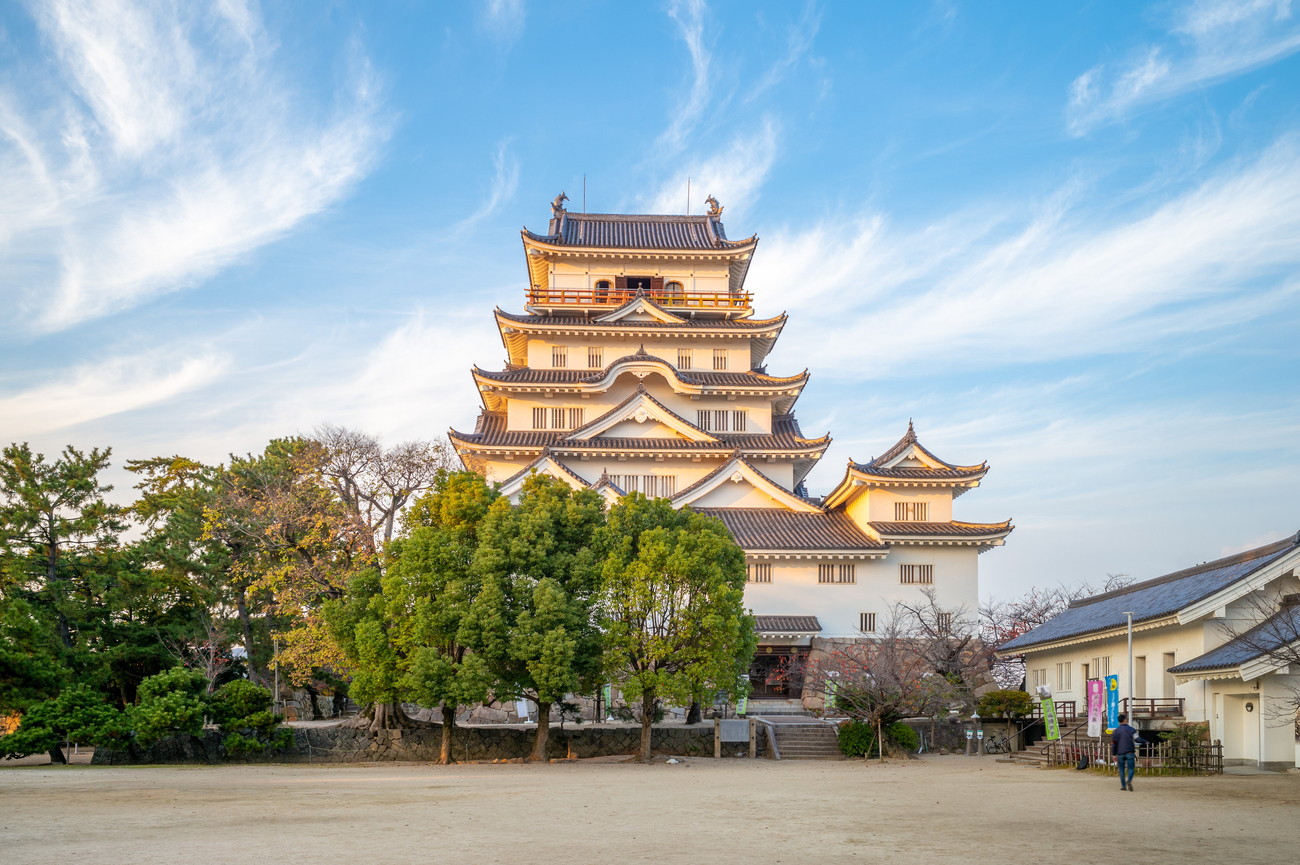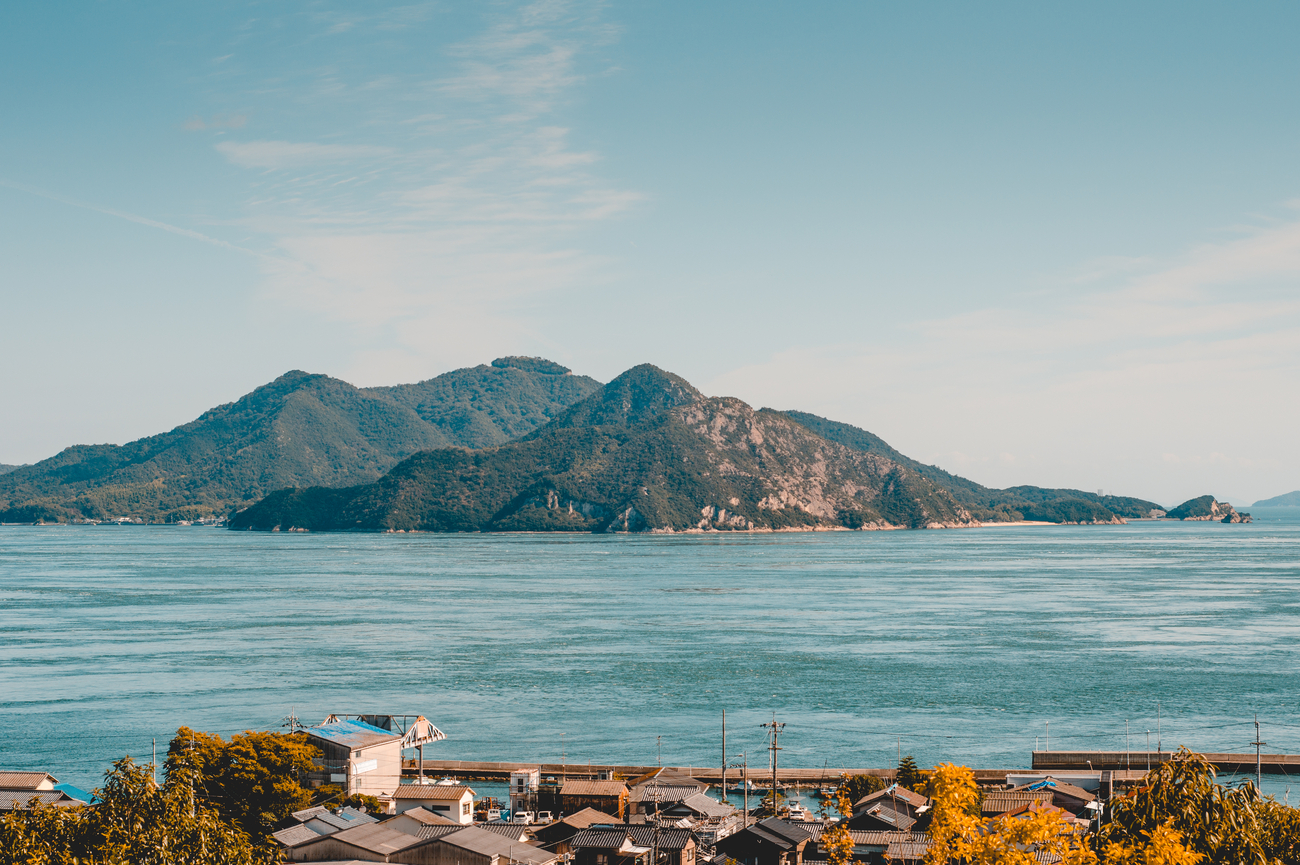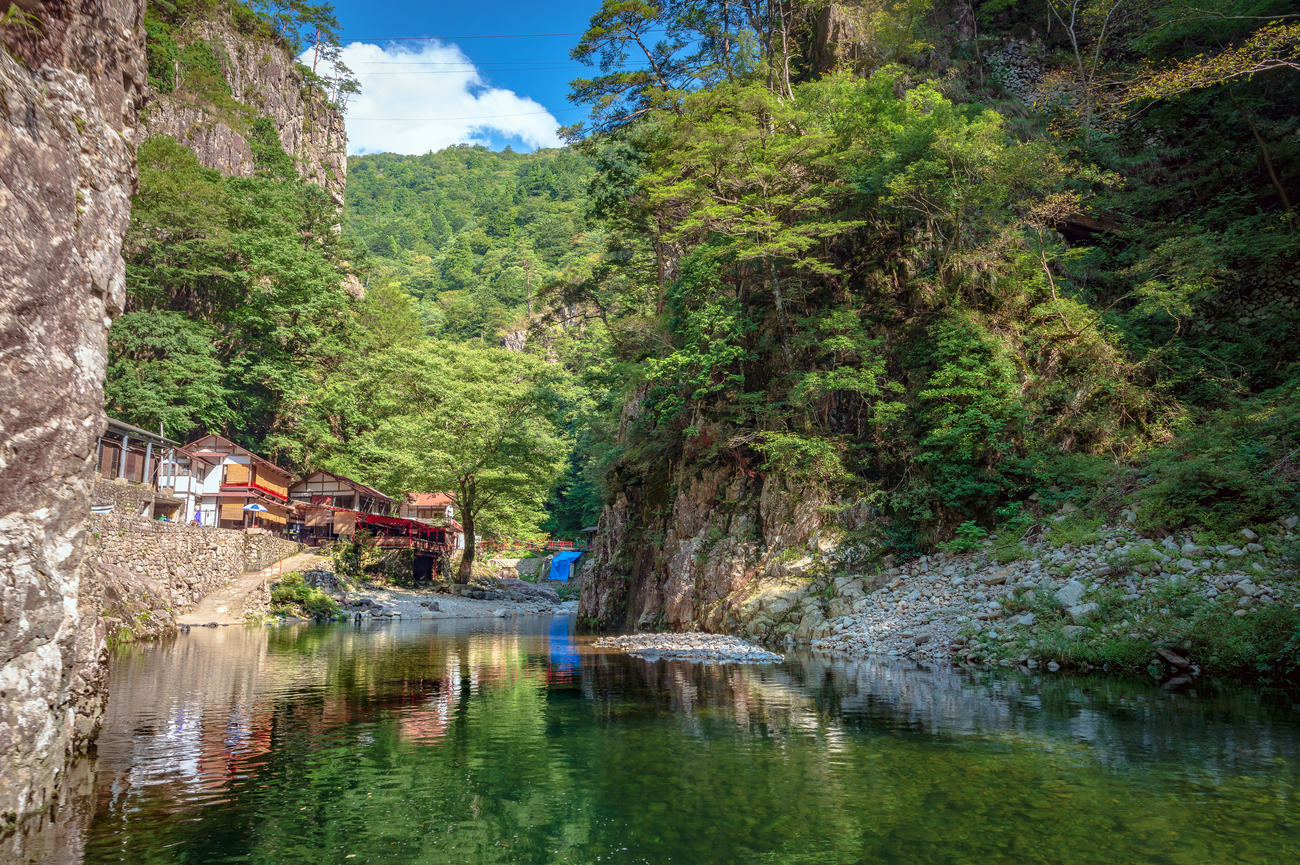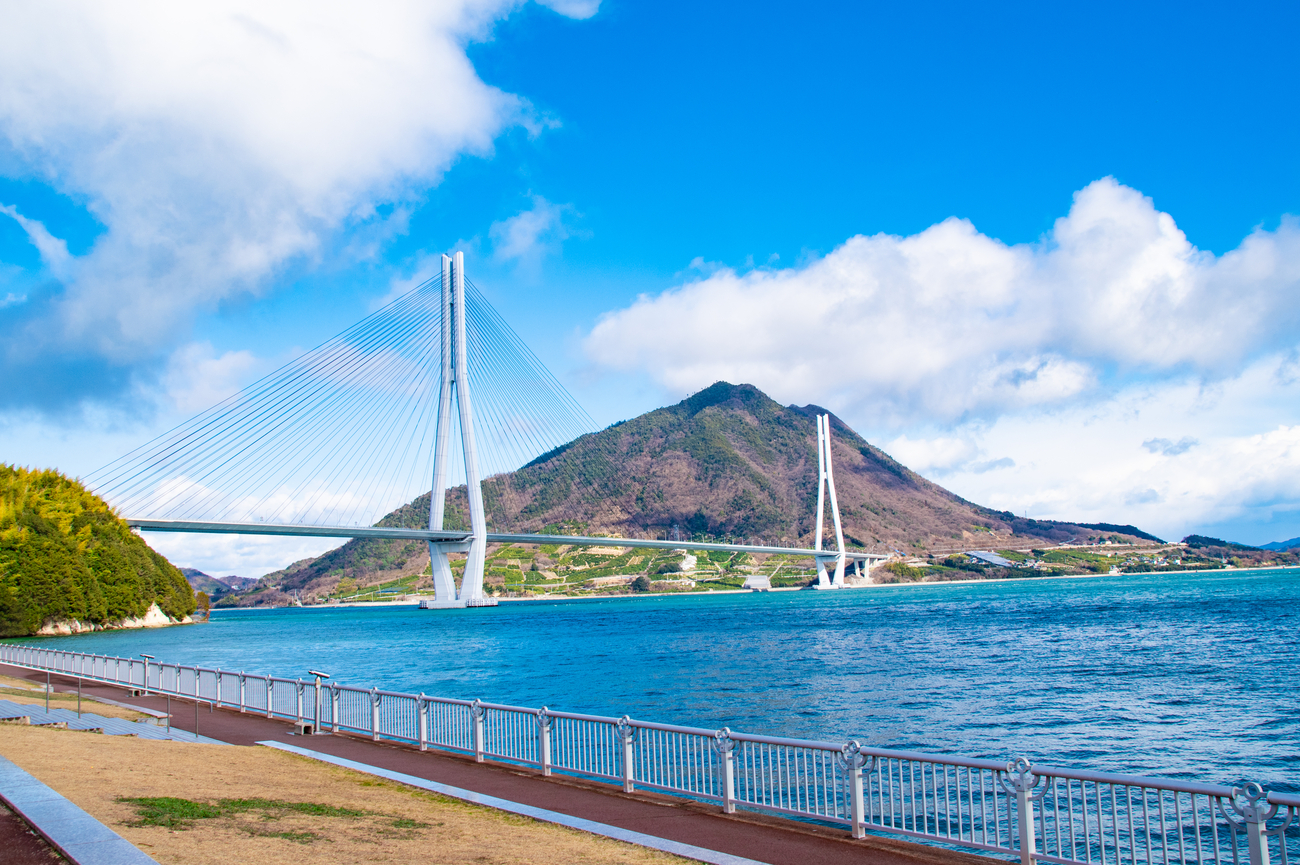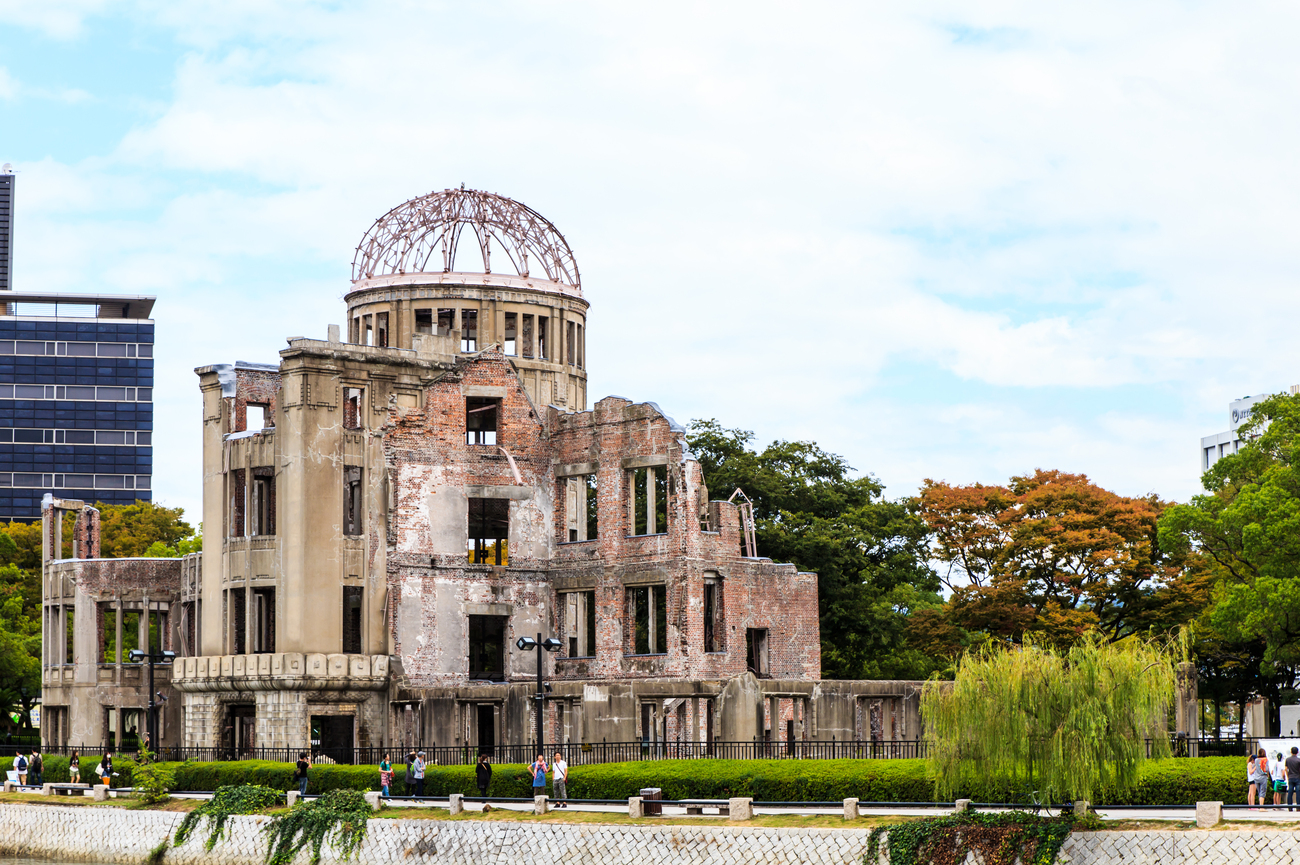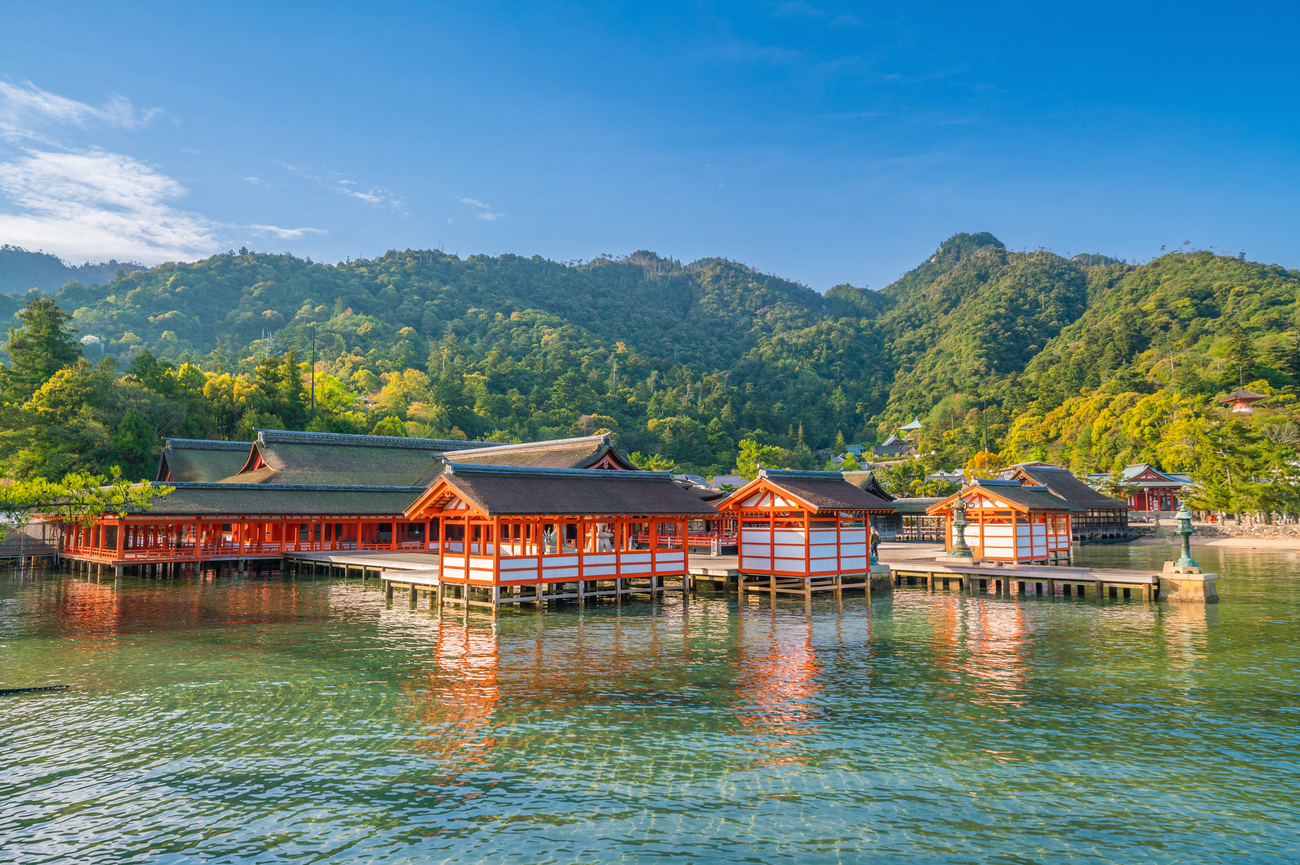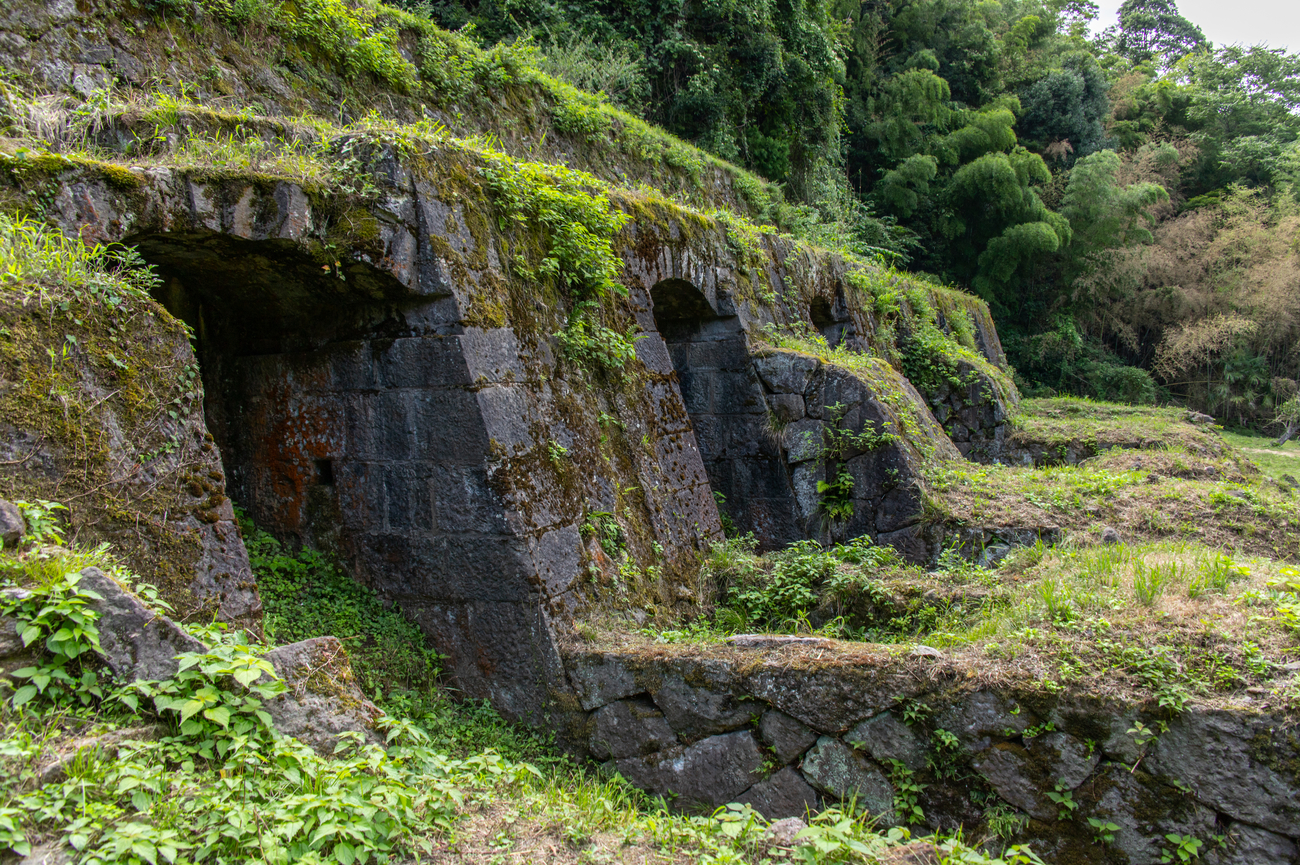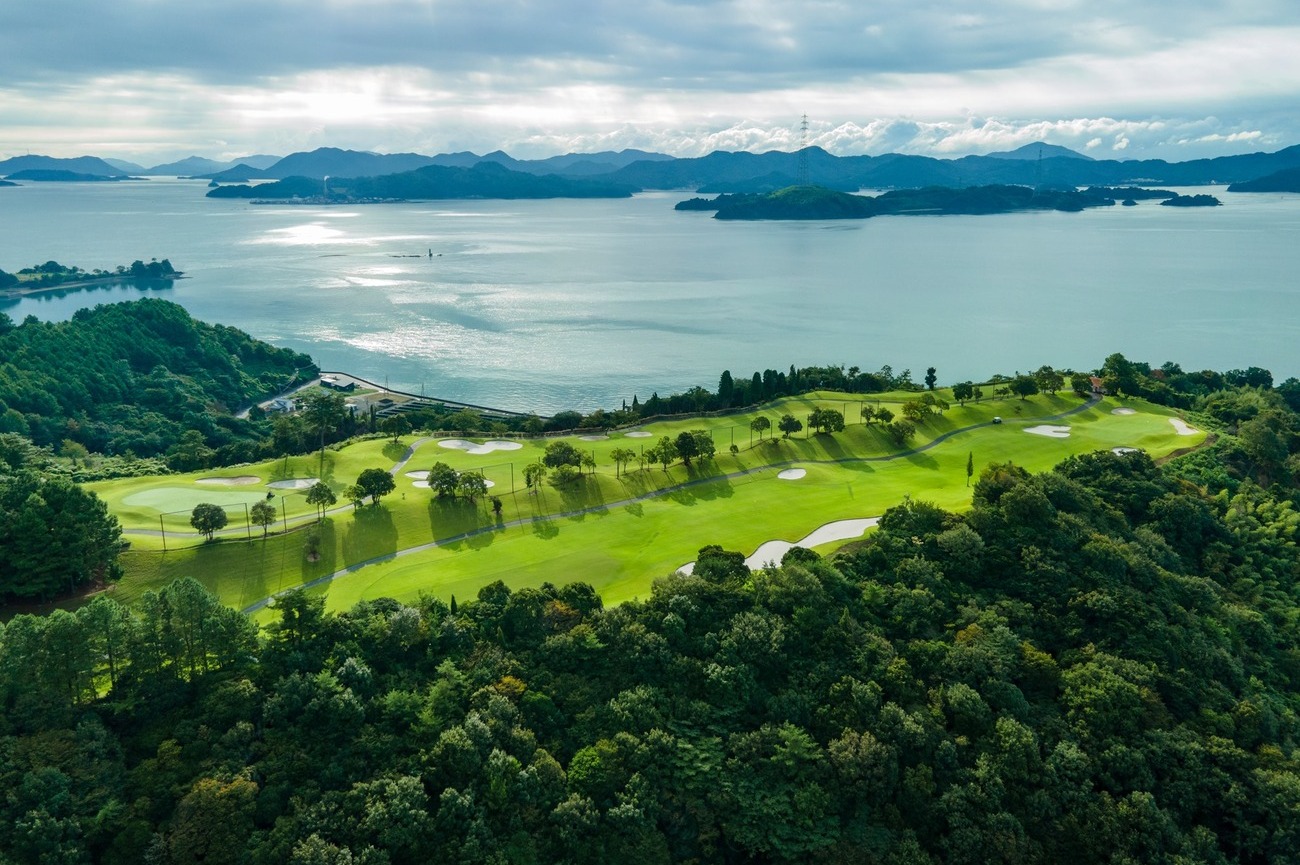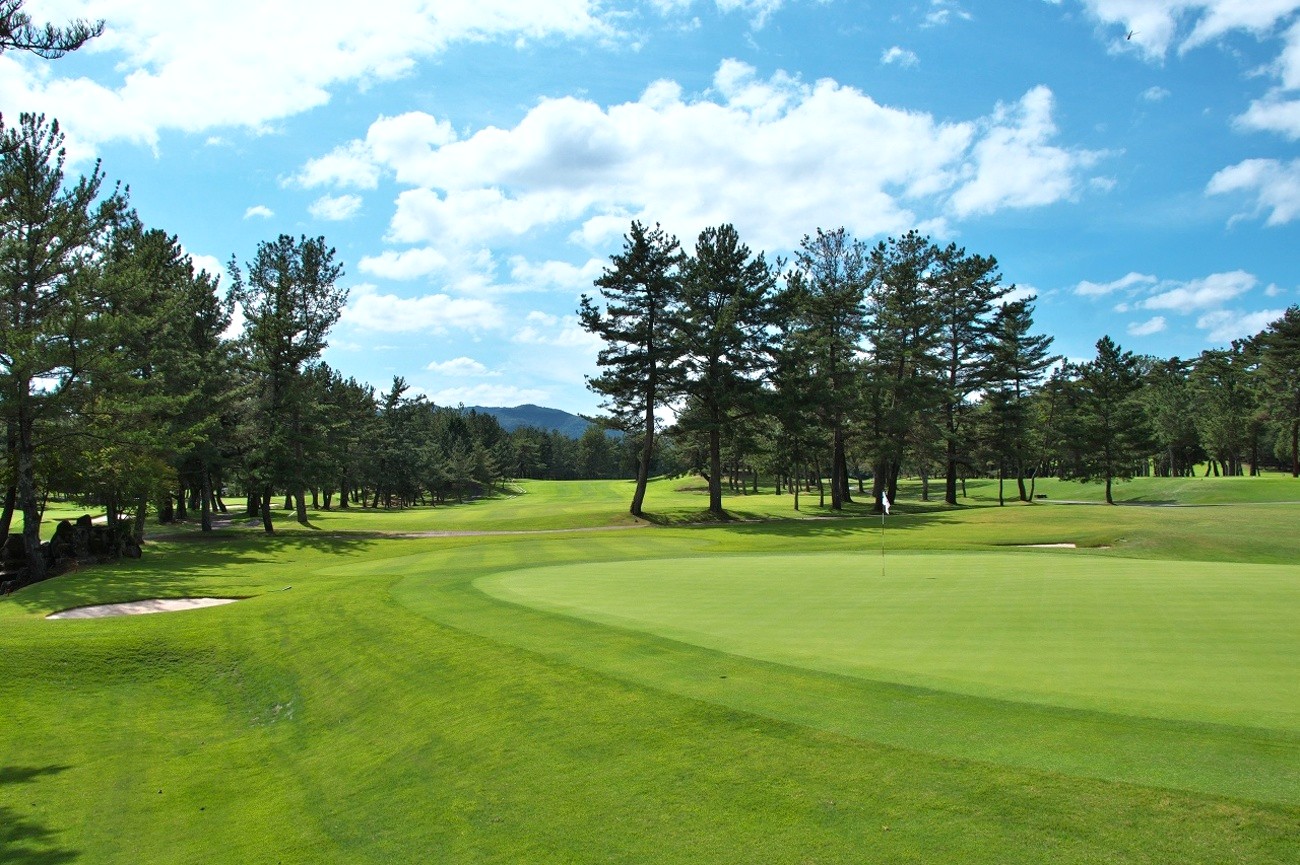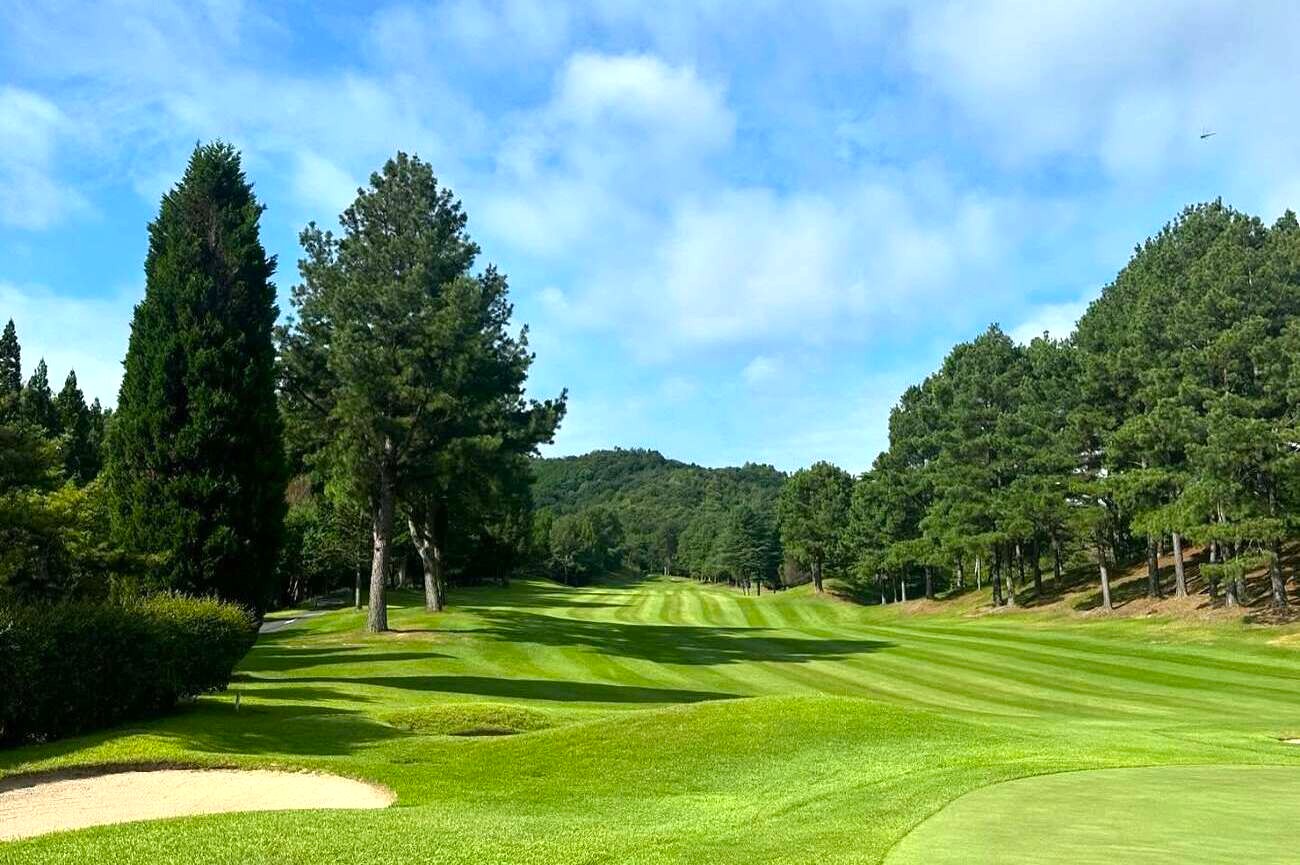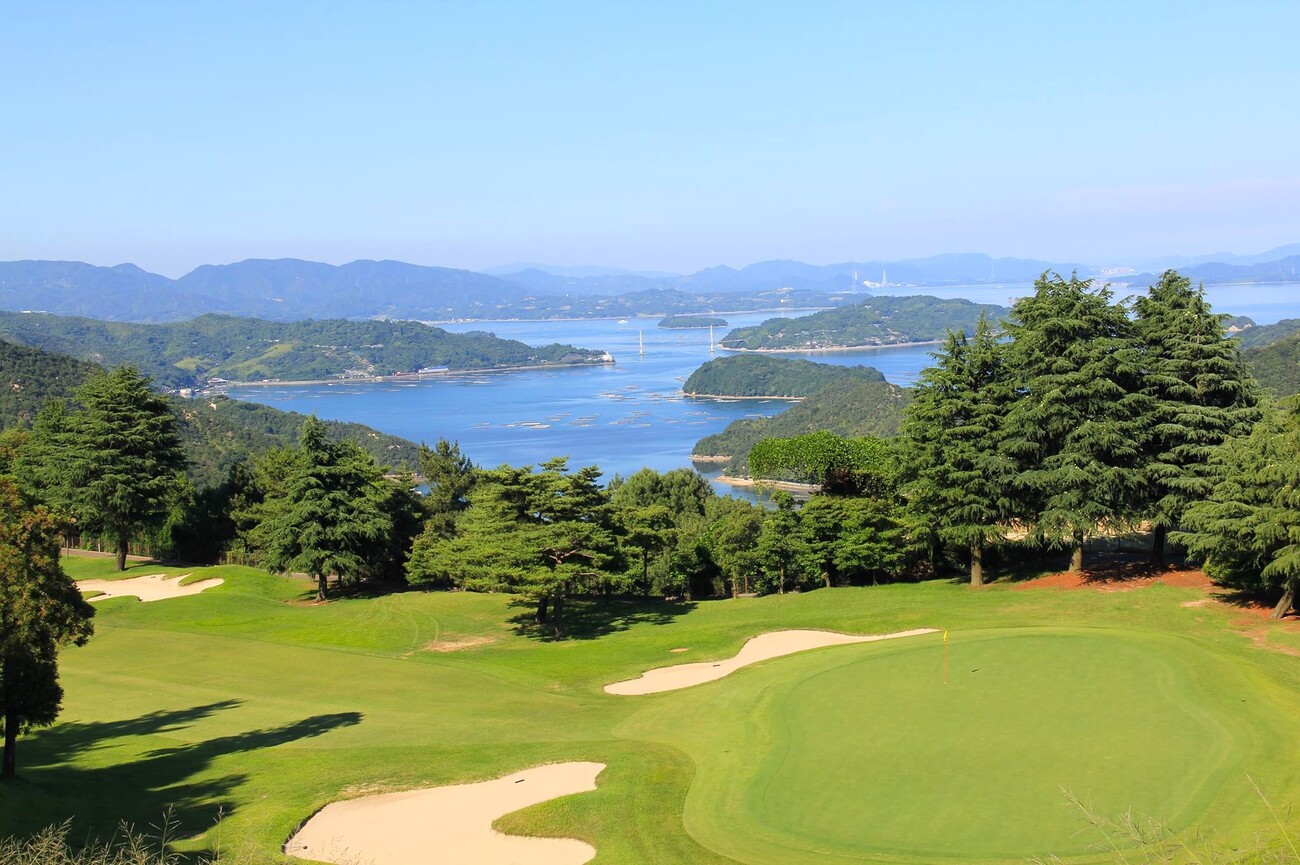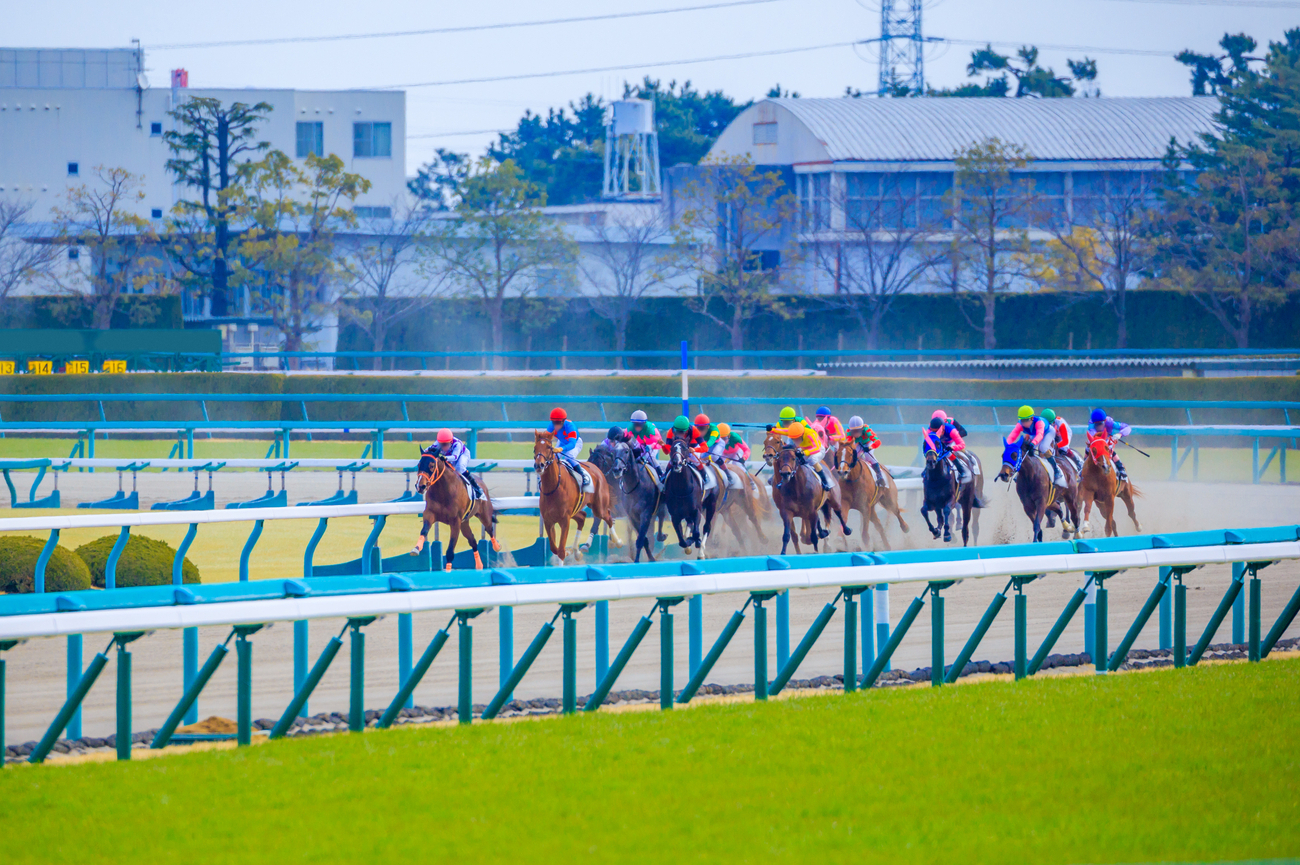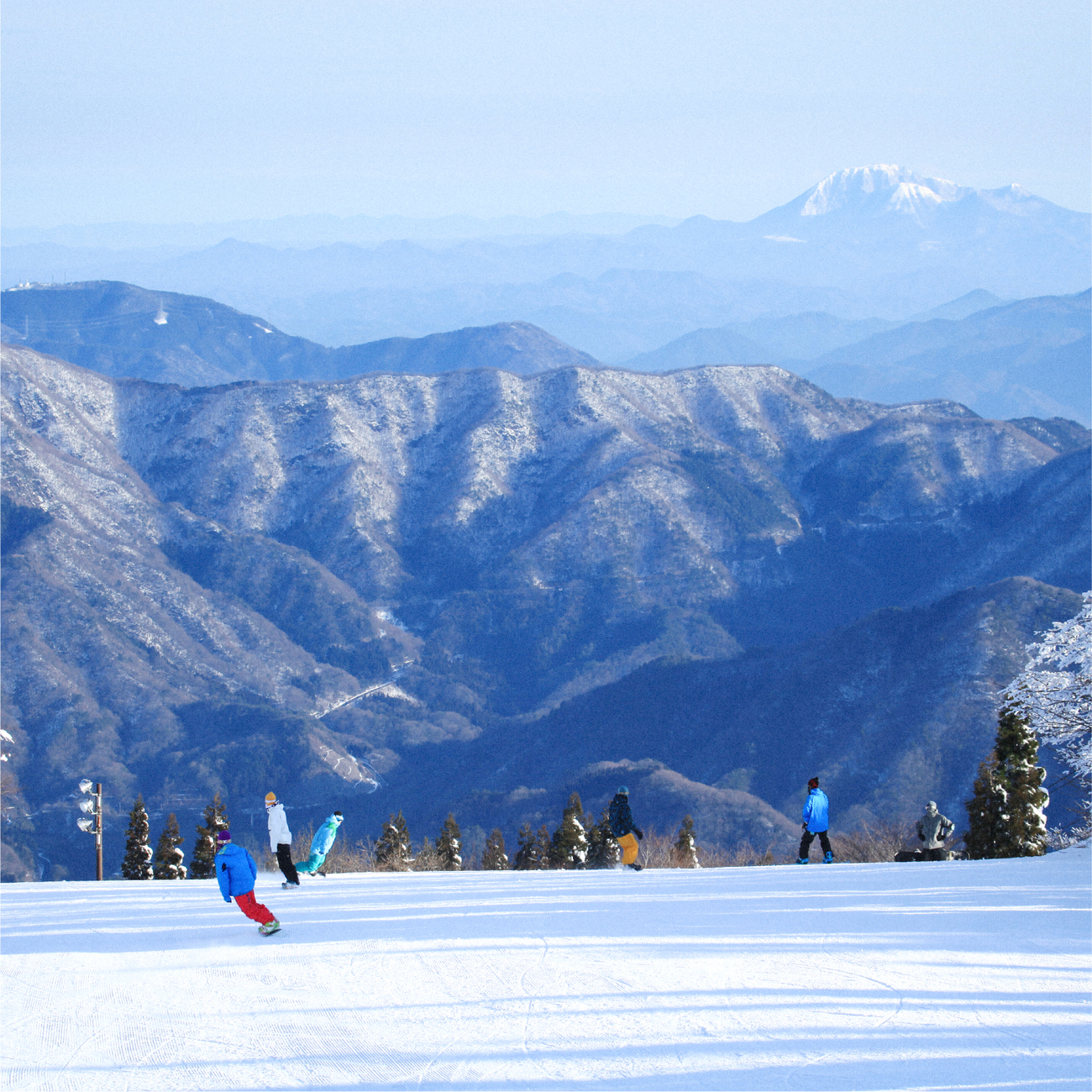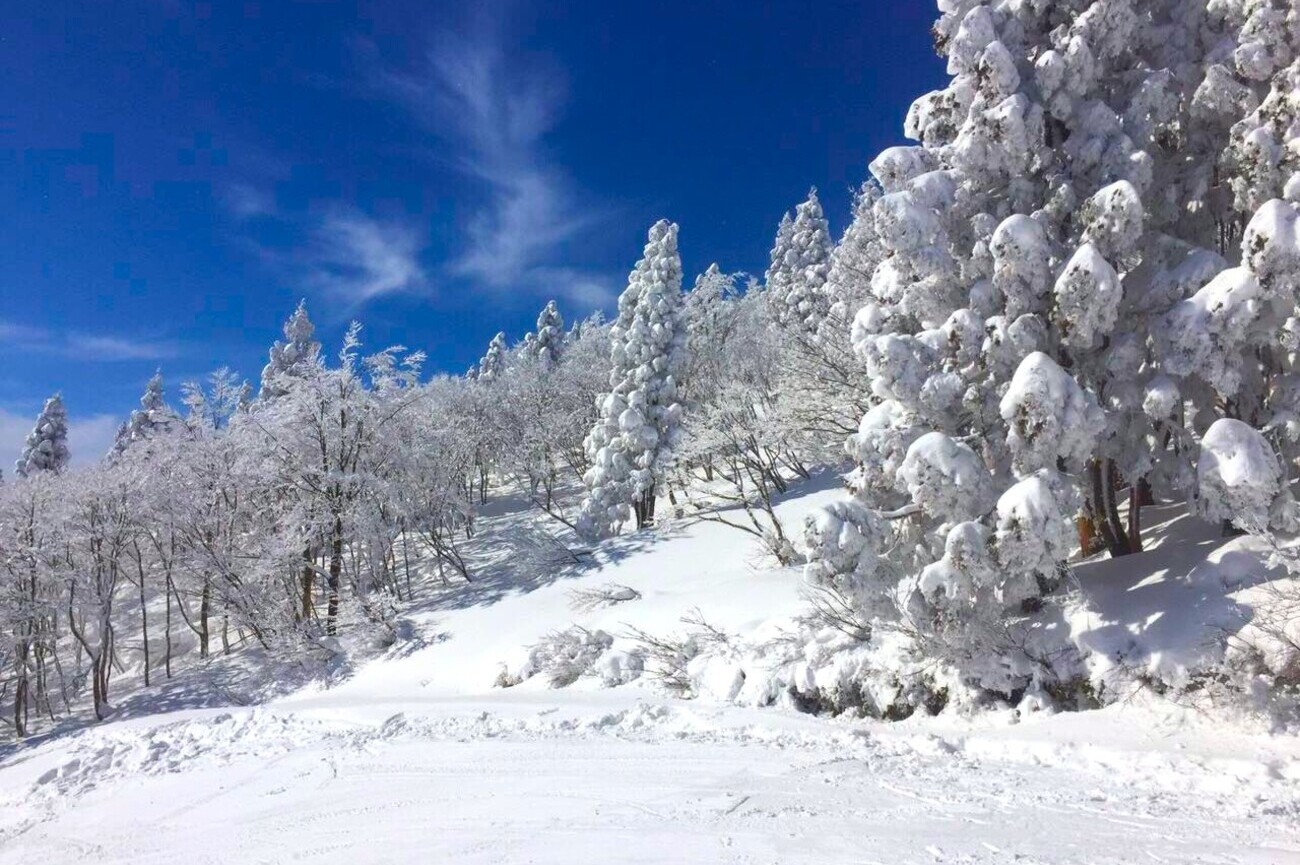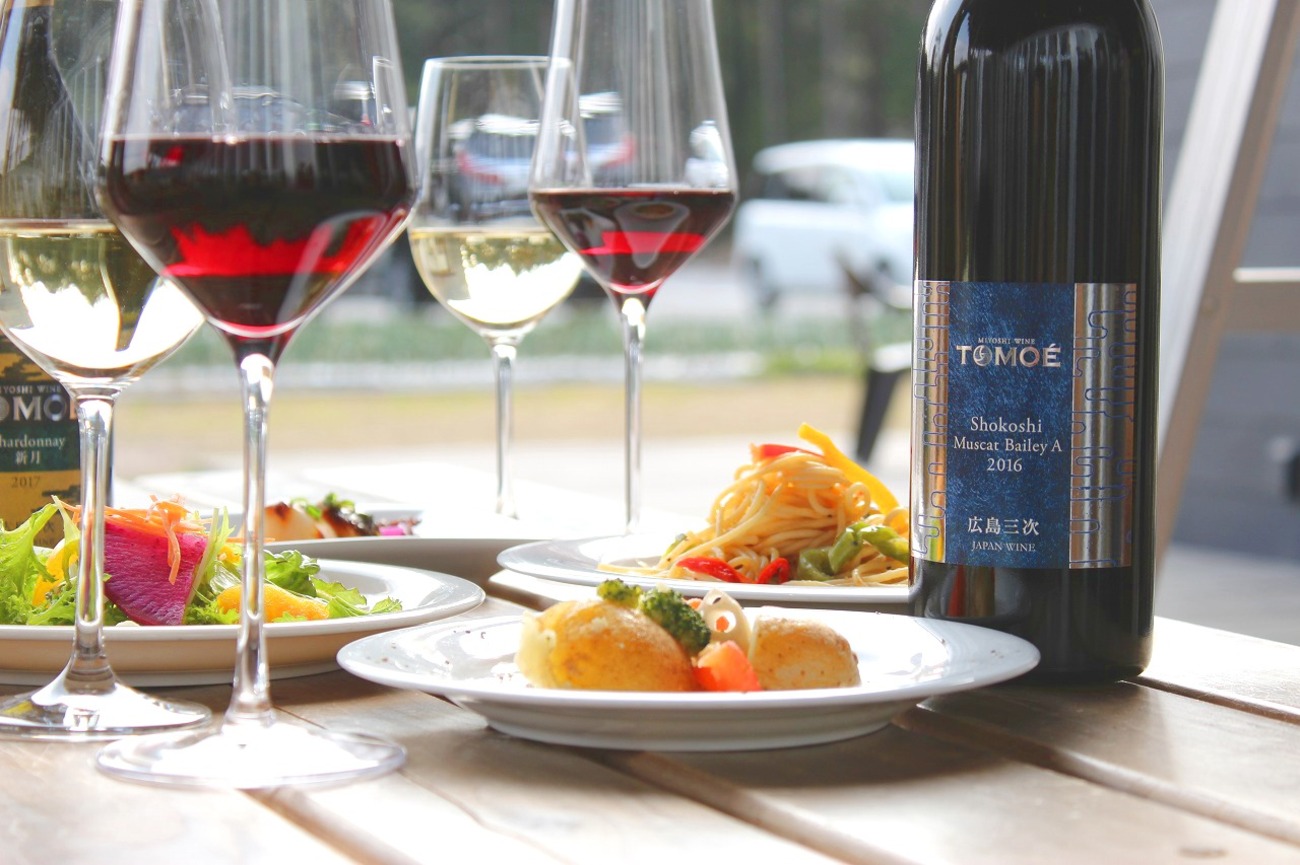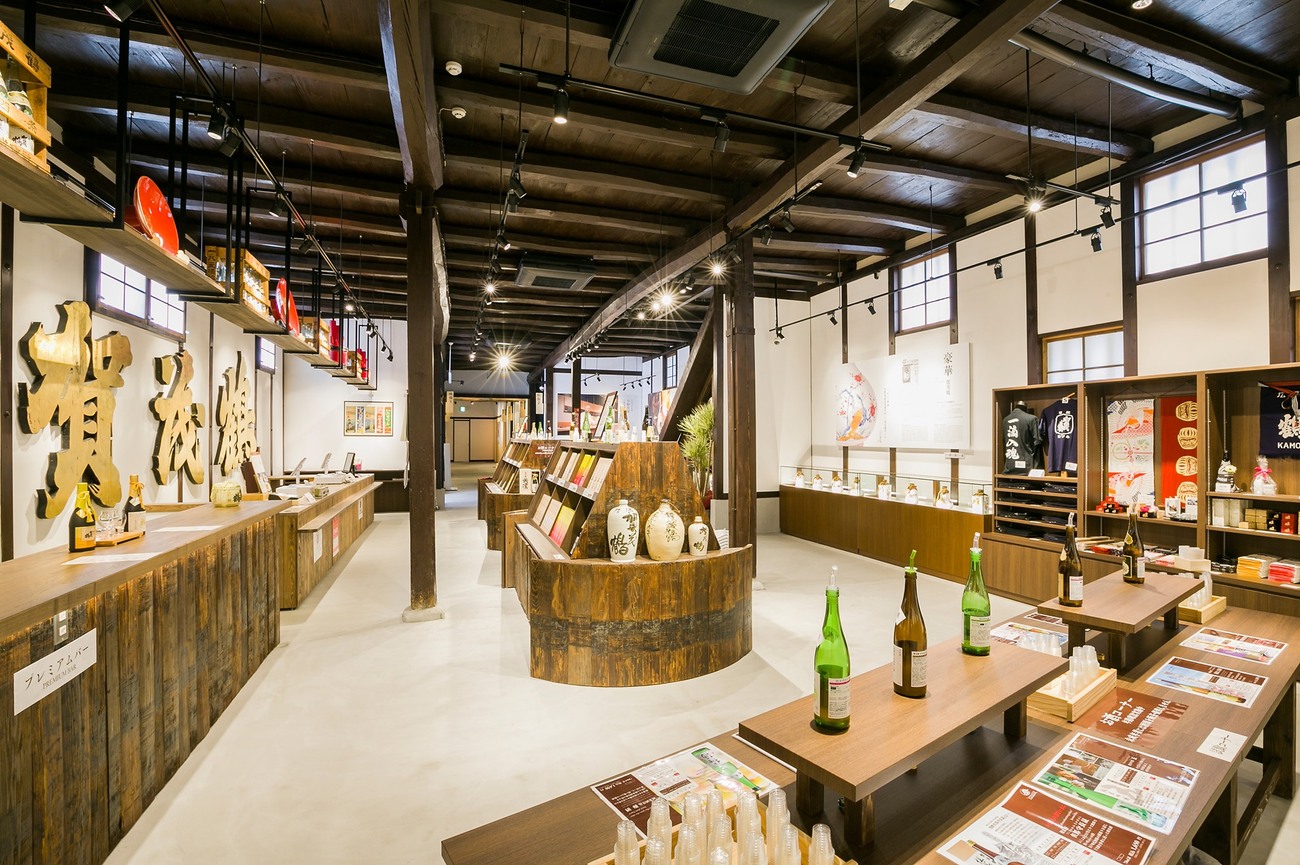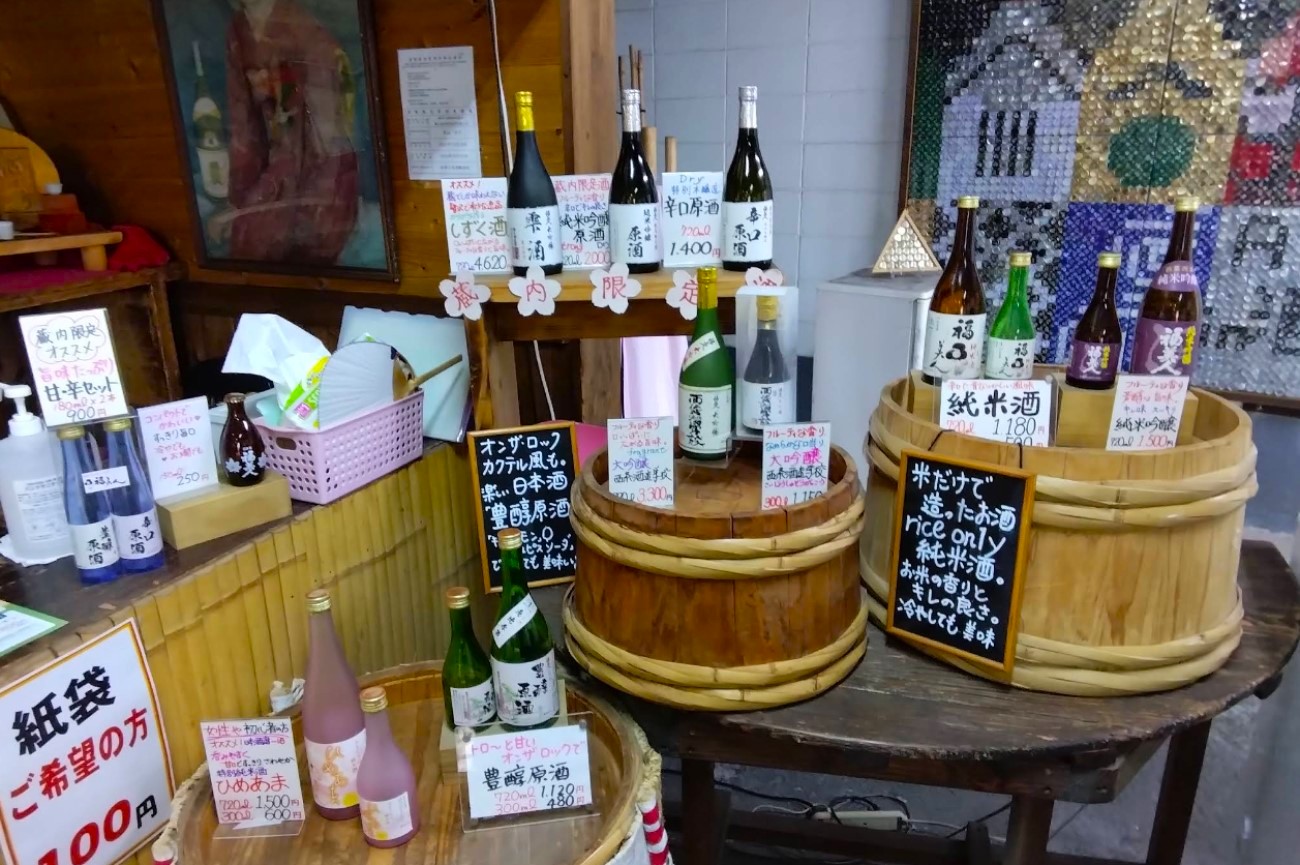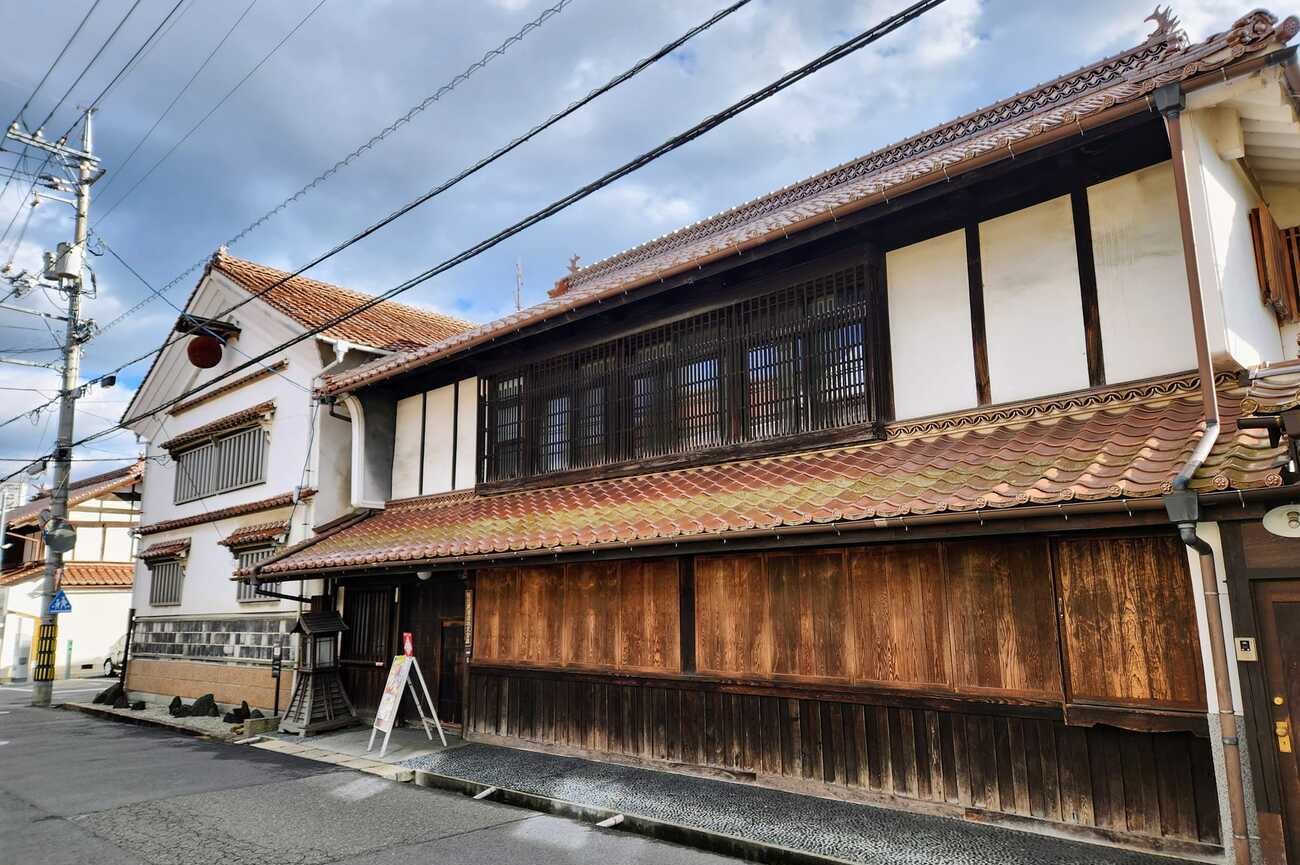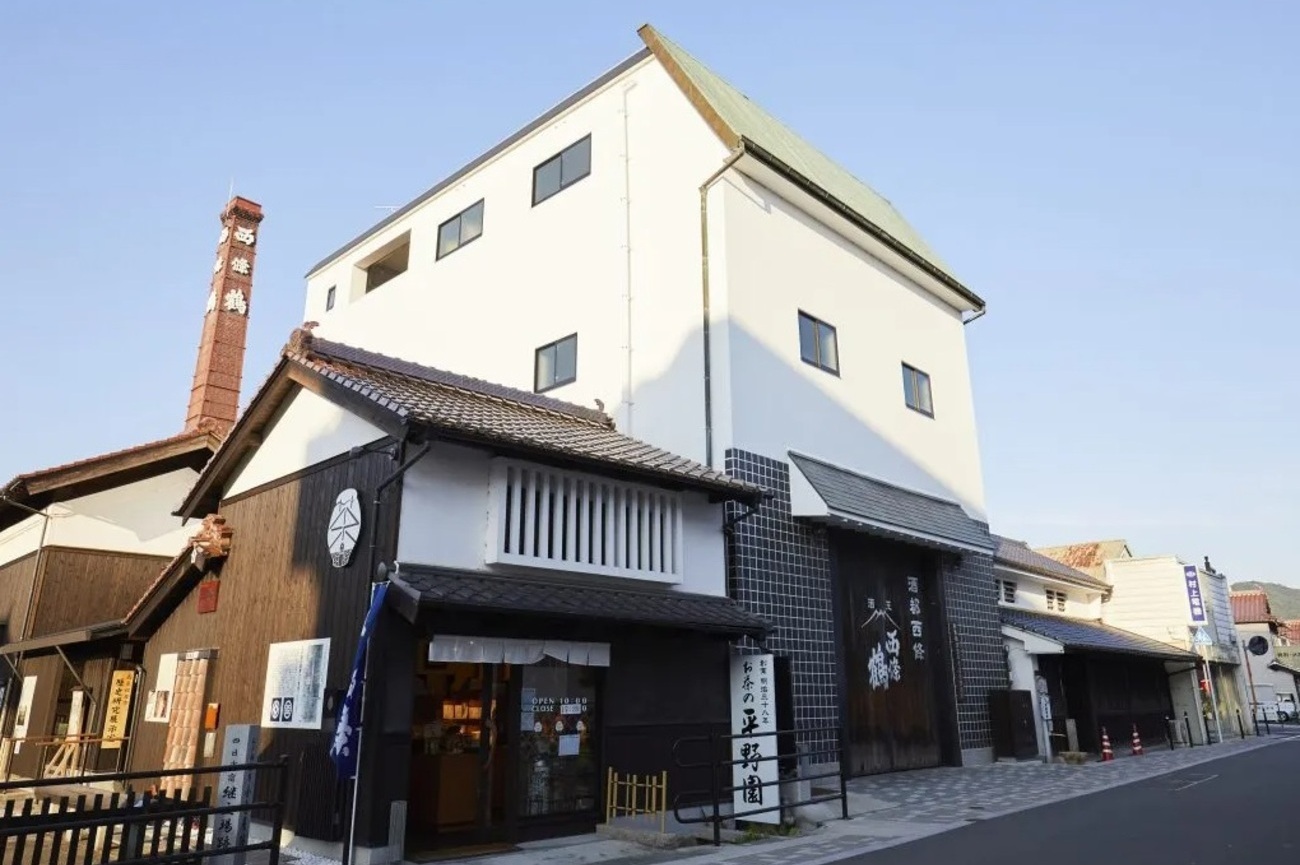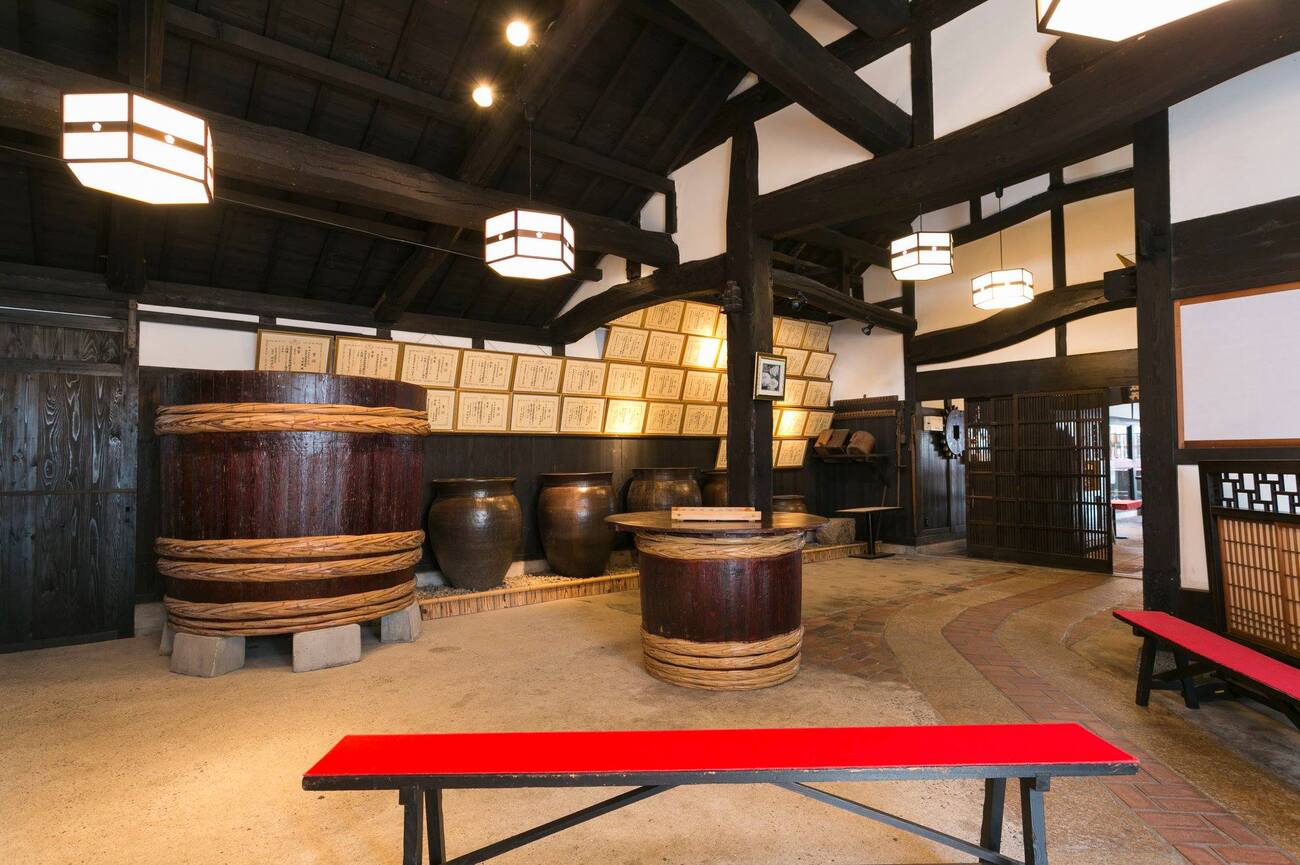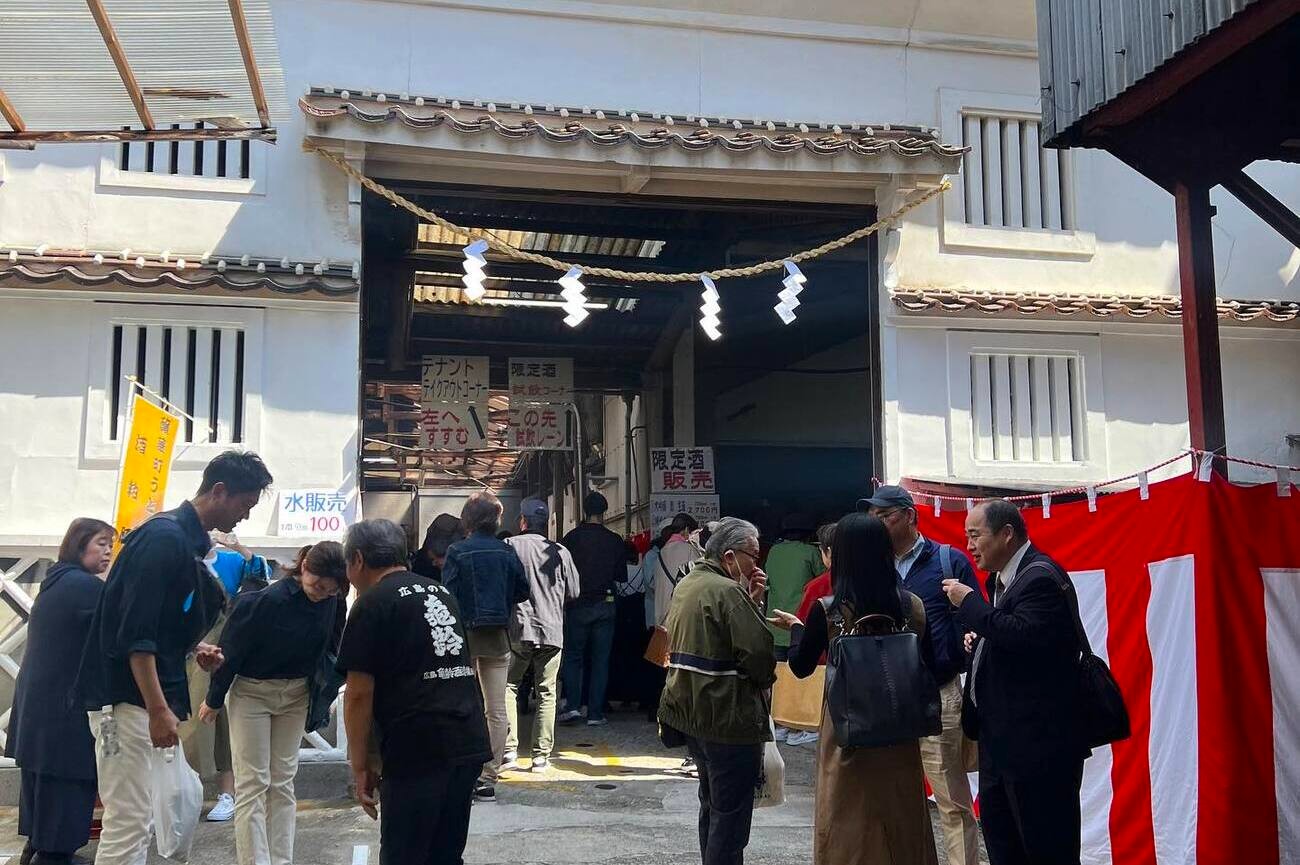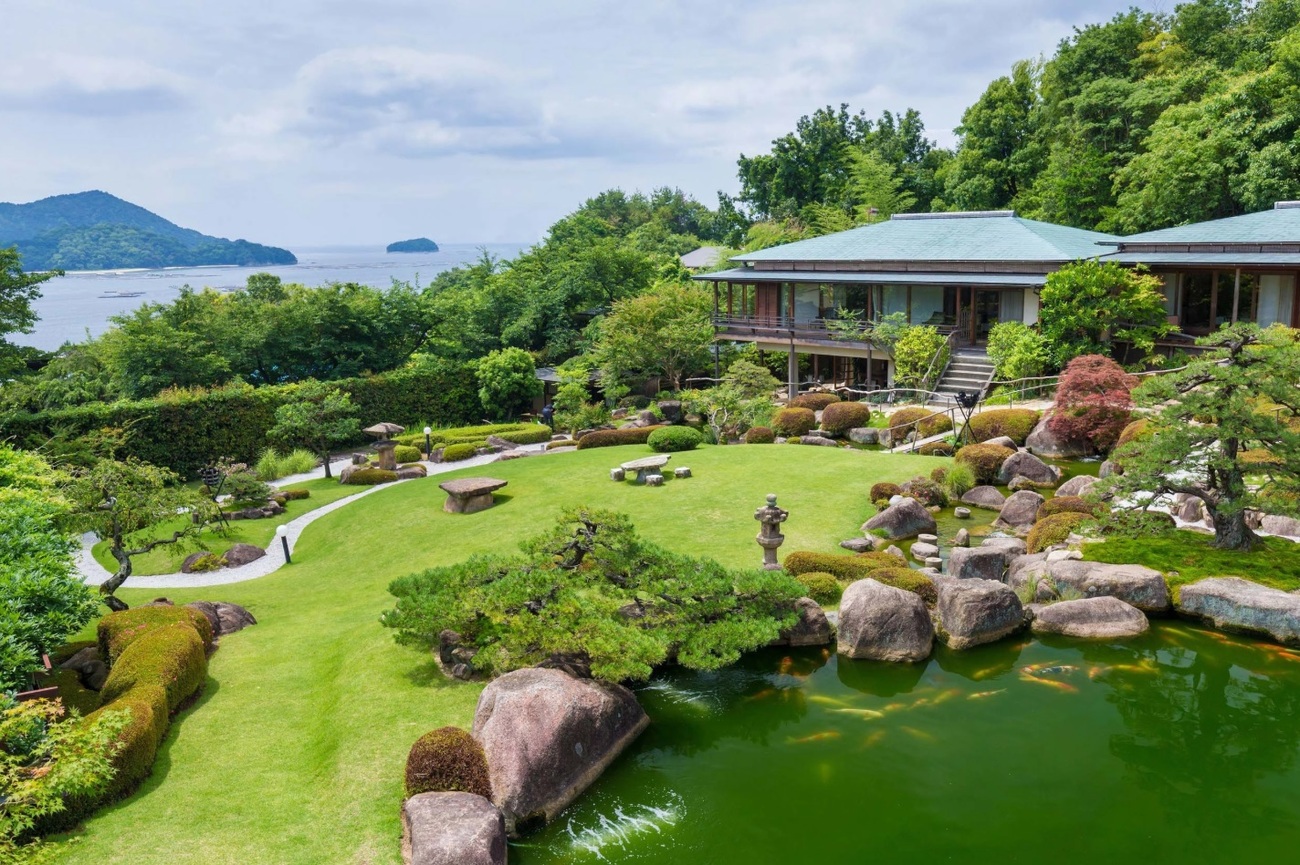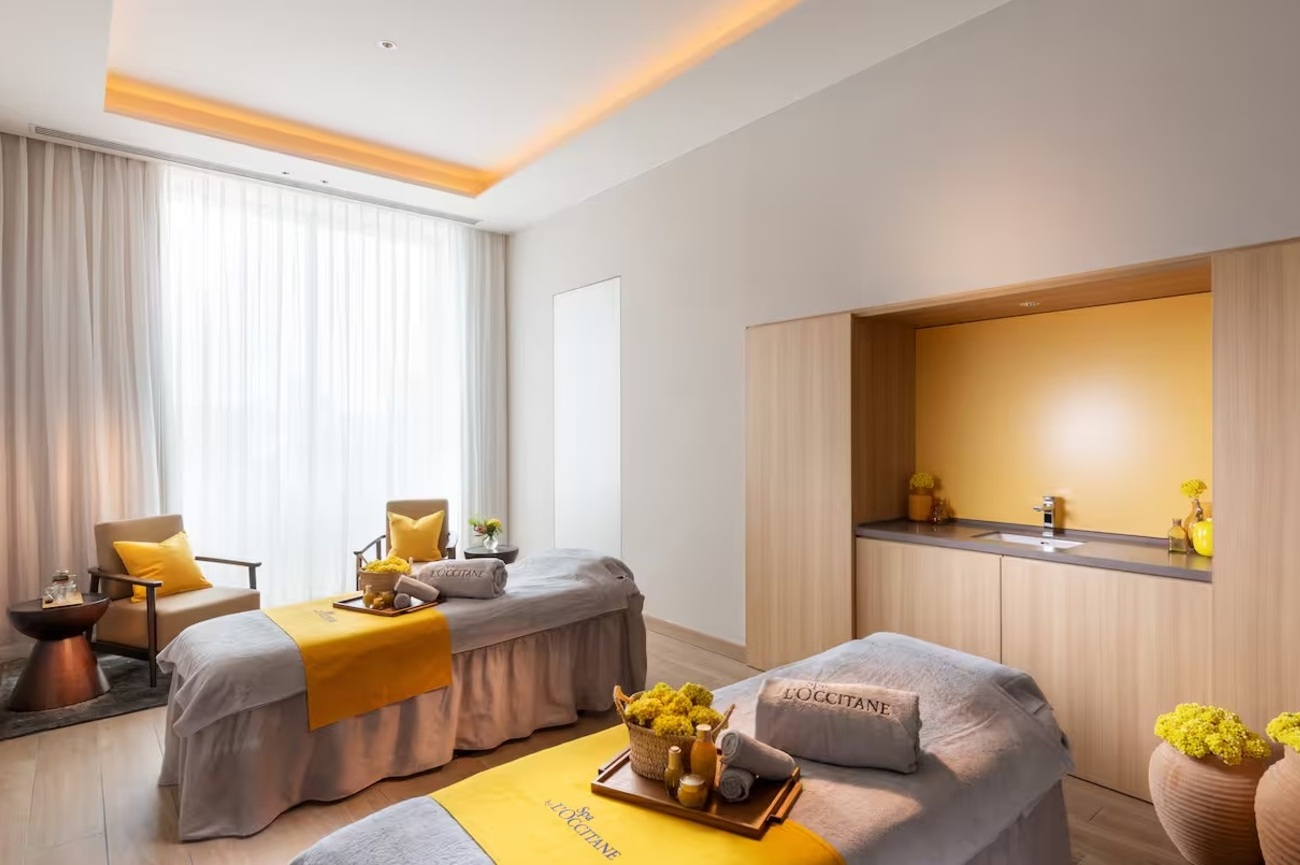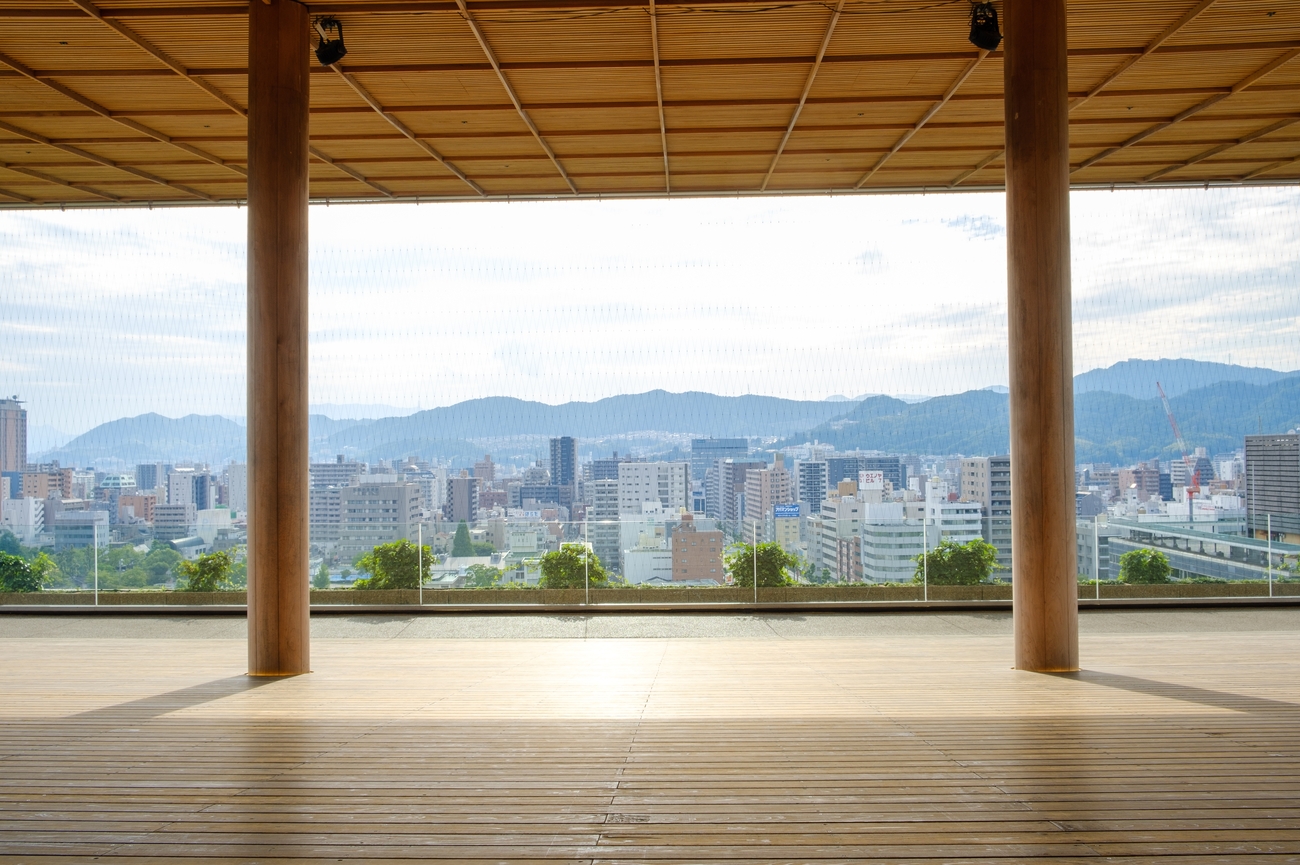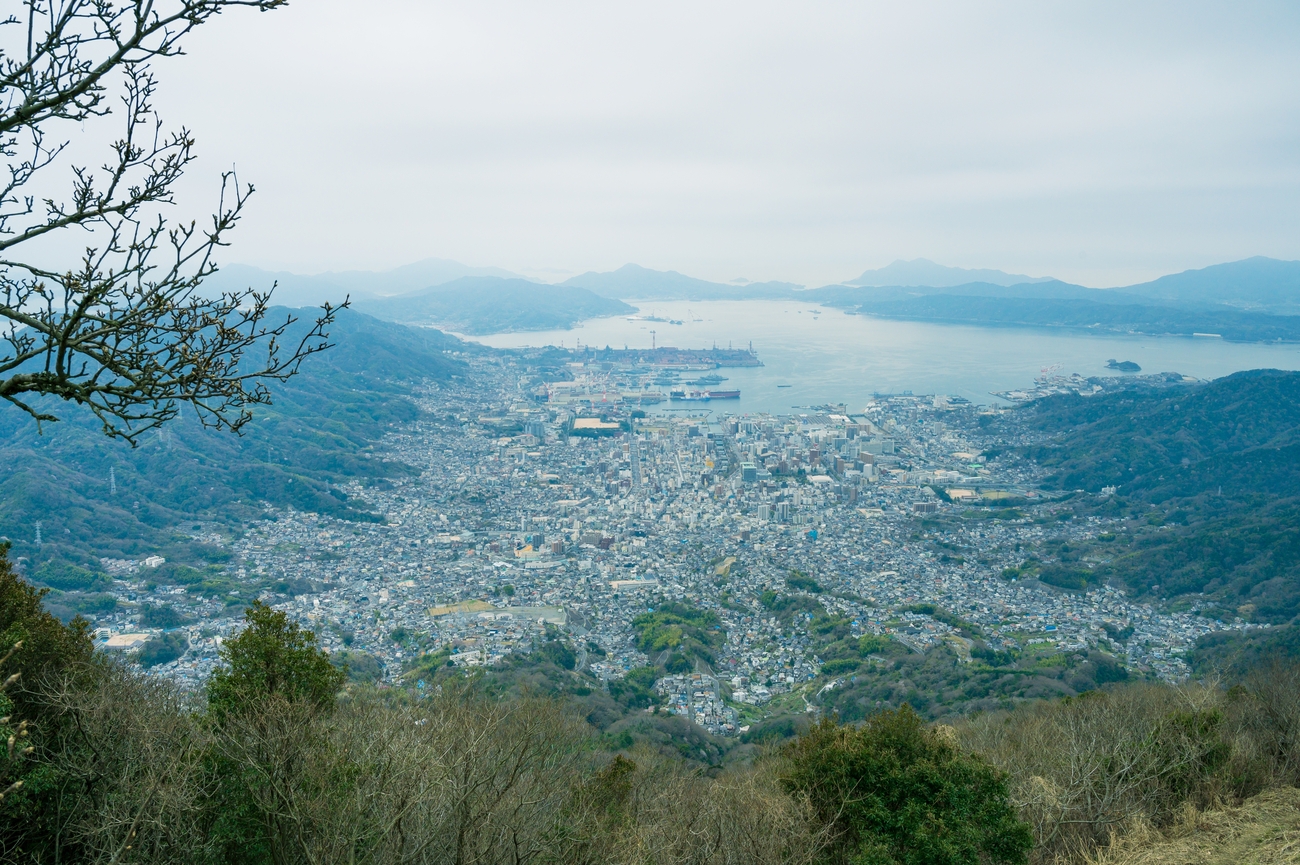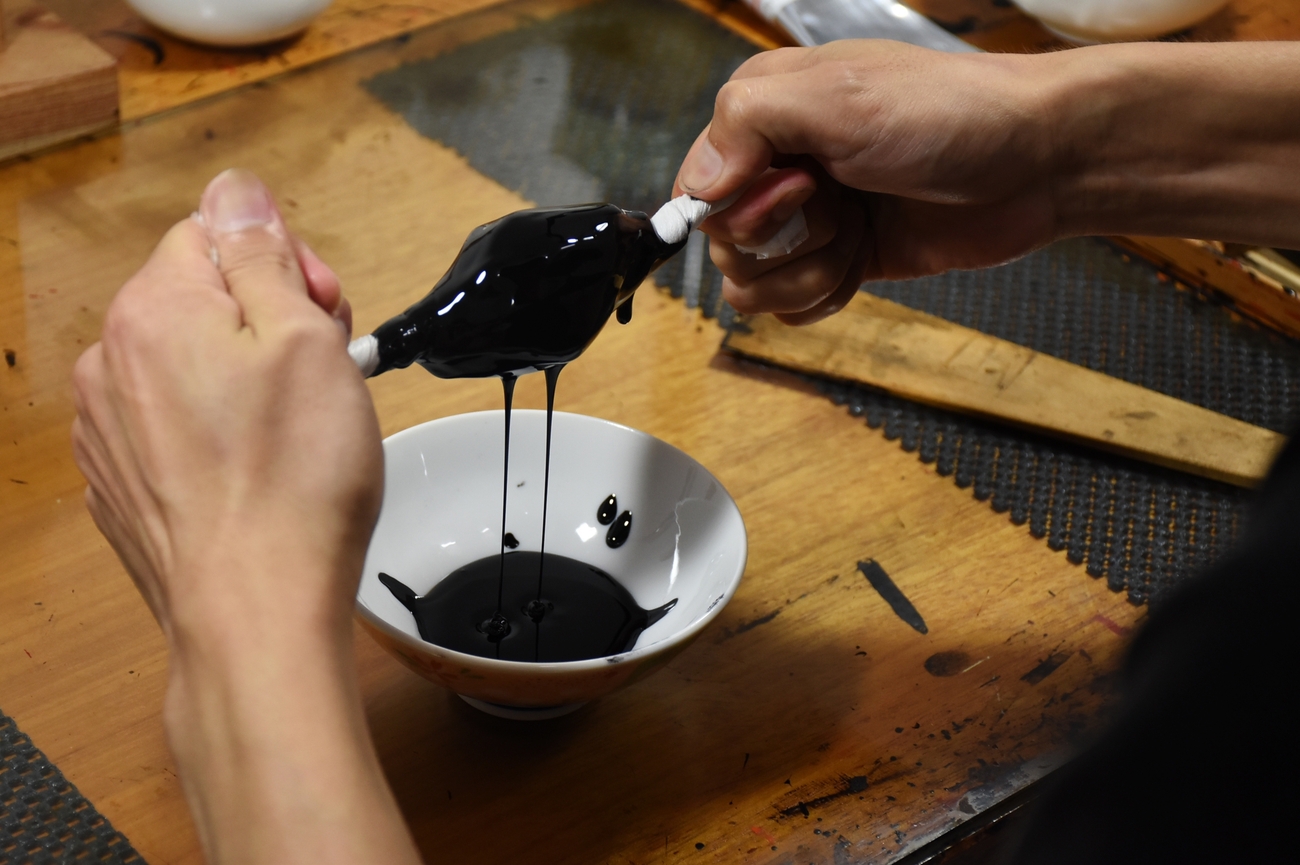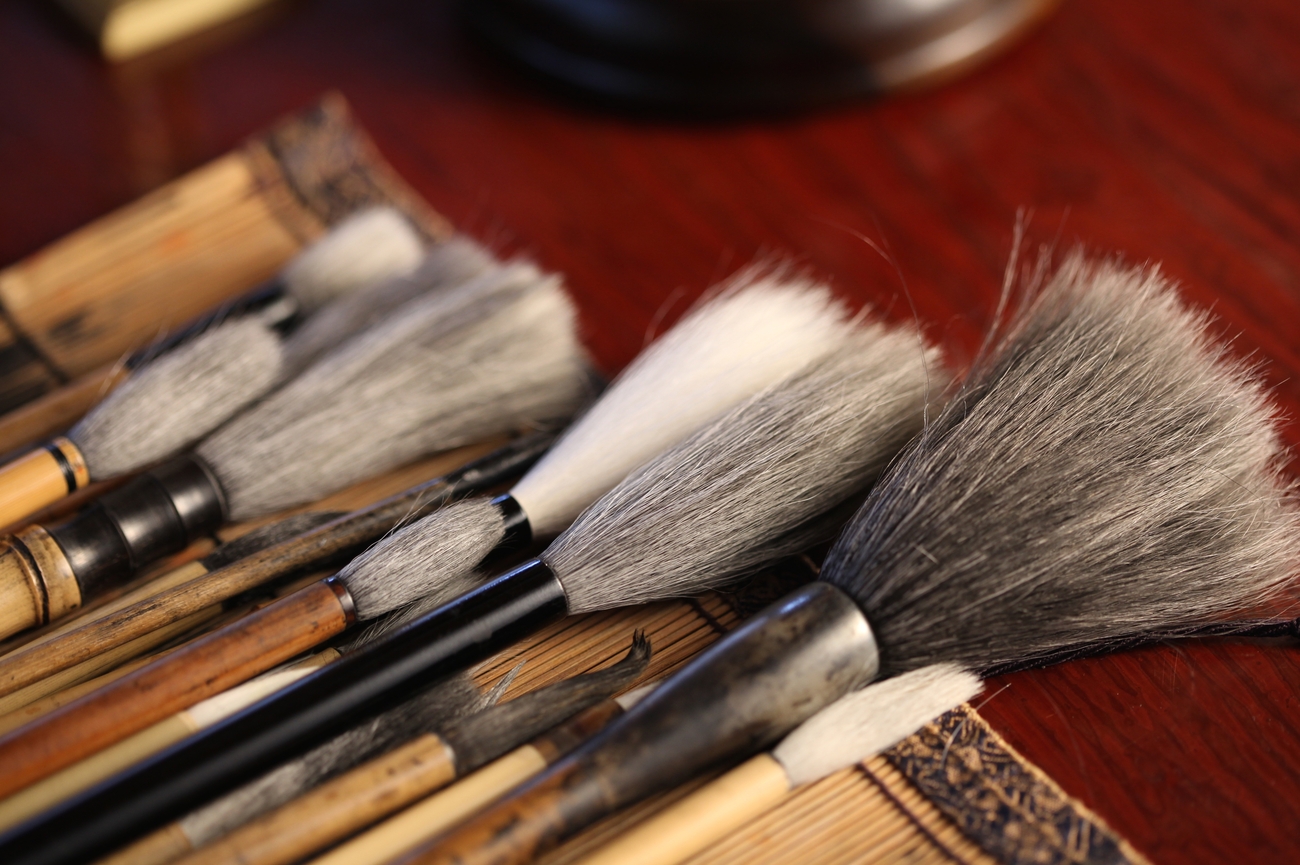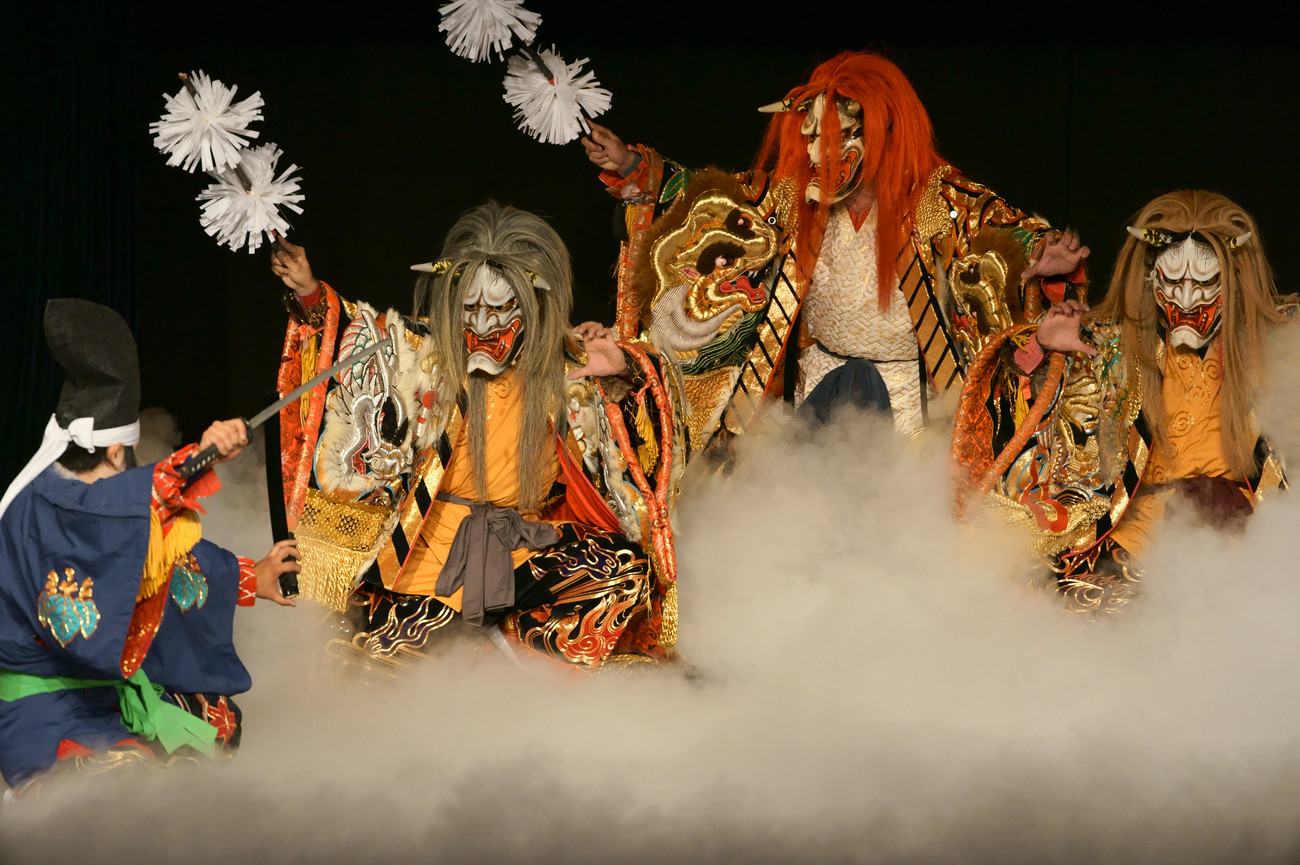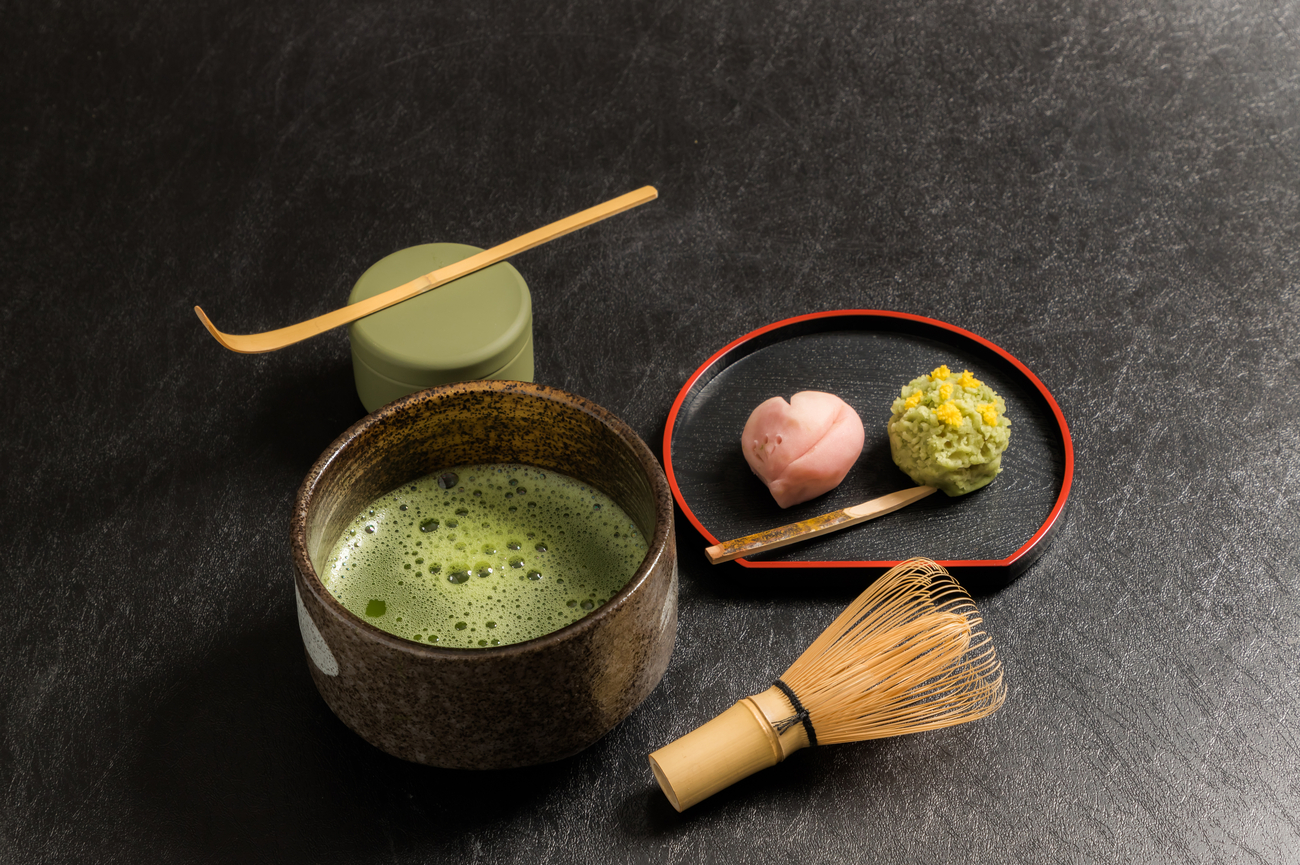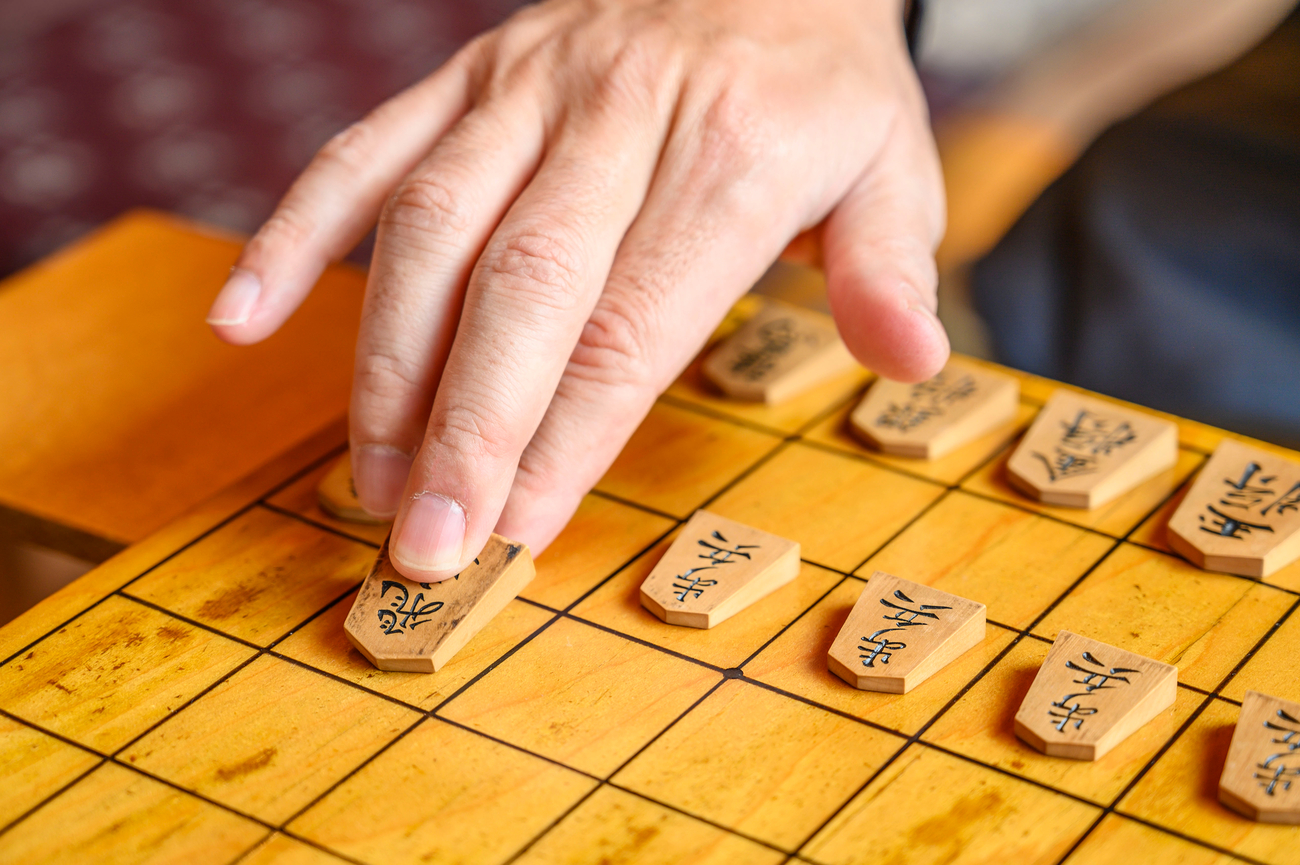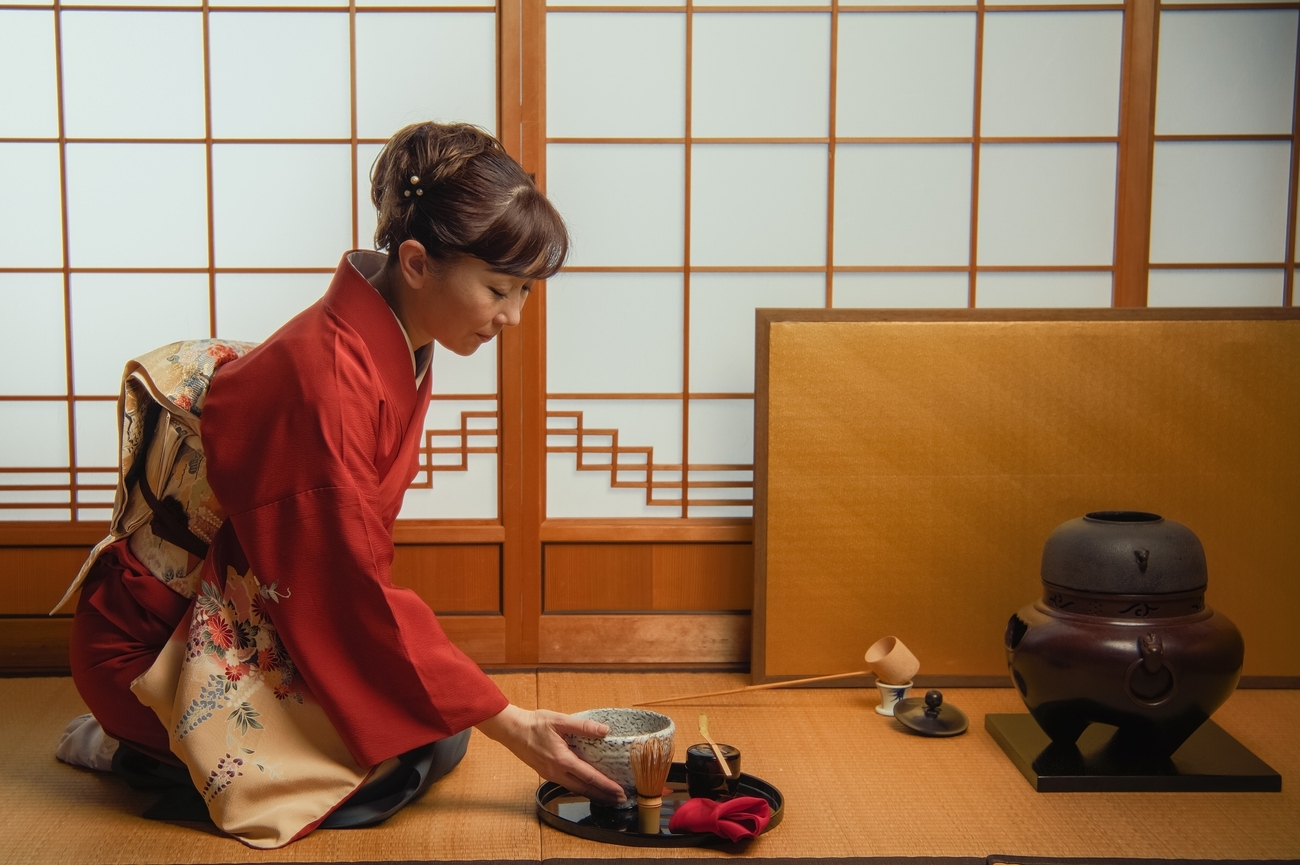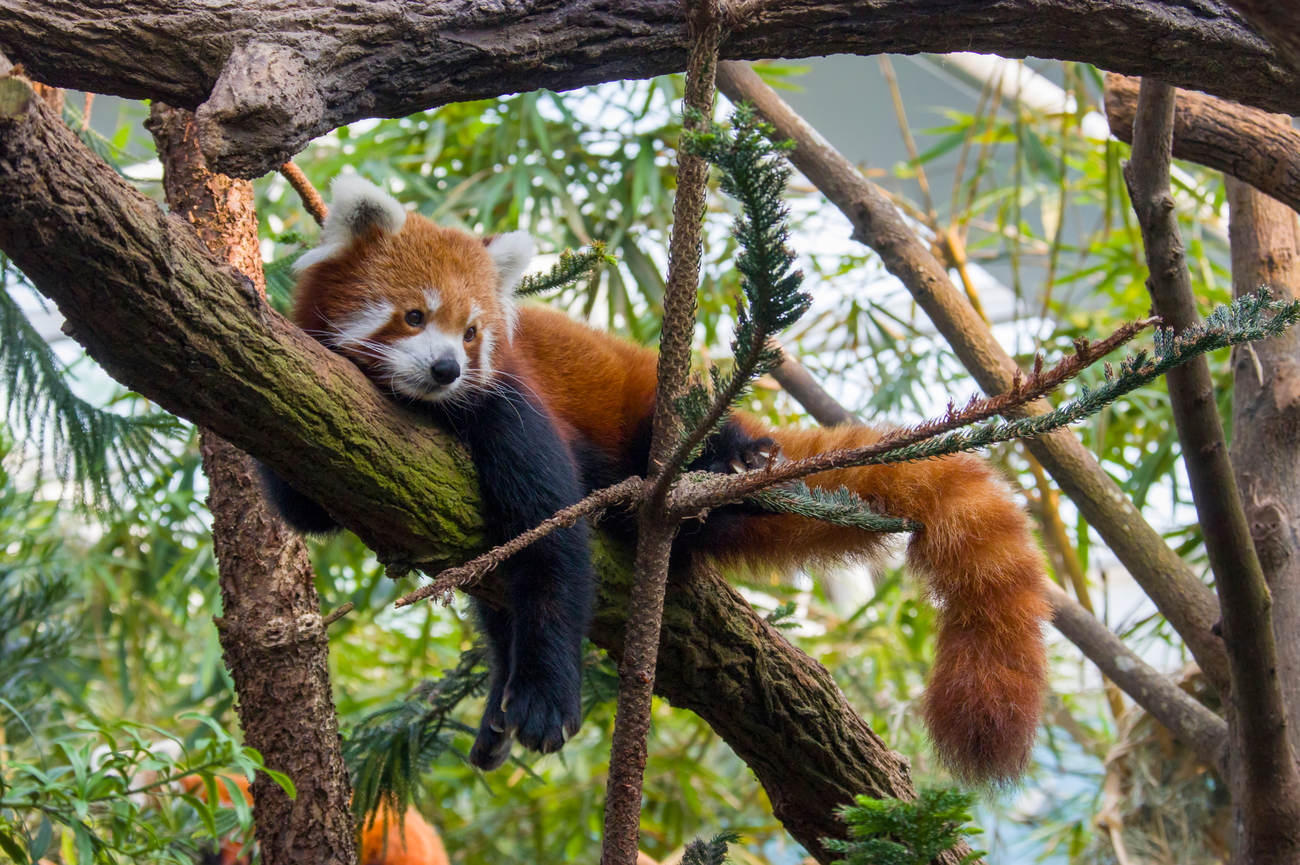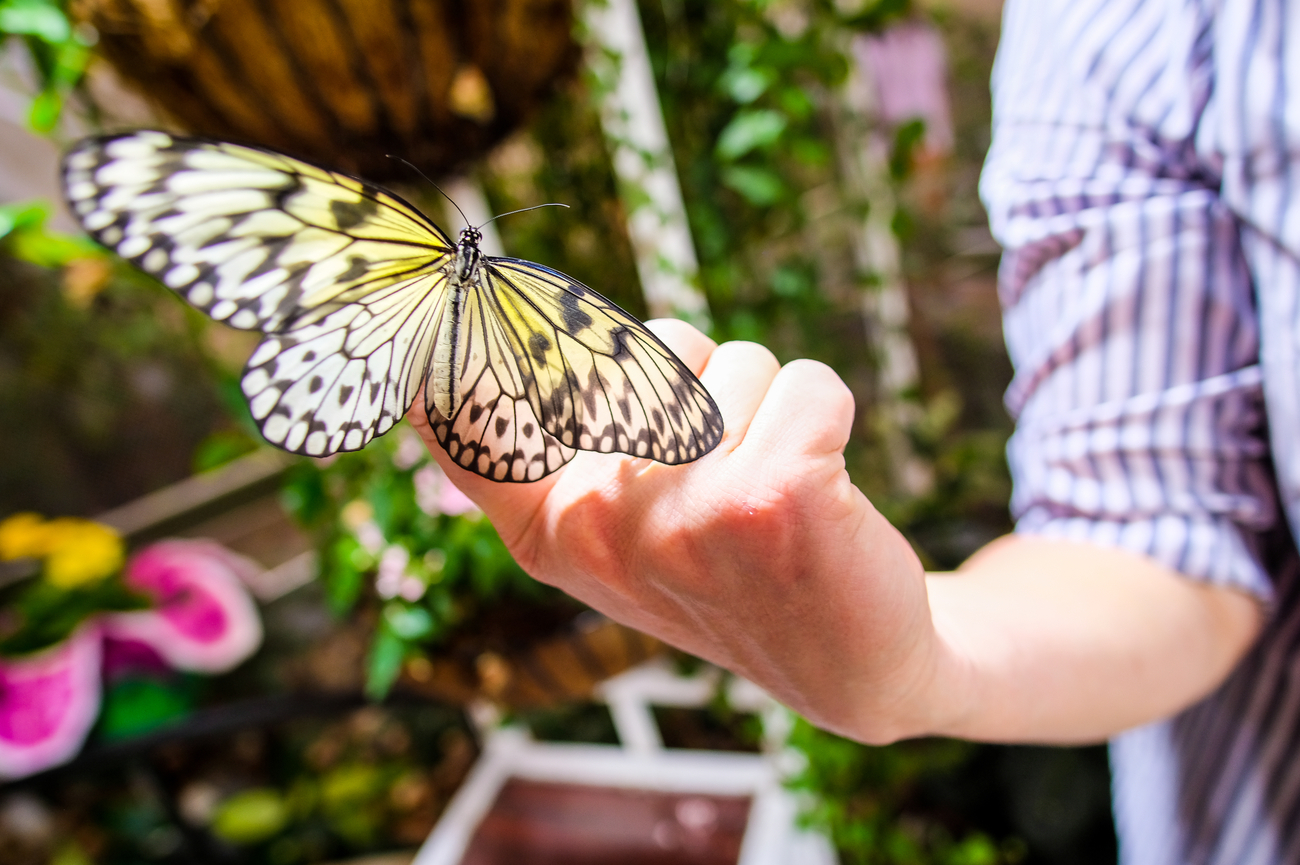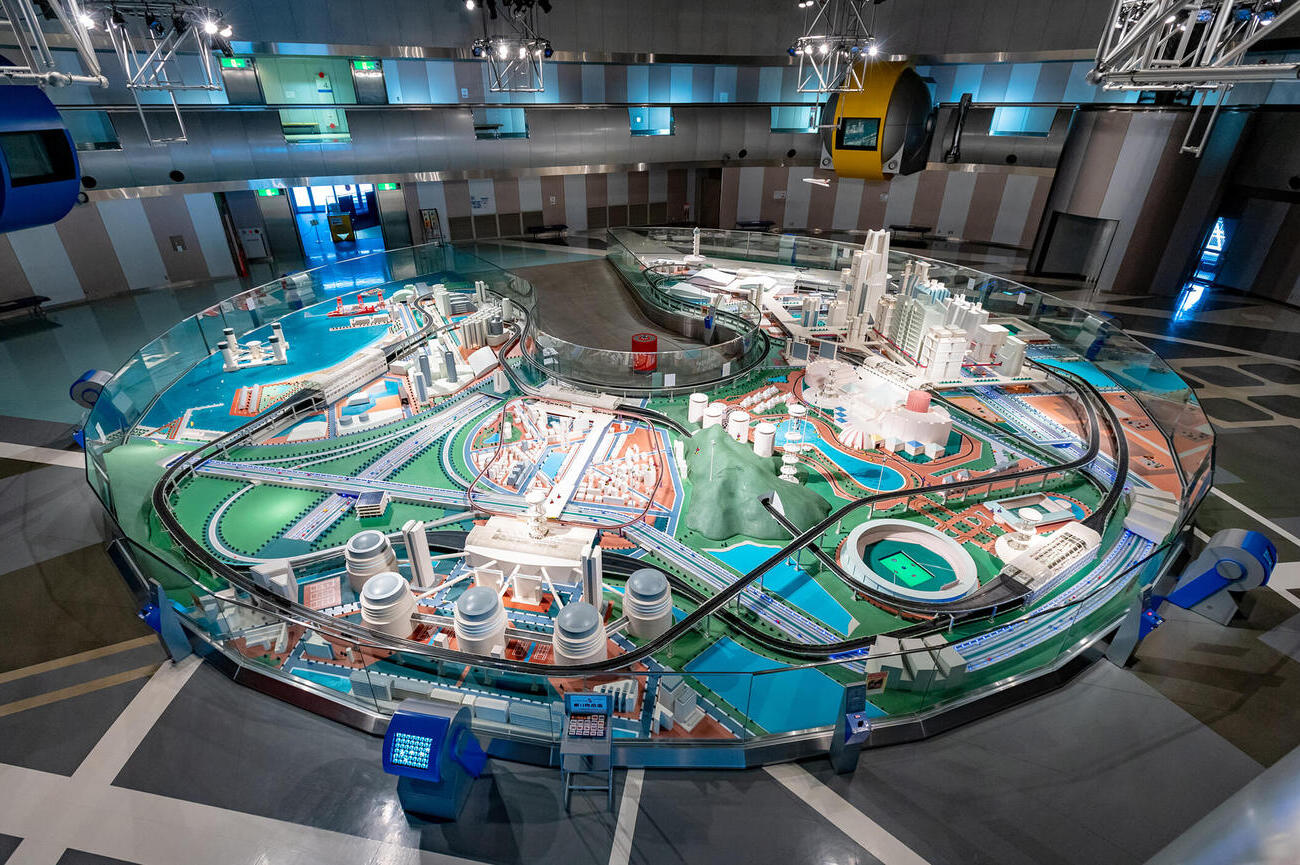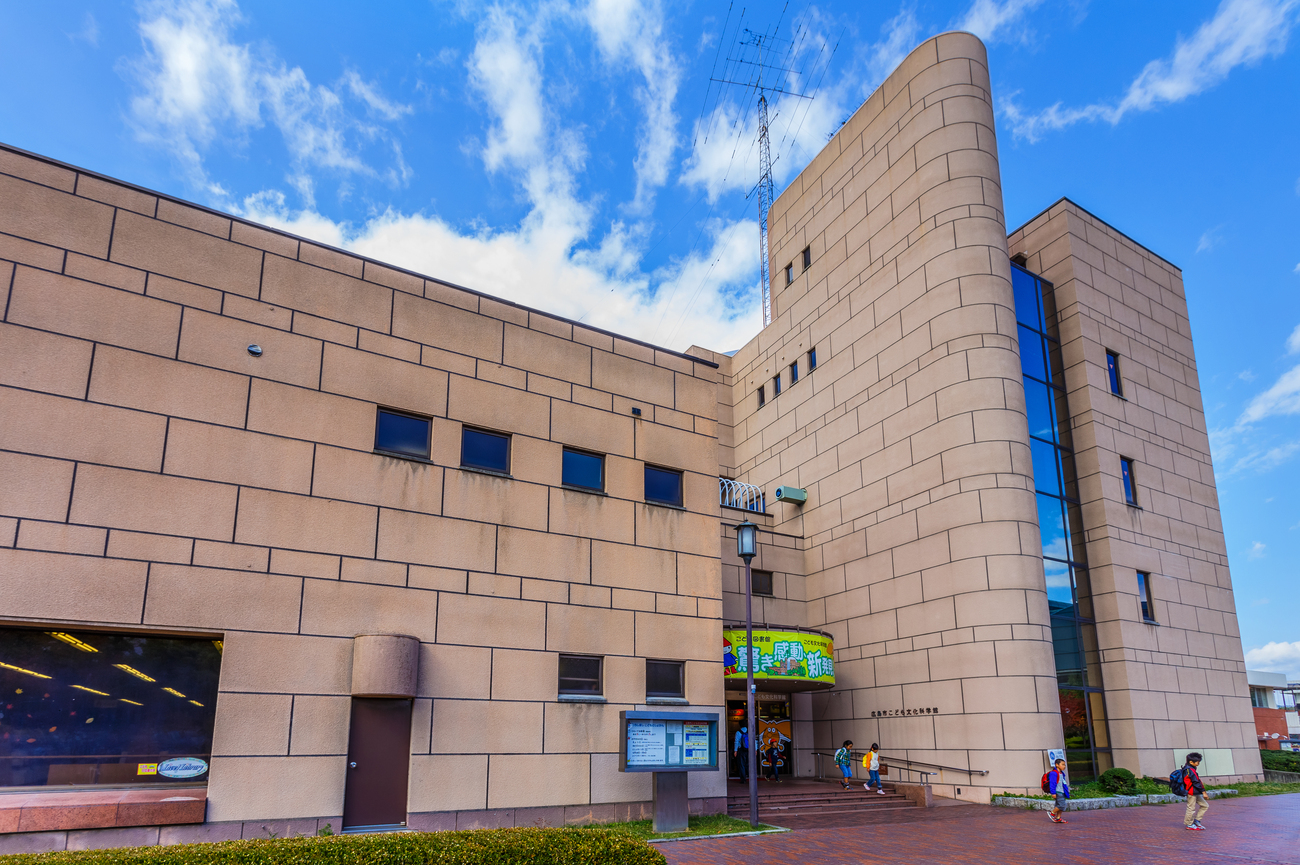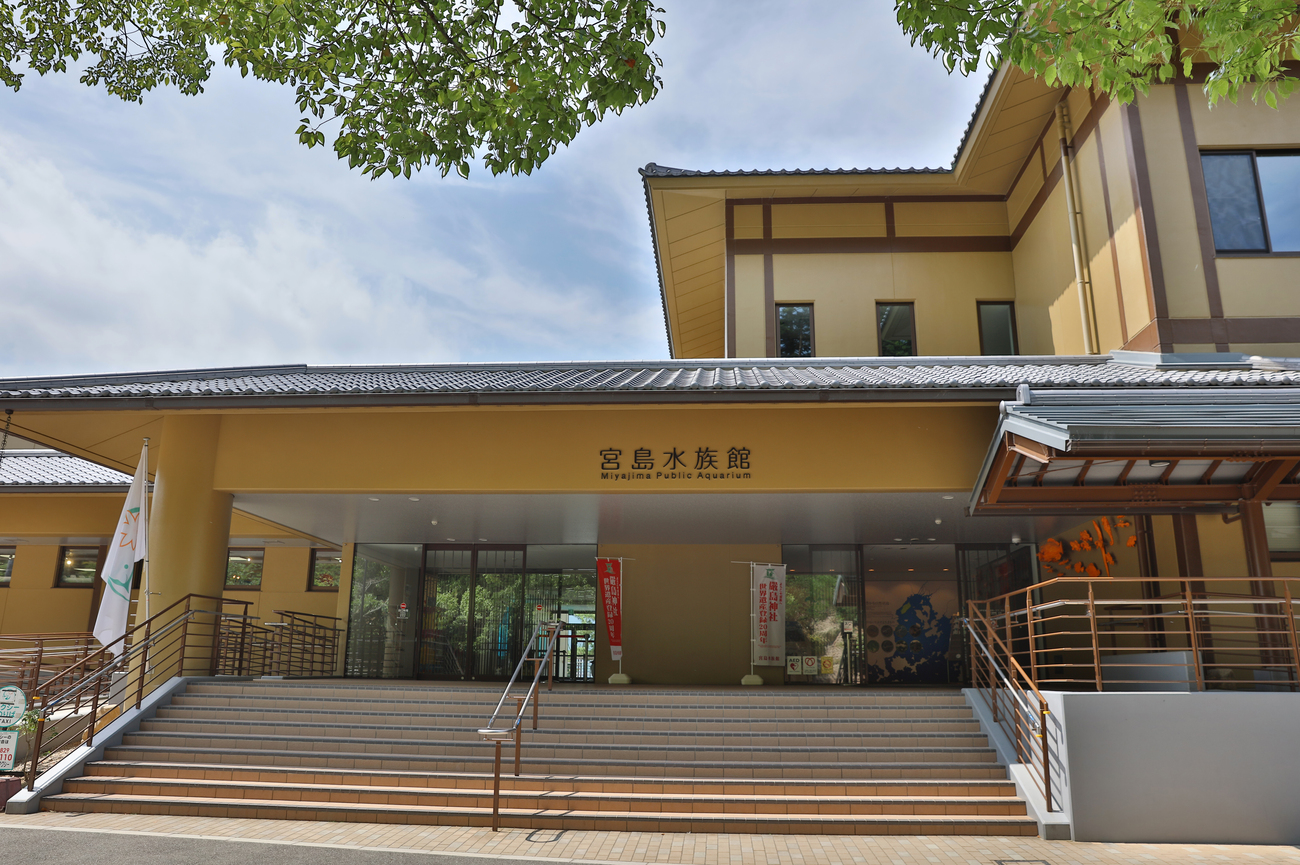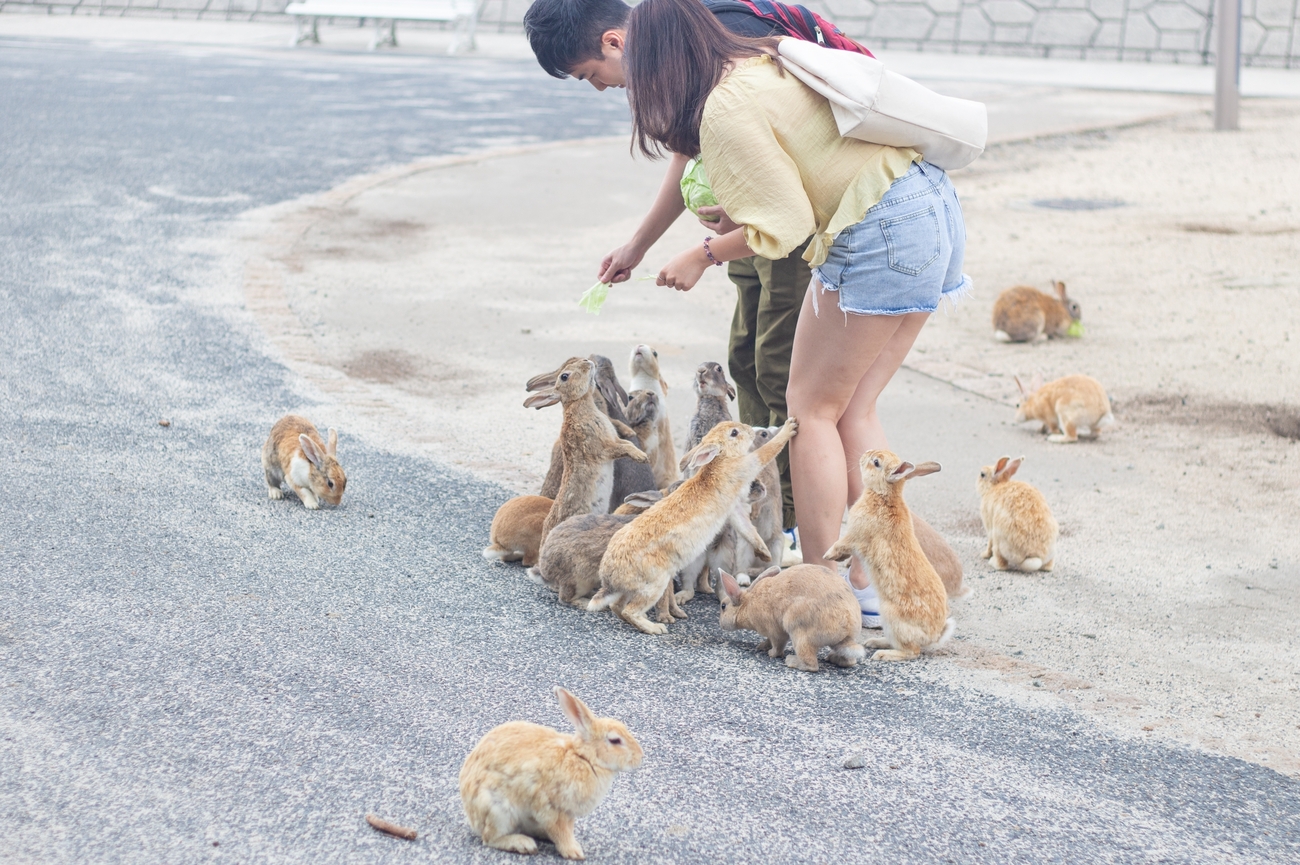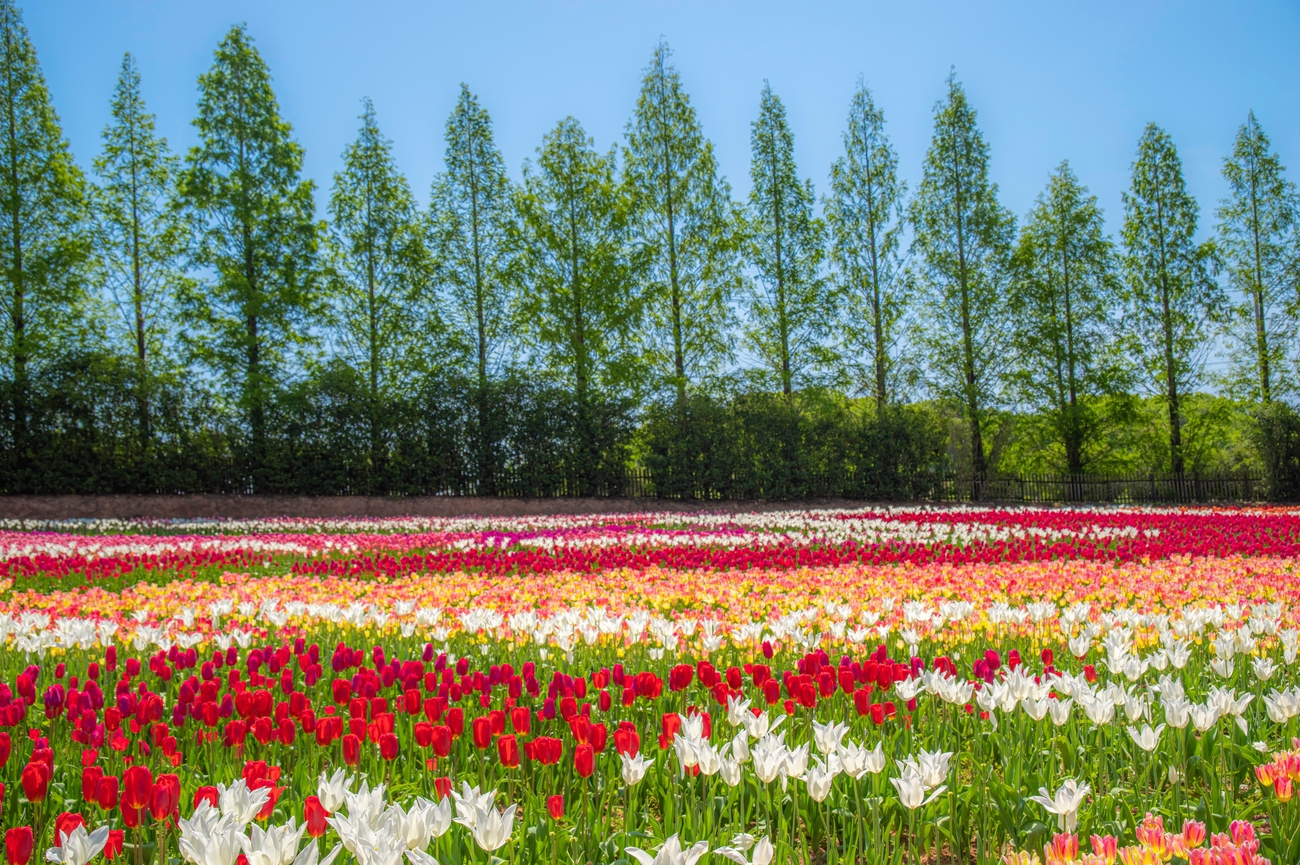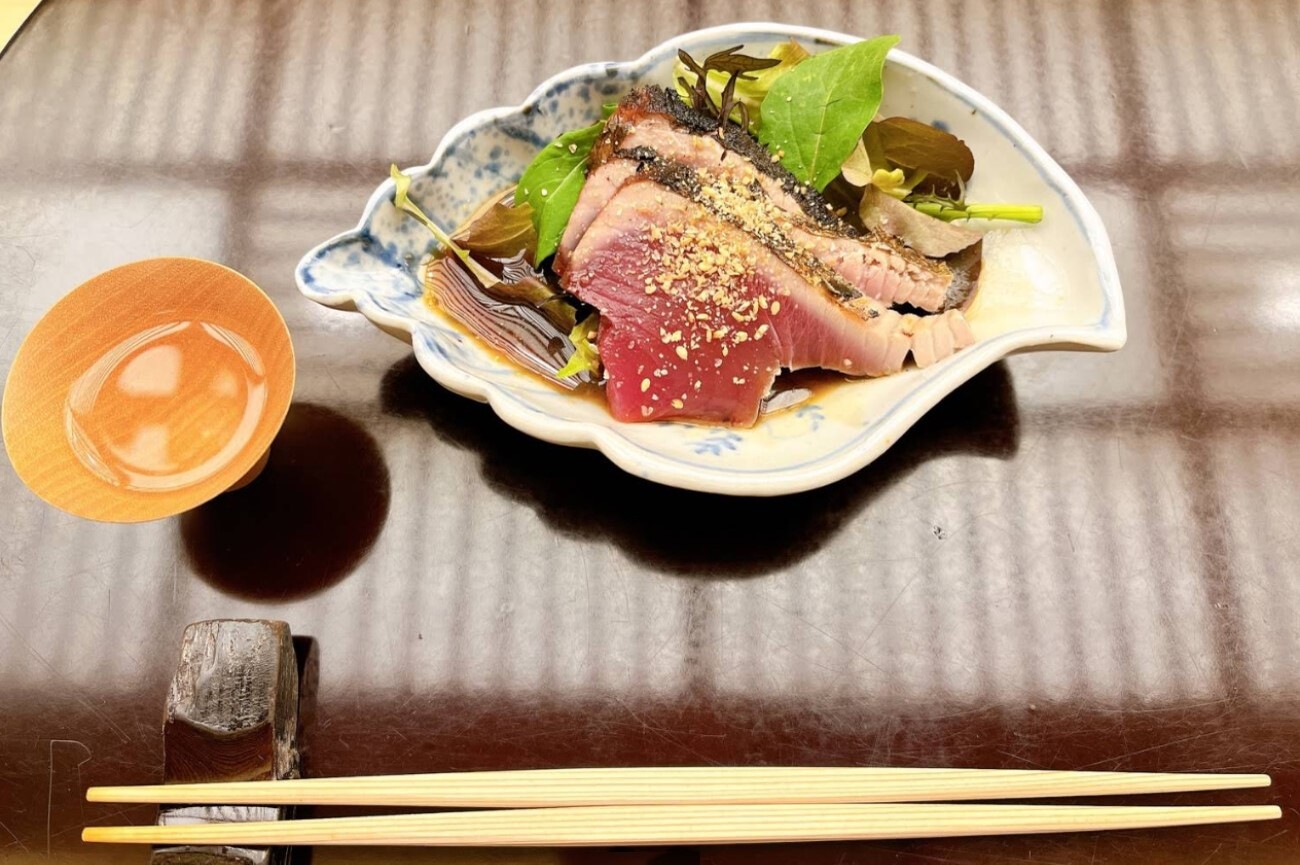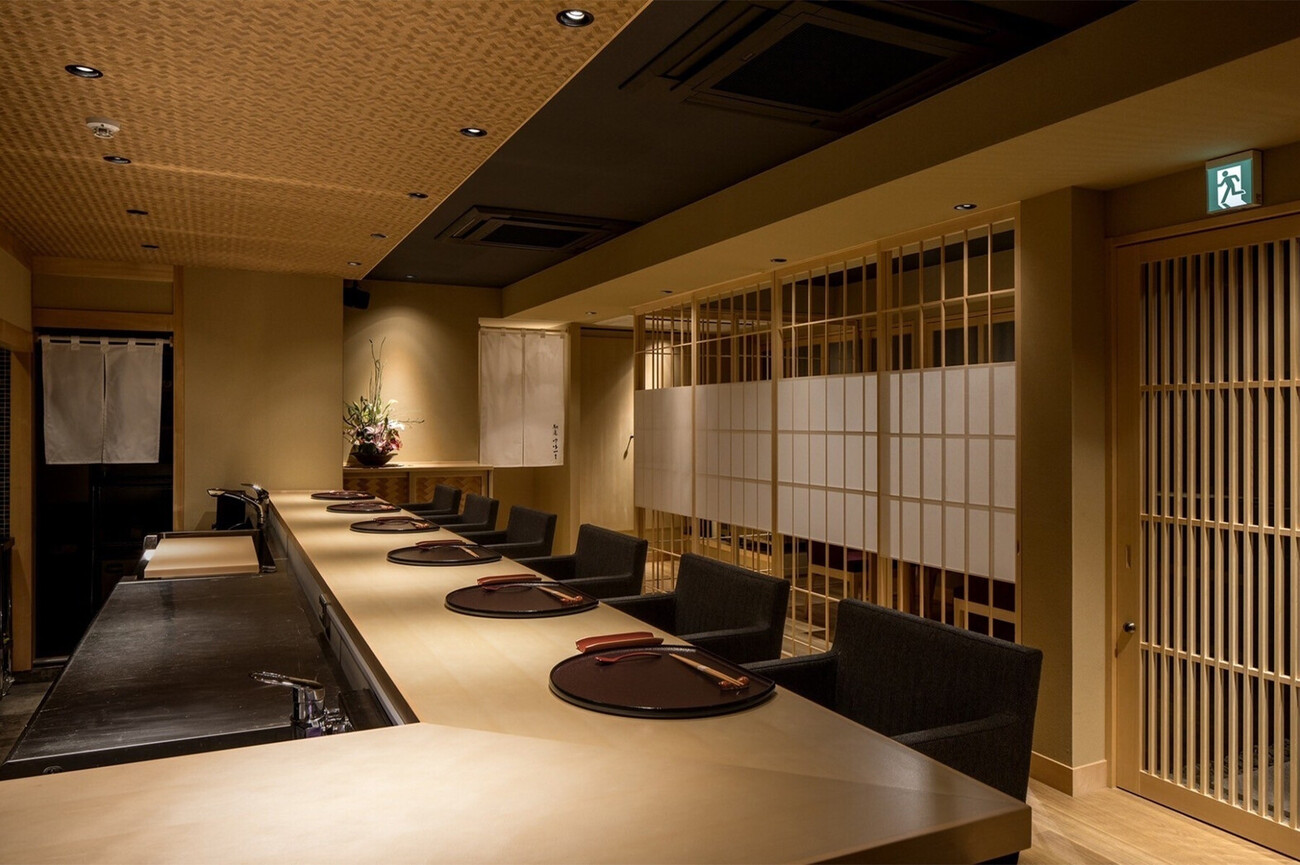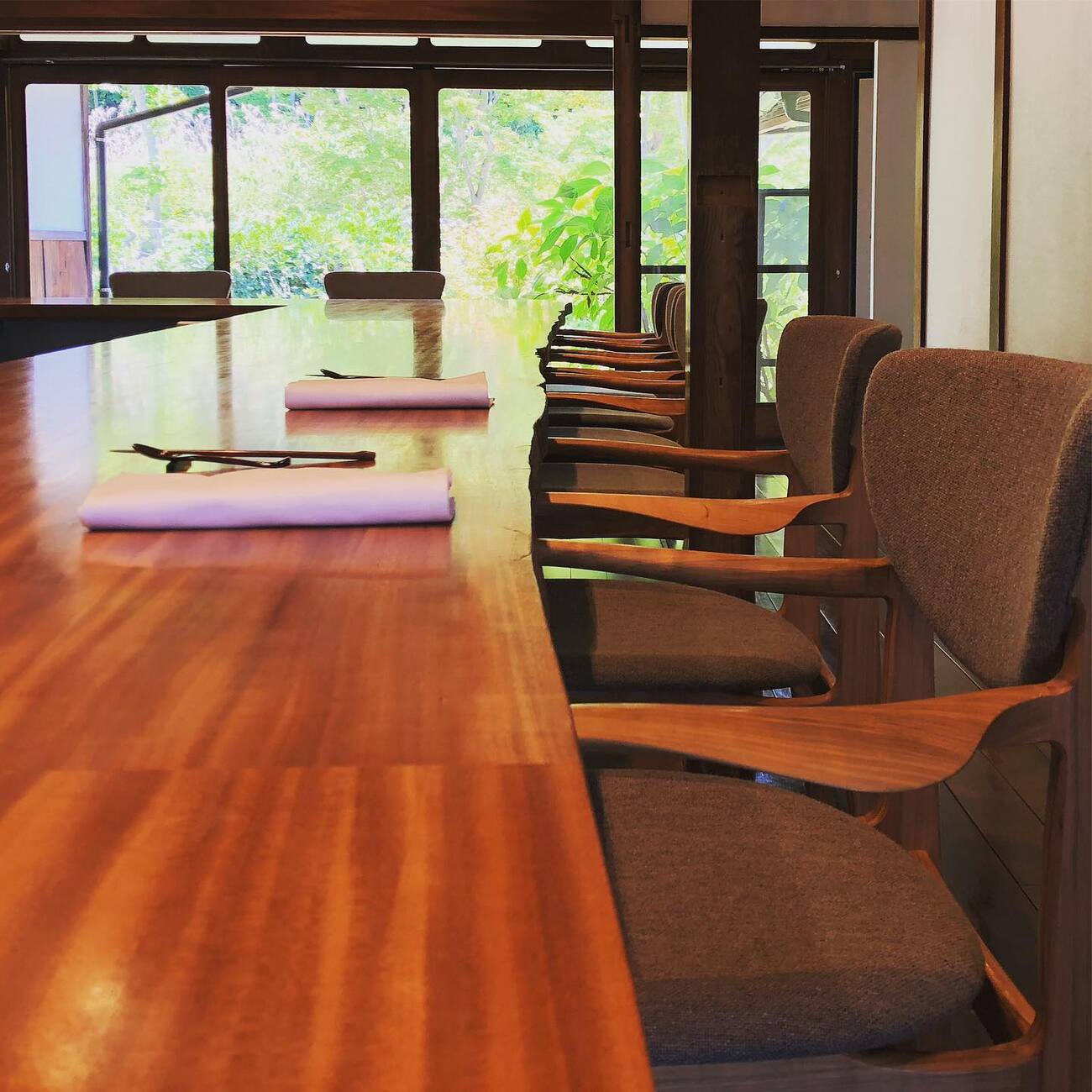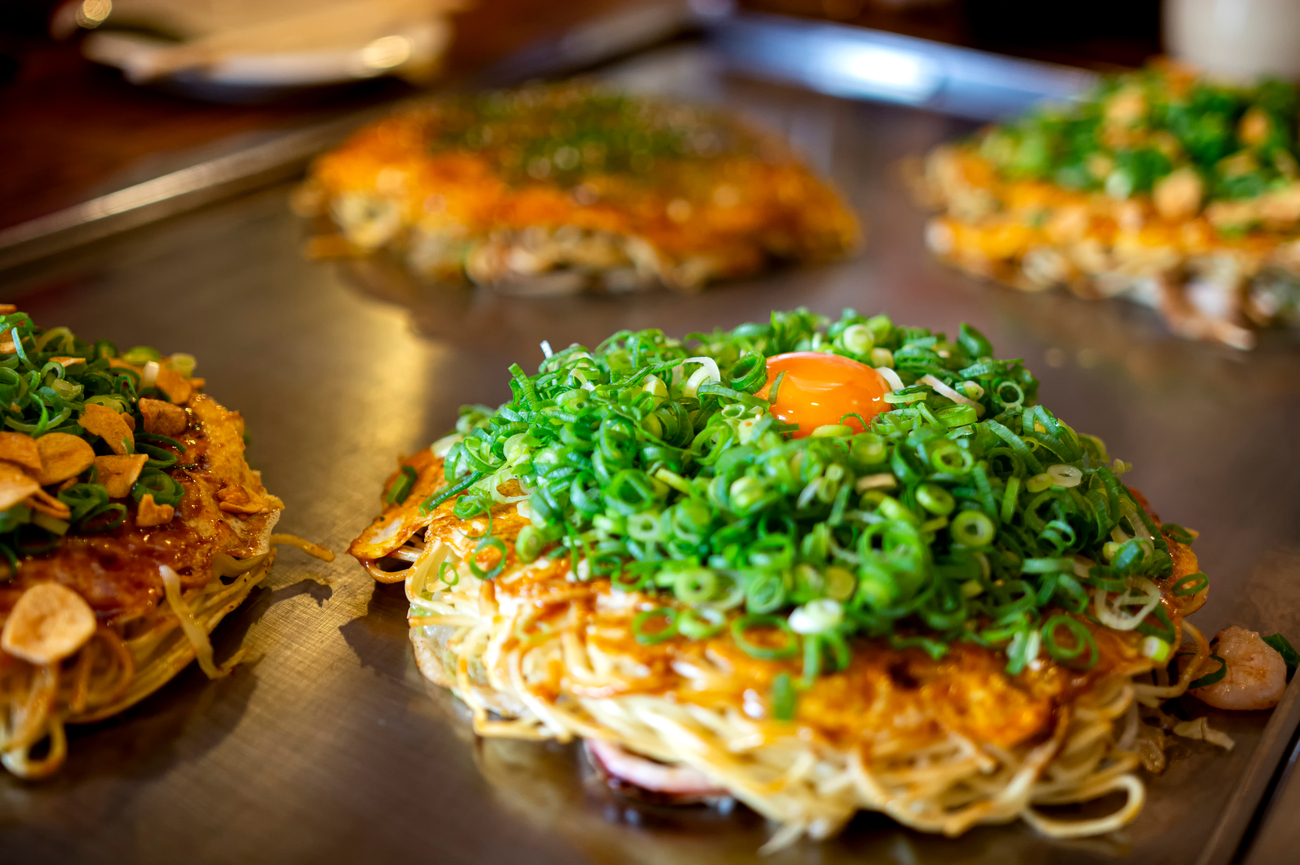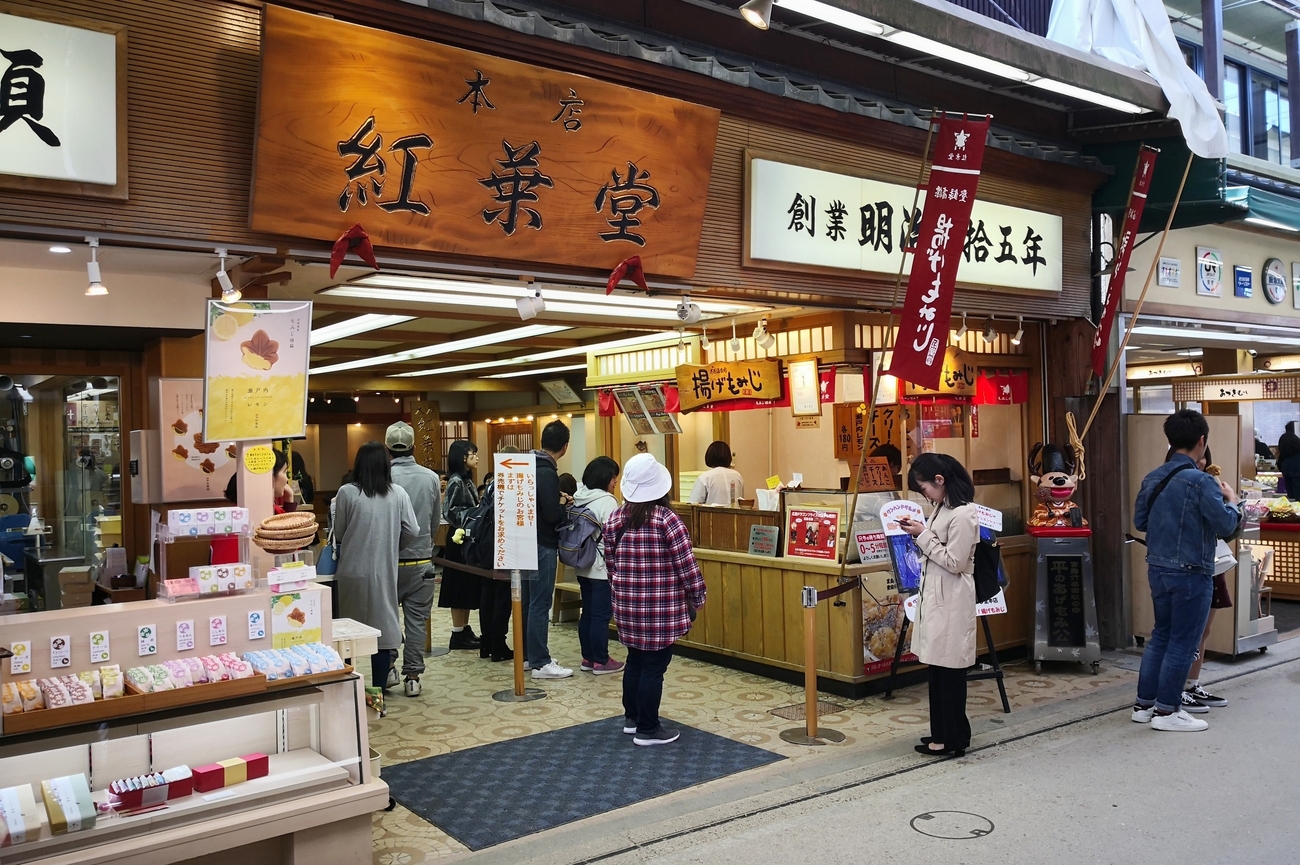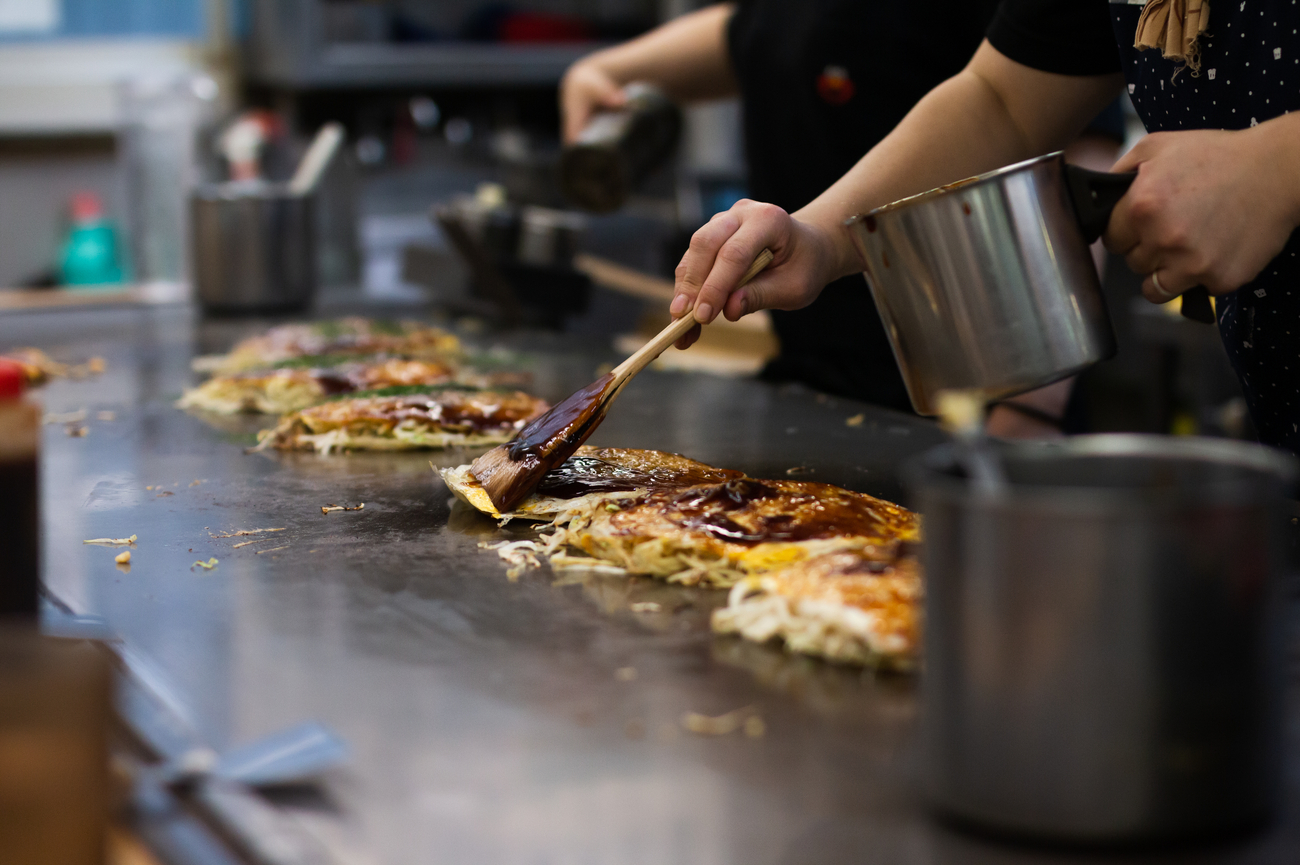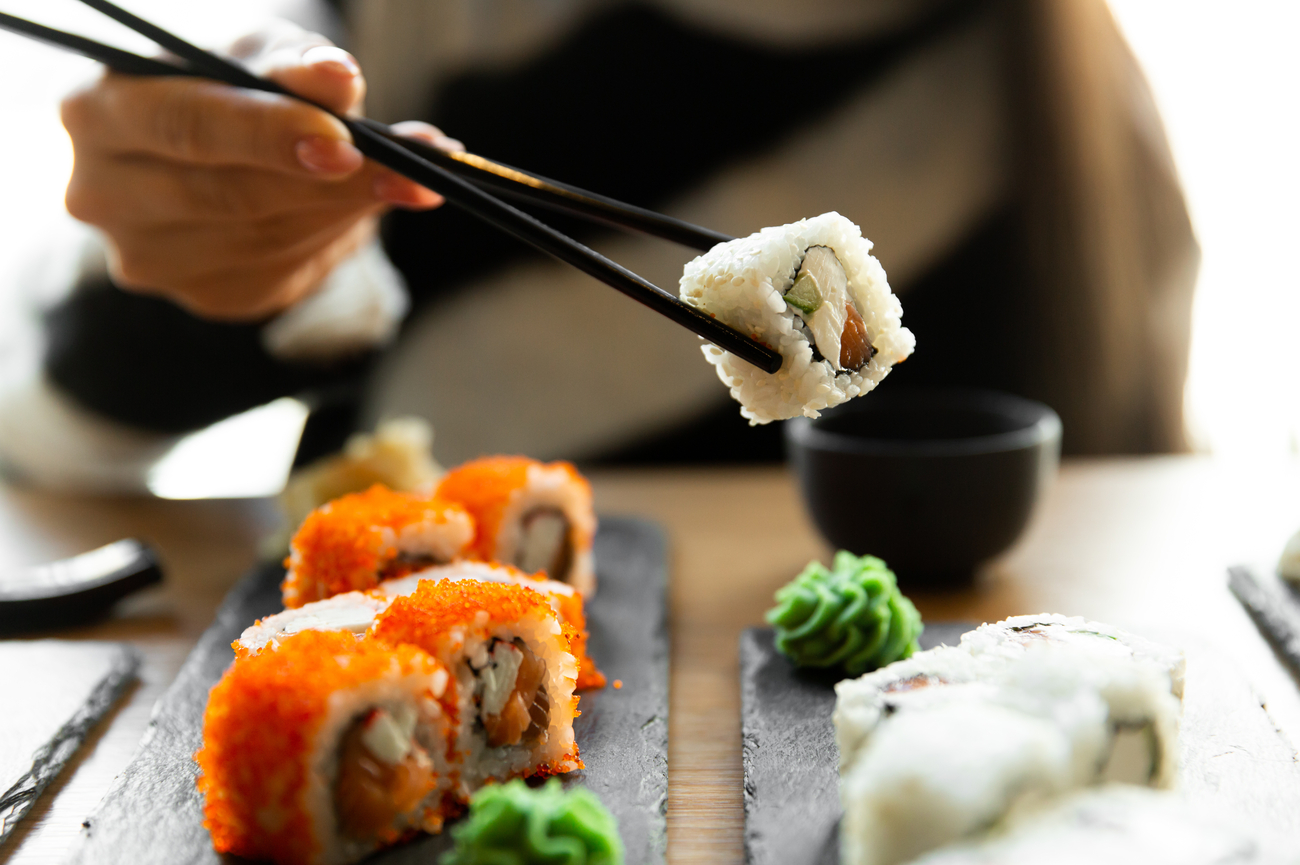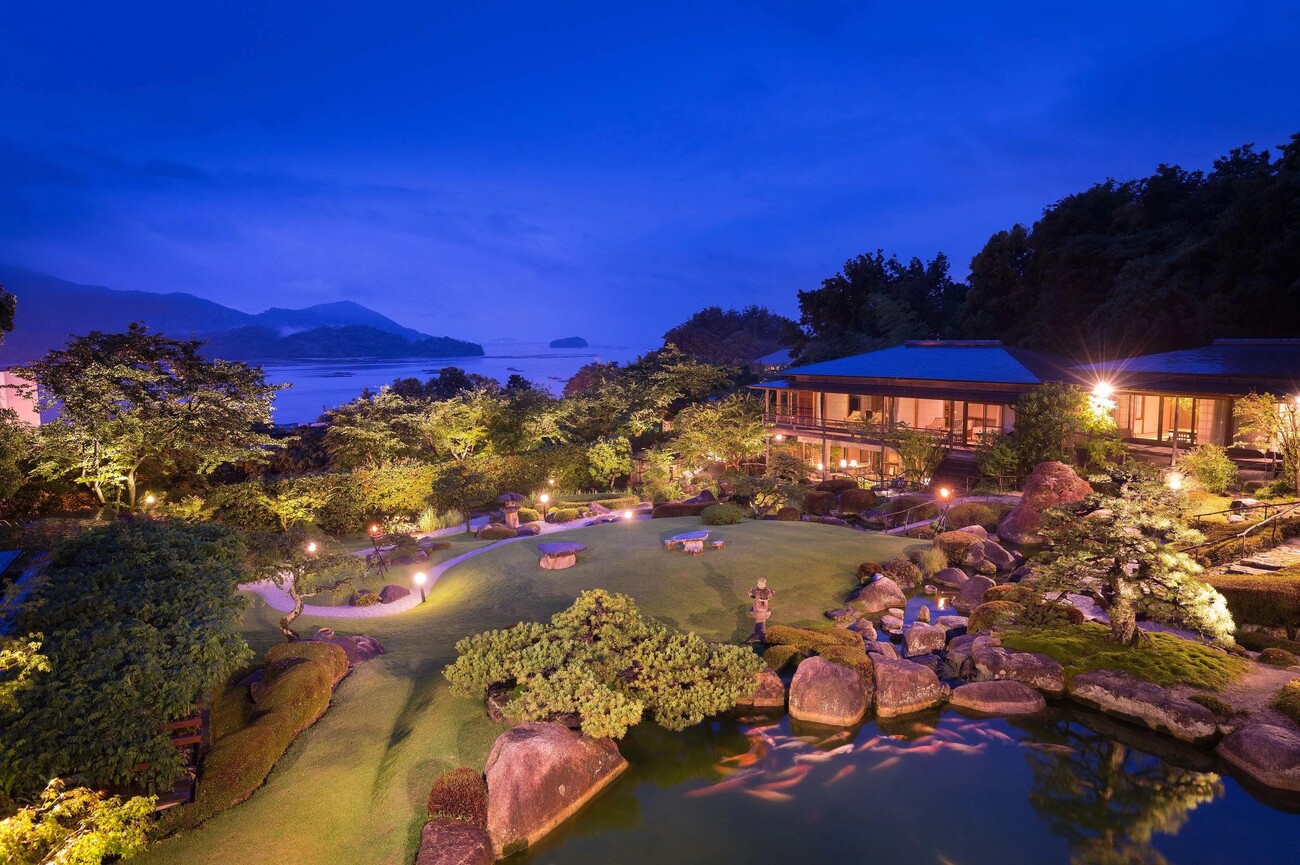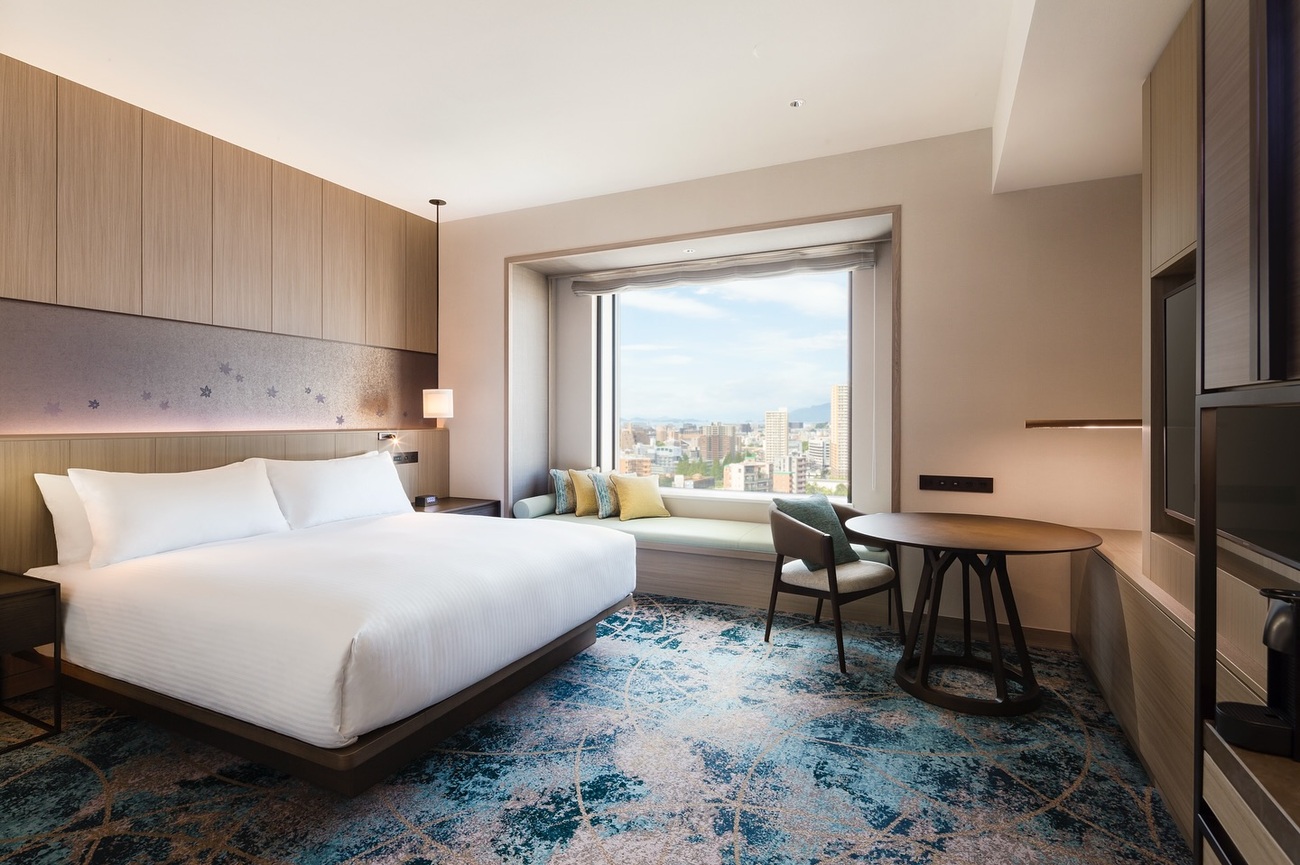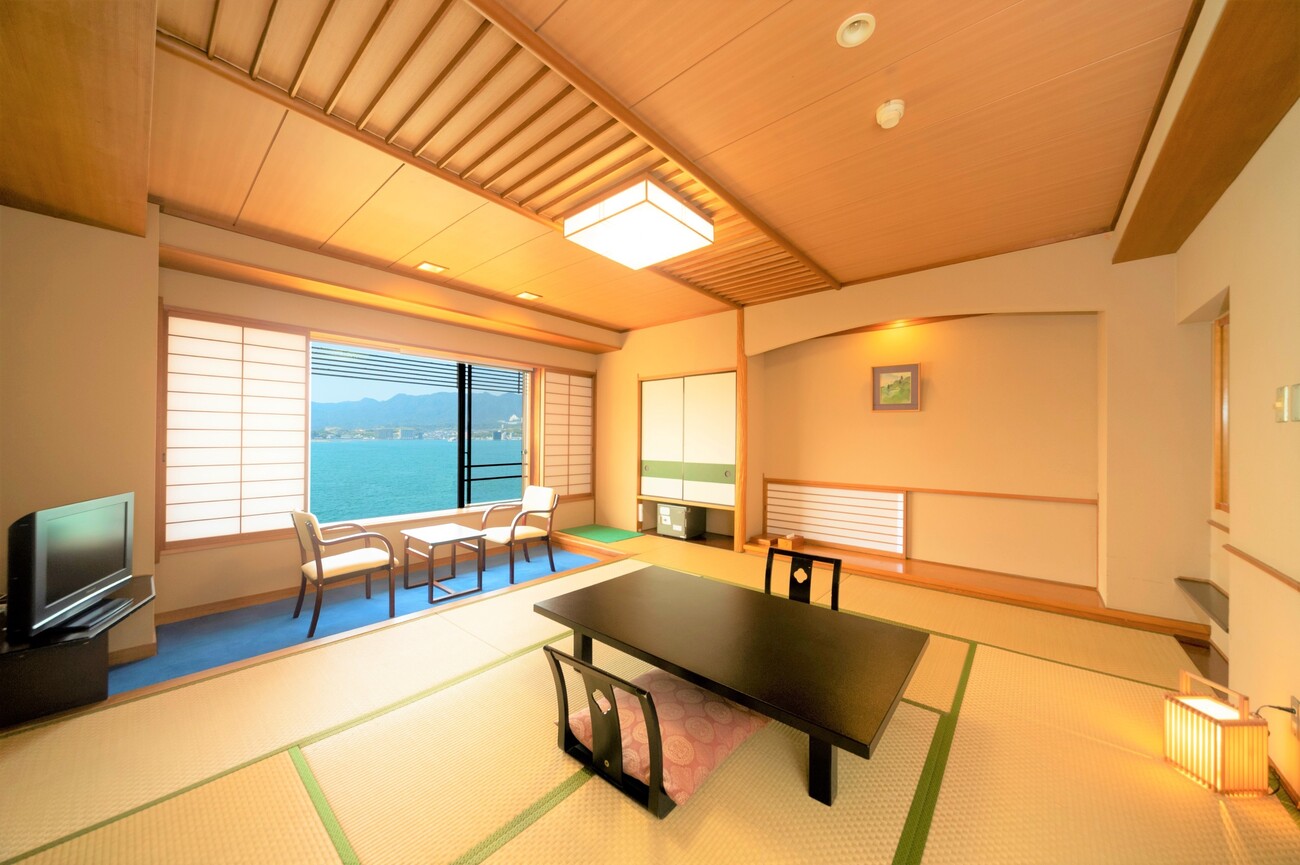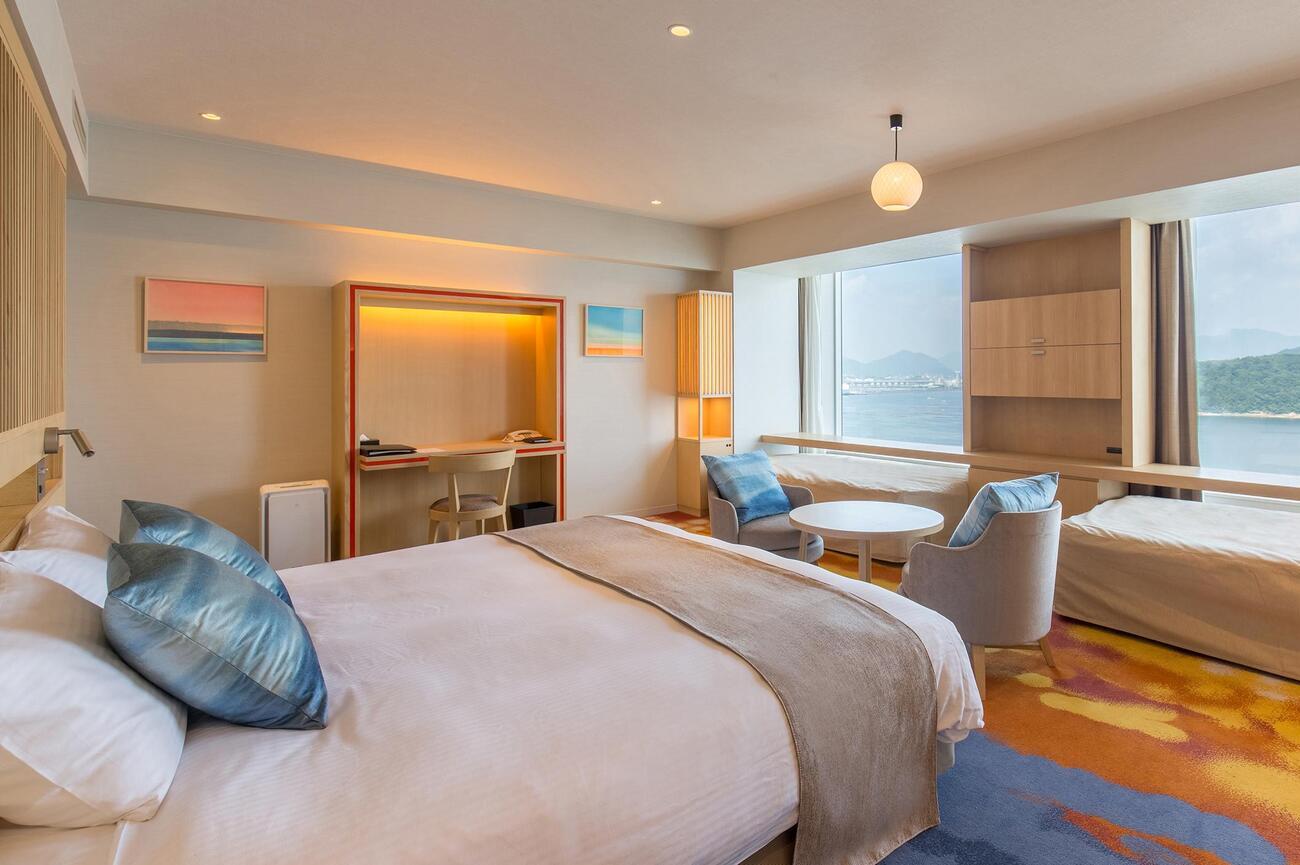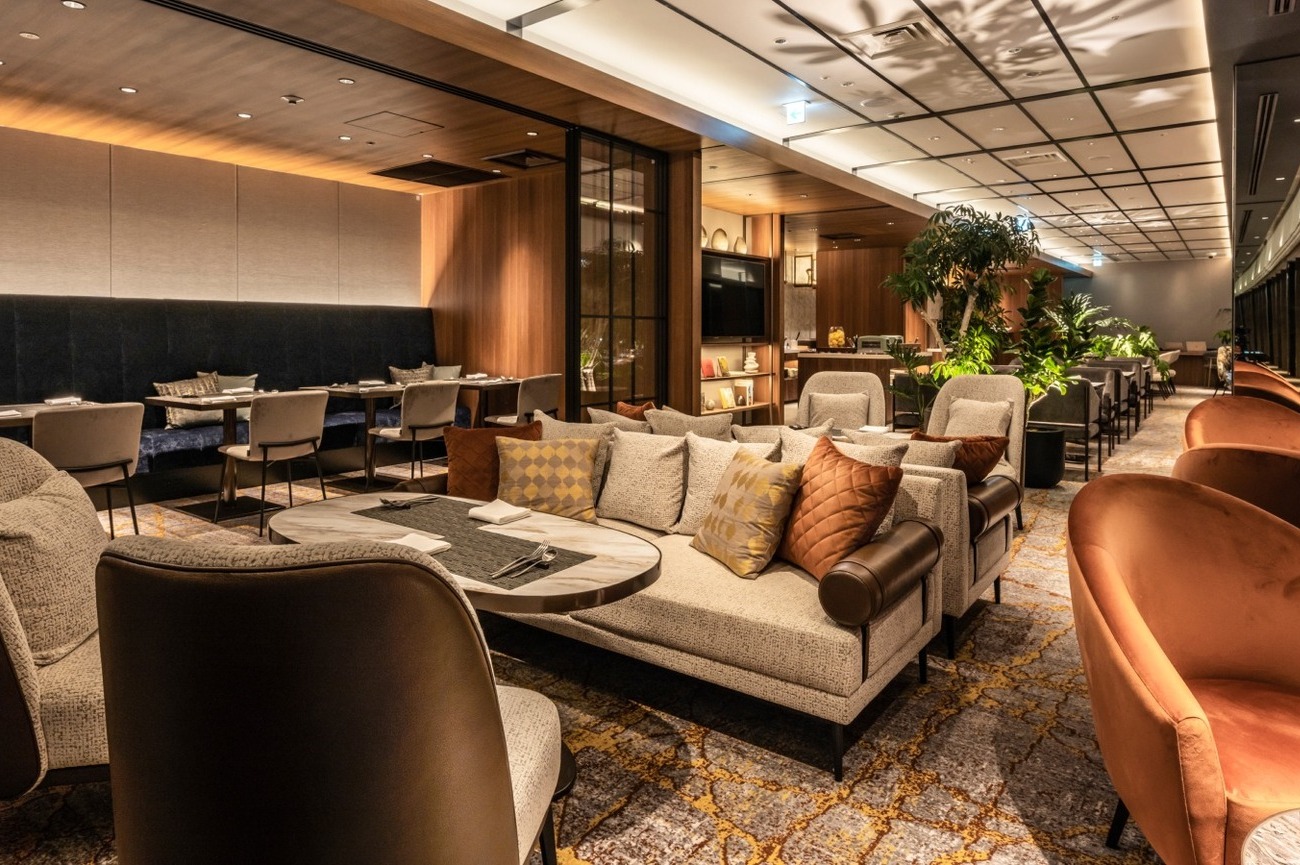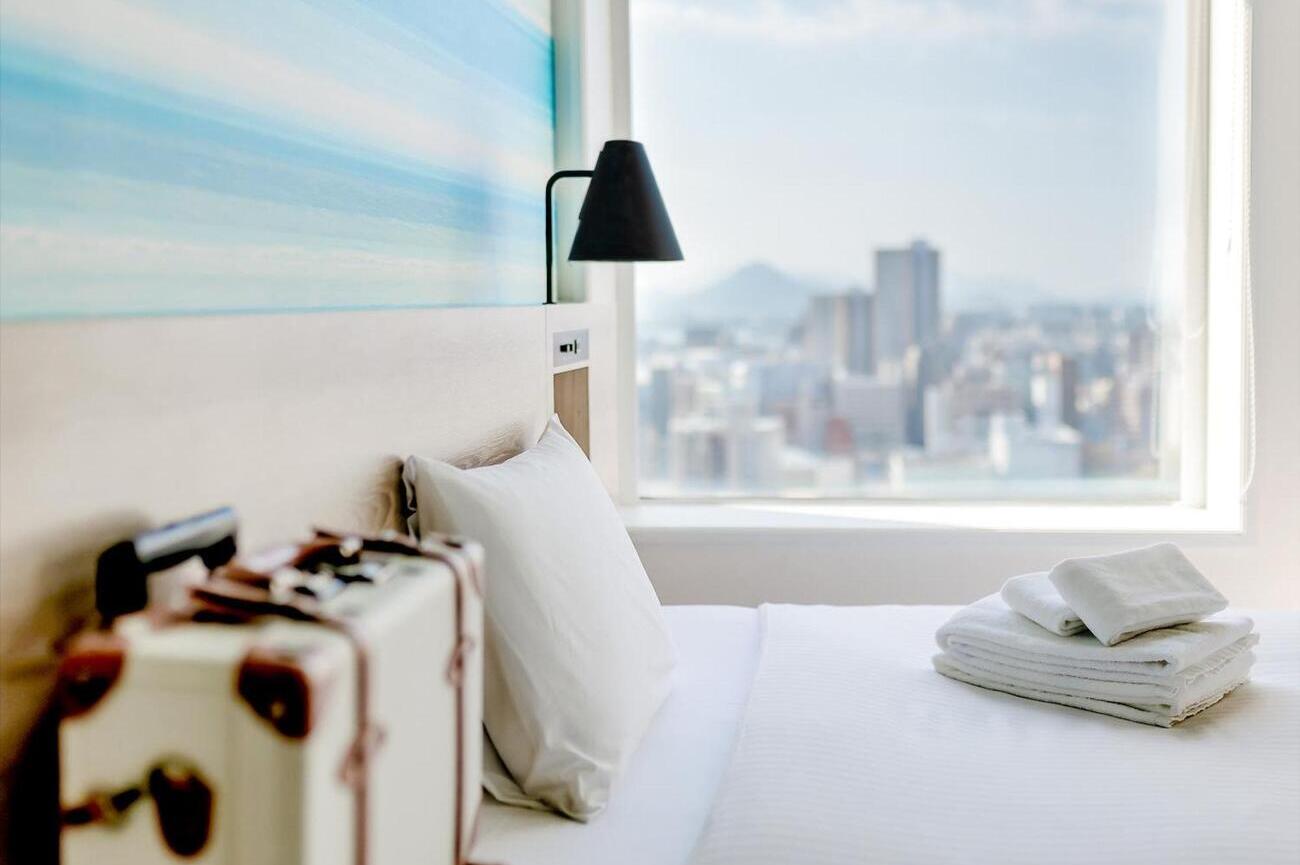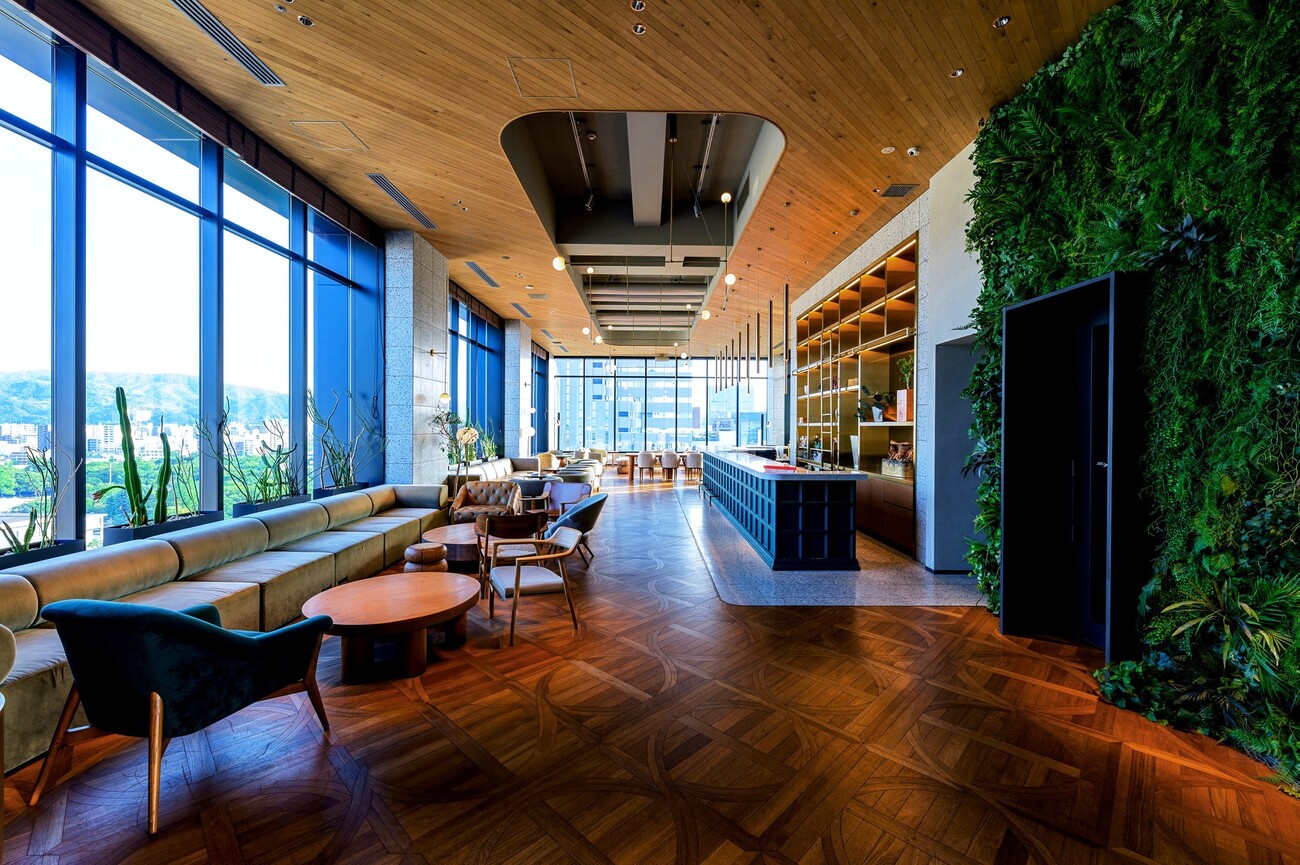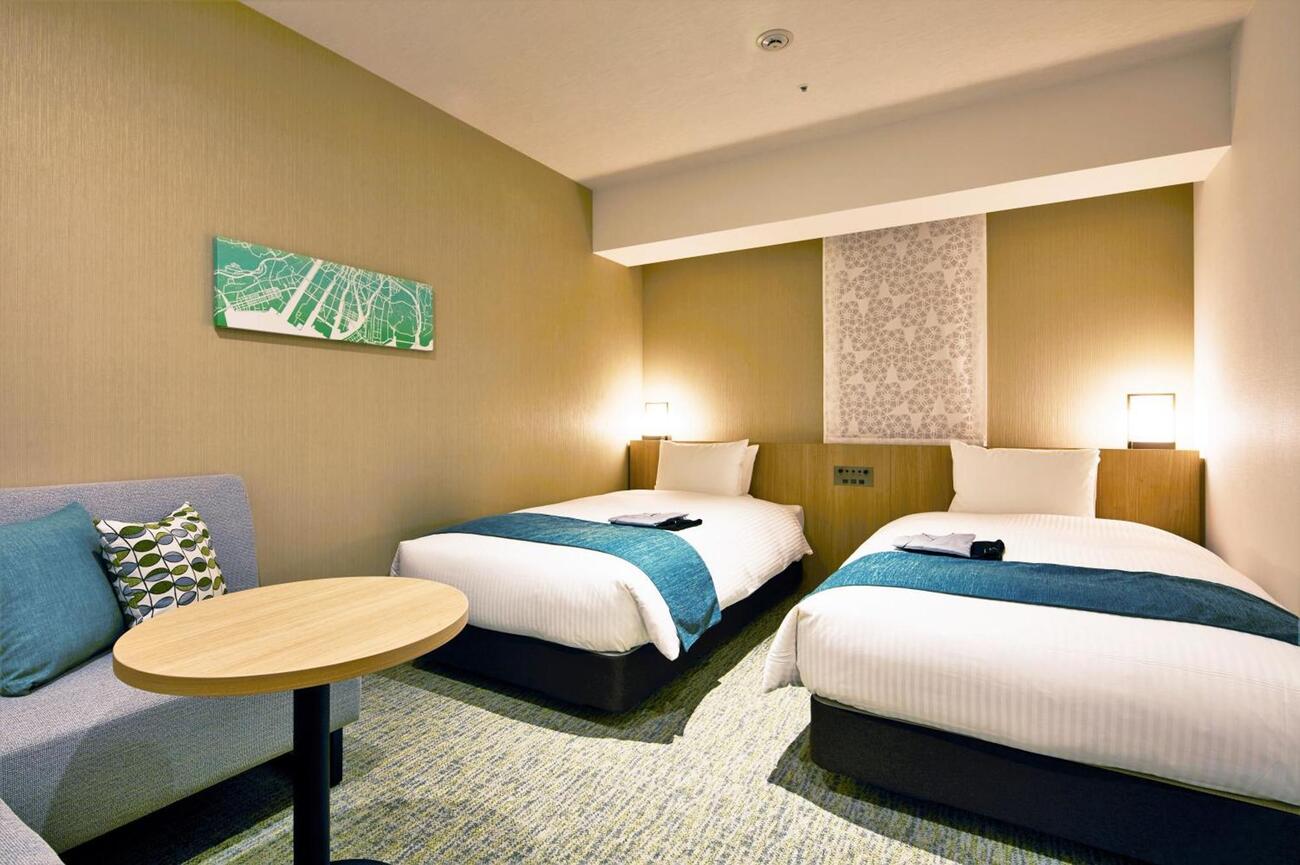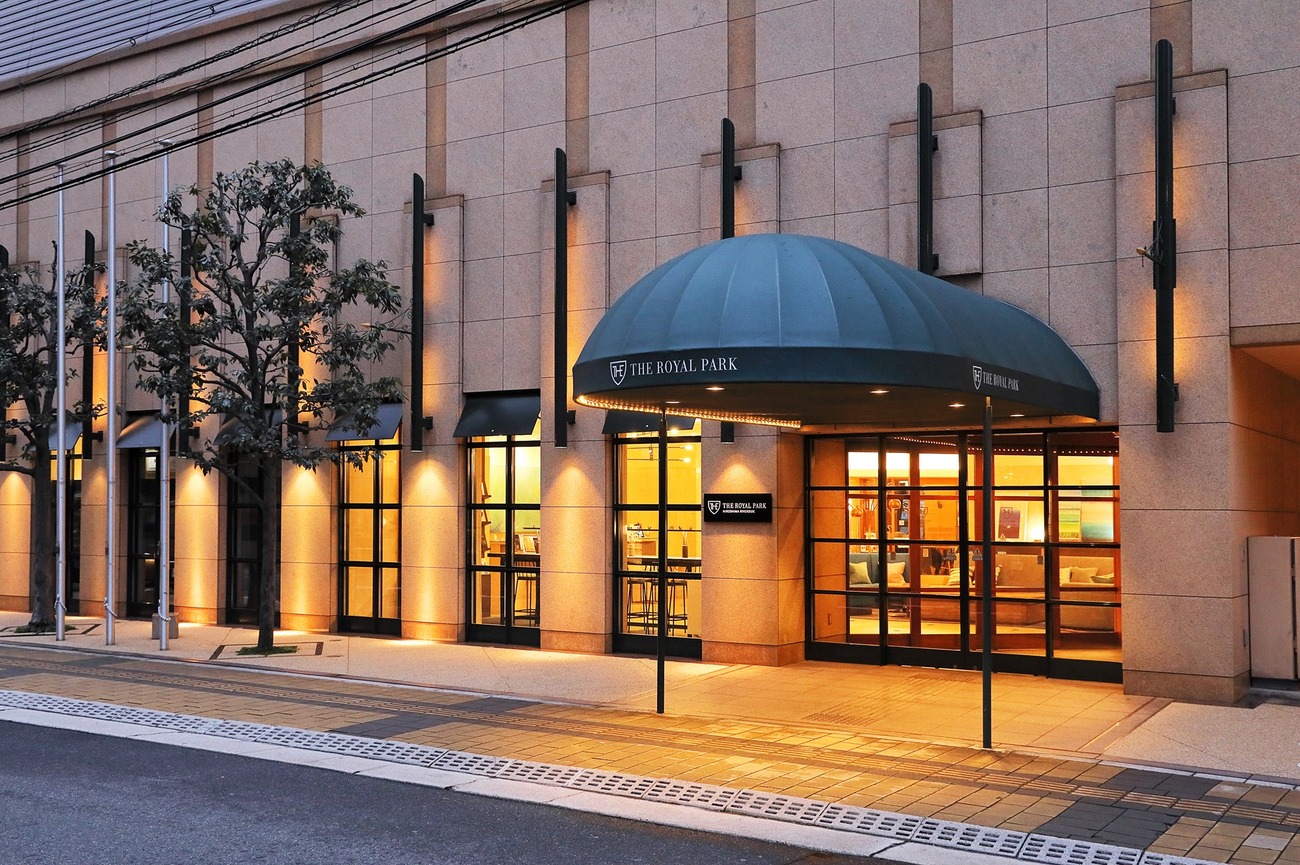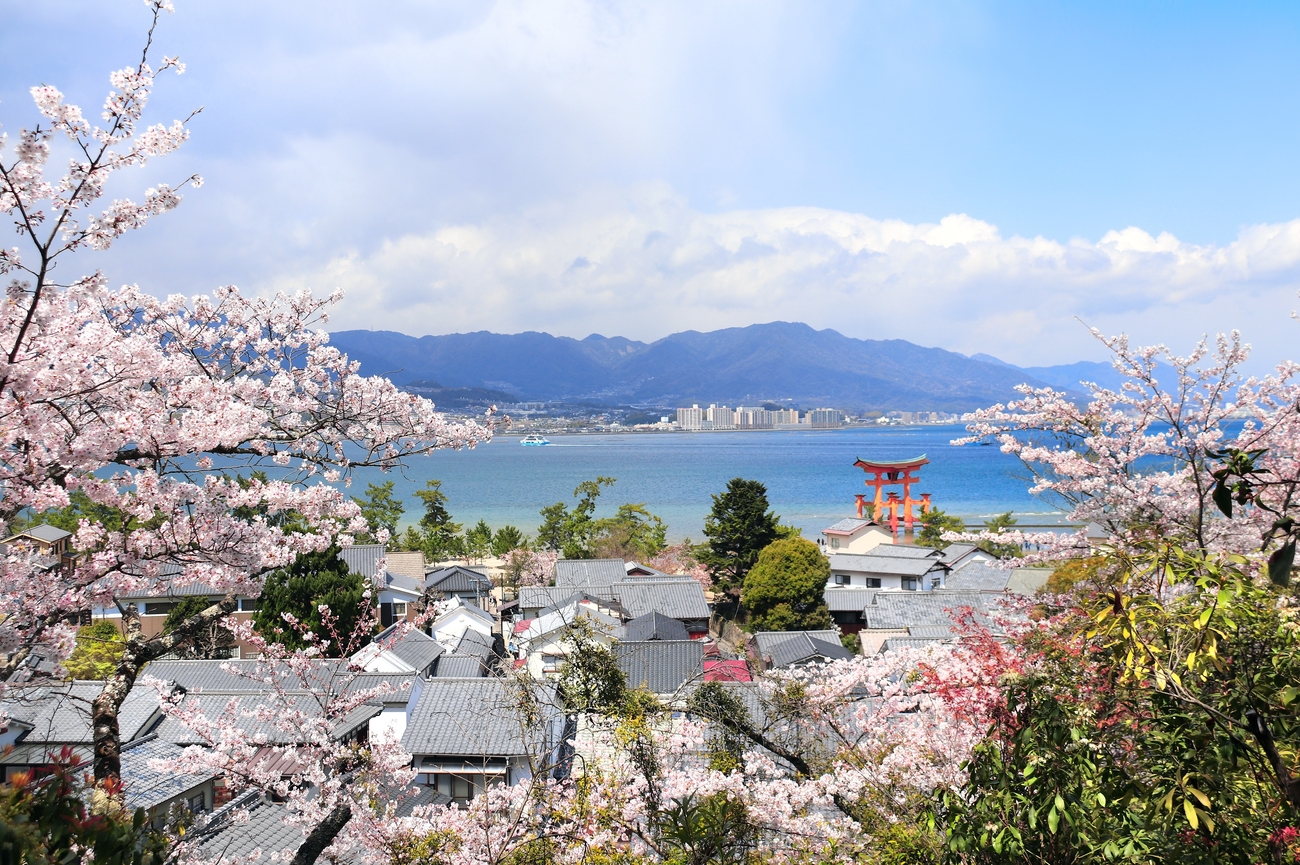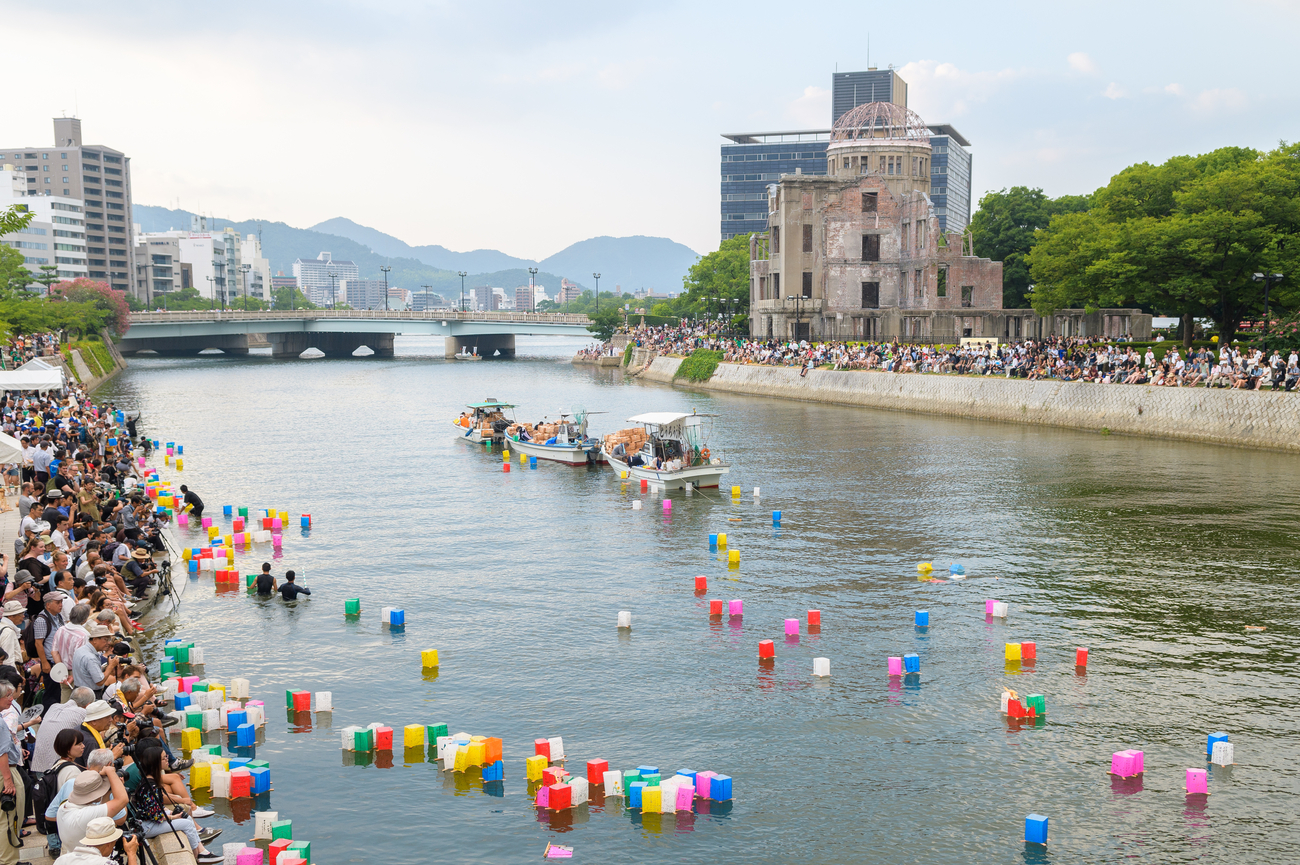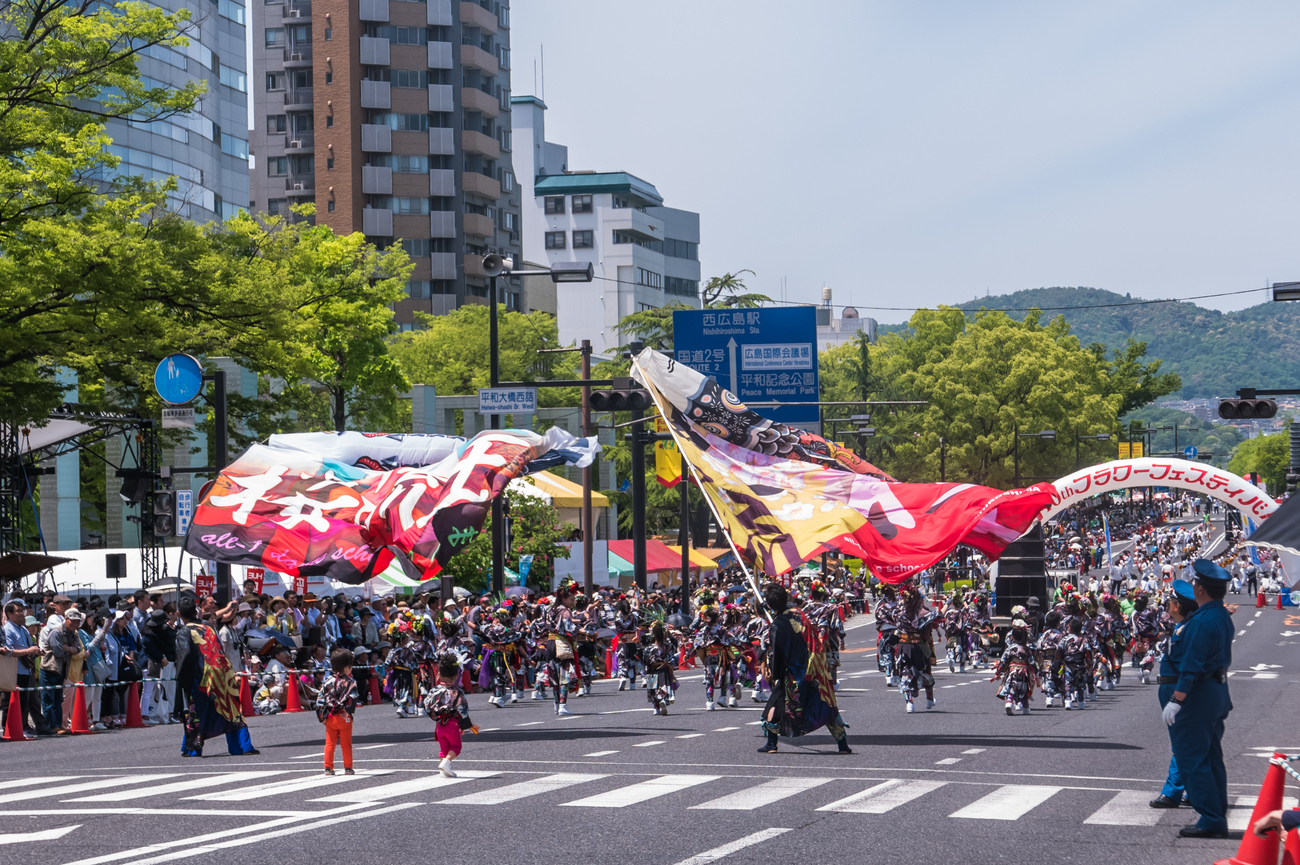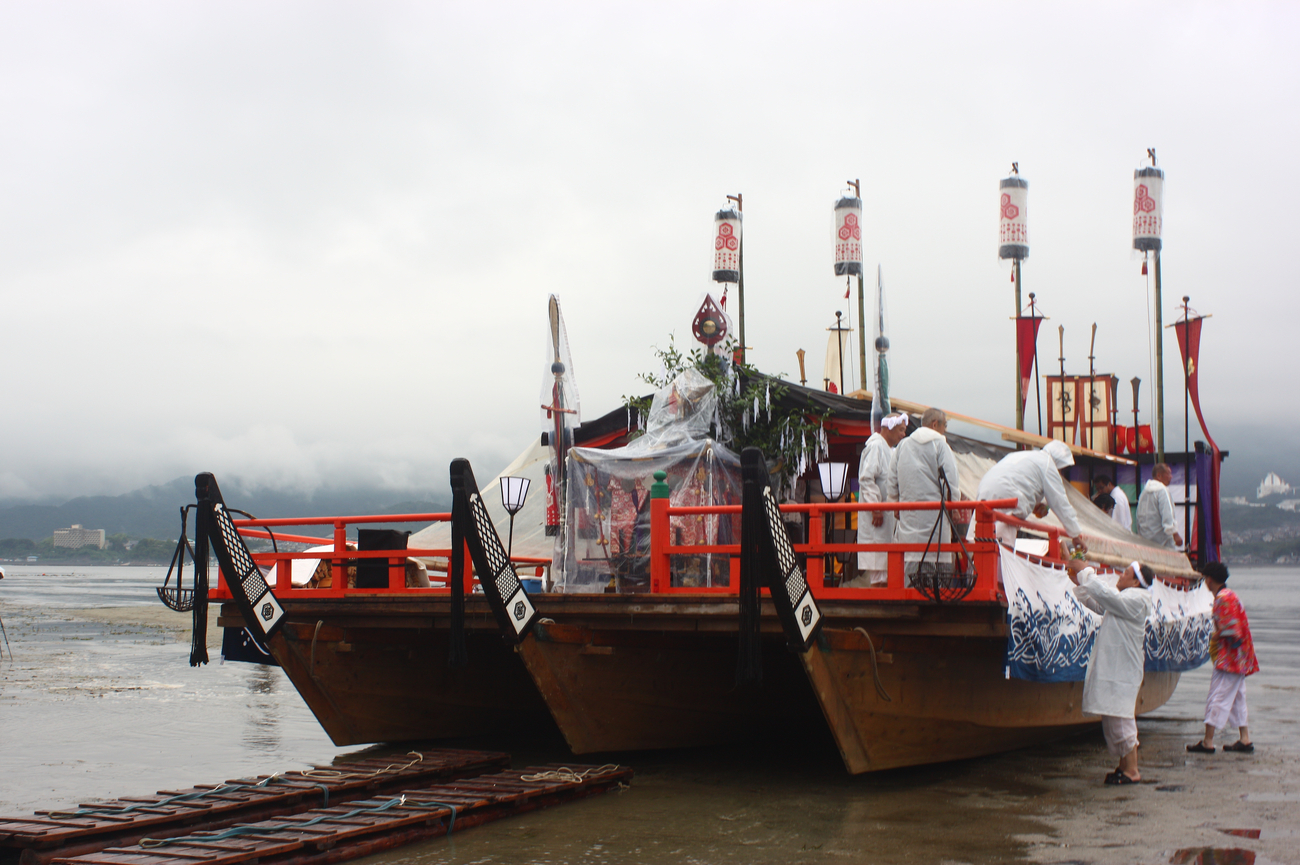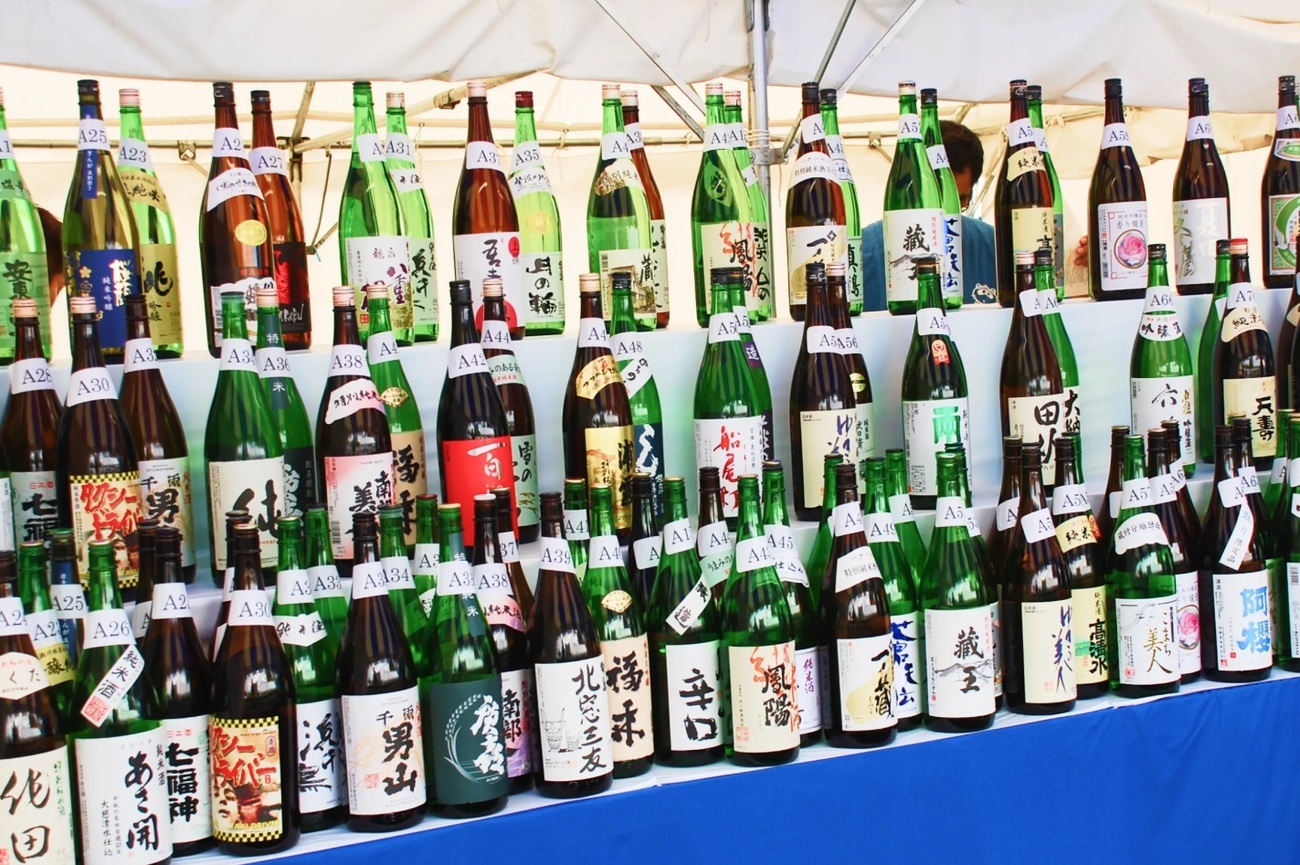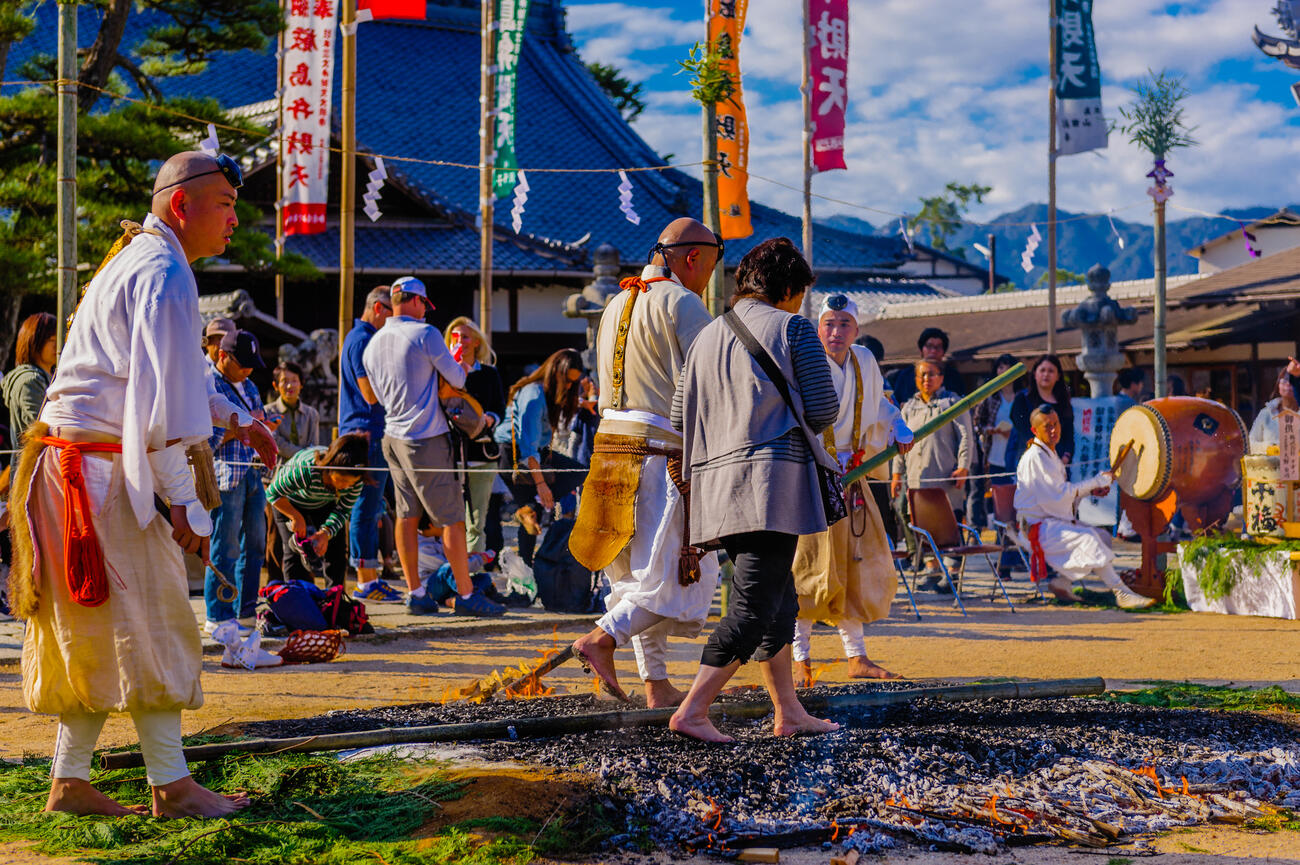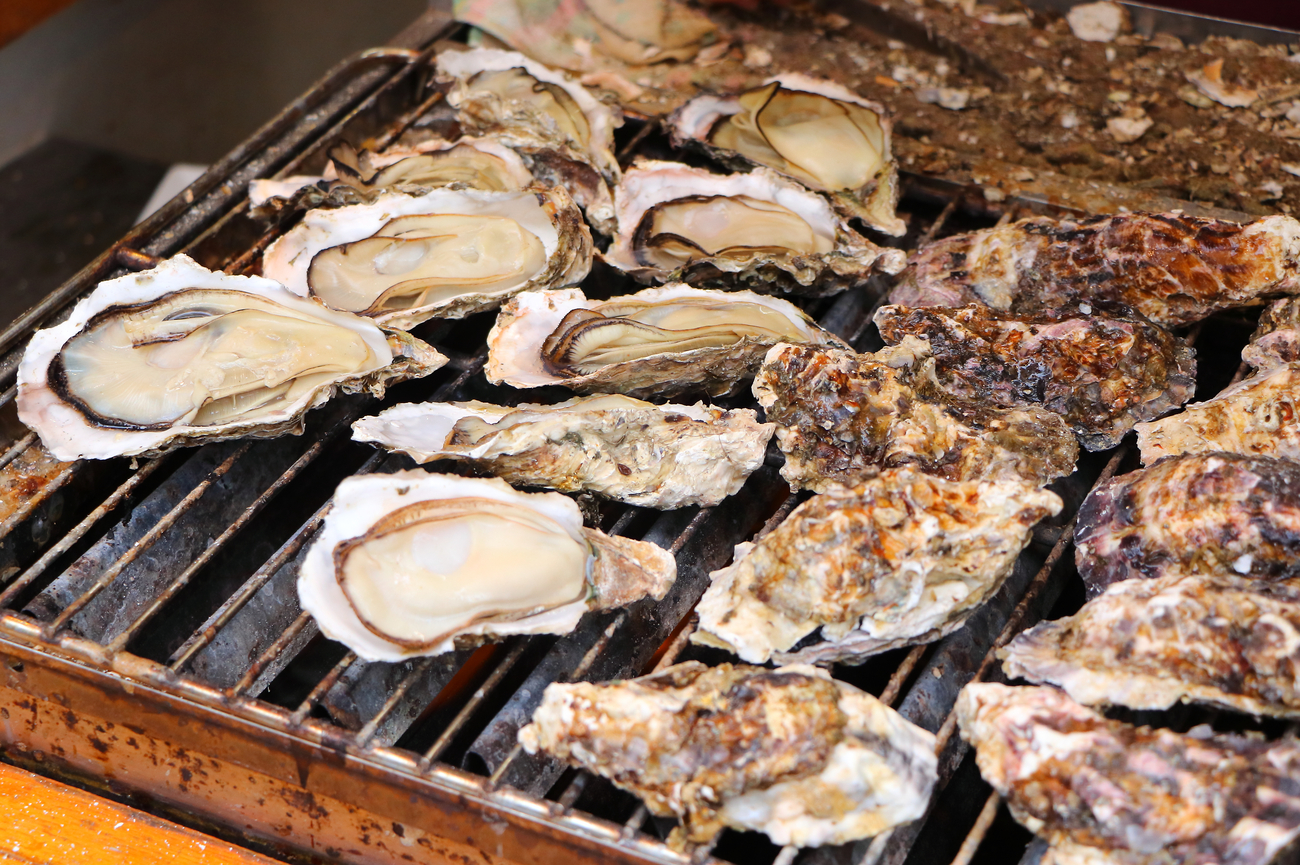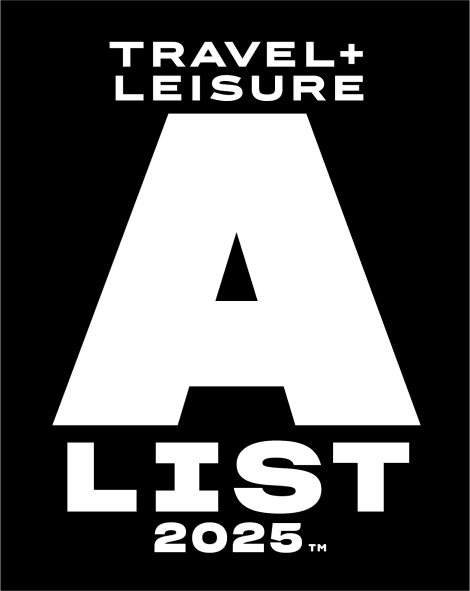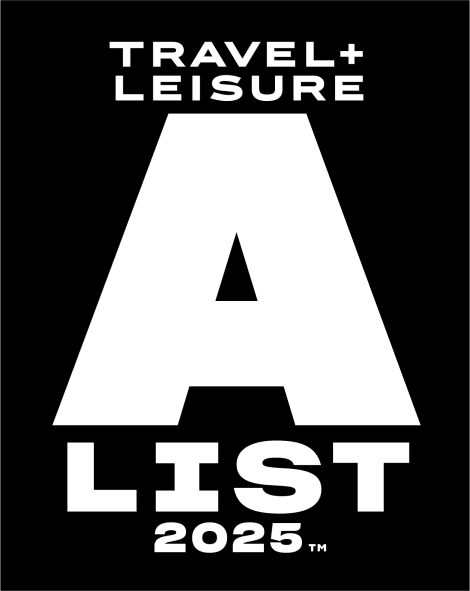Things to Do in Hiroshima: 3-Day Itinerary
What makes Hiroshima extraordinary isn’t just what happened here. It’s how the city responded. With gardens. With art. With spaces that ask you to feel, not just to see. There’s a quiet, dignified beauty to Hiroshima, a city that has turned deep scars into spaces of peace, reflection, and renewal.
In this three-day itinerary, we invite you to experience Hiroshima beyond the expected. We’ll take you deeper than the guidebooks go: to private sake tastings in historic breweries, to the inner sanctum of Itsukushima Shrine, to quiet gardens where a tea master waits with fresh wagashi. This is Hiroshima, not just the city where the first atomic bomb hits, but a city that advocates peace and a way to witness the world differently.
Day 1

Morning: Peace Memorial Park
Start your Hiroshima journey at the Peace Memorial Park. The park has been dedicated to the victims of the atomic bomb and the advocacy of world peace since 1954. Before the bombing, the area served as Hiroshima’s political and commercial centre, the reason why it was targeted. After the war, it was decided that the site would not be redeveloped, but instead preserved as a space for peace and memorial facilities.
Hiroshima Peace Memorial Museum
Make your way first to the Hiroshima Peace Memorial Museum. The museum exhibits personal artefacts, survivor testimonies, and a vivid narrative of the events of August 6, 1945. The personal stories displayed at the museum are heartbreaking and show the real, human impact of the atomic bombing. It sends a powerful message against the use of nuclear weapons and encourages reflection on how we can build a more peaceful world.
Hiroshima National Peace Memorial Hall for the Atomic Bomb Victims
Across is the Hiroshima National Peace Memorial Hall for the Atomic Bomb Victims, a circular underground hall built to remember each individual who perished. Inside the hall, there’s a space for commemorating the deceased, a portrait corner where the names and portrait of the deceased are displayed, and a memoir reading room where you can watch memoirs and video testimonies of “hibakusha” (survivors of atomic bombing).
Hiroshima Victims Memorial Cenotaph
Next to it stands the Hiroshima Victims Memorial Cenotaph, a saddle-shaped monument that frames the Eternal Flame and aligns with the Atomic Bomb Dome in the distance. It’s shaped like an ancient arch to symbolise shelter for the victims' souls. The monument is inscribed with the words, "Let all the souls here rest in peace; For we shall not repeat the evil." At the centre of the monument lies the registry of those who died from the bombing. As of August 6, 2015, it contains 108 volumes with 297,684 names, including many unidentified. Each year, Hiroshima opens the registry to air it out as part of ongoing preservation.
Children’s Peace Monument
Just a short walk away is the Children’s Peace Monument. This 9 m-high memorial was unveiled on May 5, 1958, in honor of Sadako Sasaki and the child victims of the atomic bombing. It features a bronze statue of Sadako holding a paper crane on top of a pedestal, with figures of a boy and girl on either side. Close to the monument you’ll find thousands of paper cranes sent from around the world as symbols of peace and remembrance.
Beneath the statue you’ll see a bronze crane wind chime and a peace bell hanging beneath. It is donated by Nobel laureate Hideki Yukawa, a Japanese theoretical physicist who received the Nobel Prize in Physics in 1949 "for his prediction of the existence of mesons on the basis of theoretical work on nuclear forces".
Atomic Bomb Dome (Genbaku Dome)
End the morning at the Atomic Bomb Dome, also known as the Genbaku Dome or A-Bomb Dome. A UNESCO World Heritage Site, it was once the Prefectural Industrial Promotion Hall. It’s the only structure left standing near the bomb’s hypocenter, and its skeletal ruins have been preserved exactly as they were after the bombing. Take your time here, walk around the structure and reflect.
Day 1, Morning - Hiroshima Tour Map
Afternoon: Hiroshima Castle
Also known as Carp Castle, the Hiroshima Castle was first built in 1589 by feudal lord Mōri Terumoto. It was destroyed by the atomic bomb and later reconstructed in 1958 as a museum. The museum features samurai-era historical exhibits and models. Climb to the top floor for panoramic views of the city.
Hiroshima Museum of Art
Just next door is the Hiroshima Museum of Art. The museum houses a collection of about 300 pieces of European and Japanese modern art. You’ll find Exhibition of Impressionist works by Monet, Renoir and Van Gogh.
Okonomimura
Cap the day off with a delicious okonomiyaki, Hiroshima’s most famous comfort dish. Okonomimura is a multi-storey building, home to more than 20 stalls dedicated to okonomiyaki. Each chef adds their own unique flavour and taste to okonomiyaki, but you can expect savoury layers of cabbage, noodles, egg, and seafood or pork, all cooked on teppan griddles.
Day 1, Afternoon - Hiroshima Tour Map
Day 2

Morning: Itsukushima Jinja
Depart early from Hiroshima Port or Miyajimaguchi Station and take a 10-minute ferry ride to Miyajima Island, Japan’s most revered spiritual sanctuaries. As you approach the island, you’ll see a glimpse of the iconic Itsukushima Jinja torii gate seemingly floating on the water. Time your visit during high tide to catch that postcard worthy moment. If in case you time your visit during low tide you may walk right up to its massive vermilion pillars, both offer distinct and equally magical perspectives.
The Itsukushima Shrine is a national treasure which was registered as a UNESCO World Heritage Site in 1996. It’s built over water on stilts and consists of multiple buildings, including a prayer hall, main hall and noh theater stage, which are connected by boardwalks and supported by pillars above the sea.
Senjokaku Pavilion
Take a 3-minute walk to Senjokaku Pavilion, also known as "The Hall of a Thousand Tatami Mats." This unfinished wooden hall is open-air and weathered, a striking contrast to the more polished temples of the main cities in Japan. The reason for it being unfinished was because Toyotomi Hideyoshi (one of Japan’s most powerful warlords, also the one who commissioned the building of Senjokaku) died before construction could be completed. His successor, Tokugawa Ieyasu, chose not to continue construction, likely due to shifting political priorities or religious influences.
Daisho-in Temple
Complete your morning exploration in Miyajima at Daishoin Temple, located at the base of Mount Misen. It is one of the most important temples of Shingon Buddhism. Daisho-in Temple features a variety of buildings, statues and other religious objects. Be on the lookout for monks in meditation or early-morning rituals.
Day 2, Morning - Hiroshima Tour Map
Afternoon: Miyajima History and
Folklore Museum
A short walk from Itsukushima Shrine, this museum is housed in a well-preserved Edo-period merchant residence, showcasing artifacts on the island’s maritime traditions, festivals, crafts, and daily life. For a more immersive experience, we can book a workshop on wood carving and calligraphy for you here.
Yakigaki No Hayashi
Next, it’s time to satisfy your appetite with Miyajima’s fresh oysters. Take a 10-minute walk to Yakigaki No Hayashi, a beloved oyster house known for its grilled kaki (oysters), harvested fresh from the surrounding waters. Order a seasonal set menu featuring oysters served every way imaginable: raw, smoked, baked in butter, or steamed in sake. Pair your meal with a glass of chilled local junmai ginjo sake for the perfect seaside indulgence.
Miyajima Omotesandō Shopping Street
Just a stone’s throw away, wander through the Miyajima Omotesandō Shopping Street. The shopping street is lined with artisanal boutiques, confectionery shops, and traditional craft stalls. Look out for hand-carved rice scoops (shamoji), delicate momiji manju (maple-leaf shaped sweets), and handmade chopsticks engraved on the spot.
Day 2, Afternoon - Hiroshima Tour Map
Day 3

Morning: Mitaki-dera
Your last day in Hiroshima begins away from the city’s centre, in the quiet, forested hills of Mitaki, Mitaki-dera. The temple dates back to the 9th century and is especially captivating during autumn when maple leaves ignite in crimson and gold. The temple’s three waterfalls gave it its name “mitaki” (meaning three waterfalls), and they’re considered sacred. There are several wooden buildings from the late Edo to early Meiji period that still stand, including halls, a bell tower, an Inari shrine, and a Sanki Gongen hall
Hiroshima Tōshōgū Shrine
Next, take a 14-minute drive back to the city and make a short detour to Hiroshima Toshogu Shrine. It enshrines the first Shōgun of the Tokugawa Shogunate, Tokugawa leyasu, the successor of Toyotomi Hideyoshi. The shrine features brilliant vermilion gates, dragon carvings, and staircase framed by lanterns and cedar trees.
Day 3, Morning - Hiroshima Tour Map
Afternoon: Shukkeien Garden
Return to the city centre and begin your afternoon at Shukkeien Garden, a beautifully curated Edo-period stroll garden whose name means “shrunken scenery” the perfect depiction of its miniature landscapes. Around the garden's main pond there are a number of tea houses which offer visitors ideal views of the surrounding scenery while enjoying a sip of tea.
Hiroshima Prefectural Art Museum
Just across the road, visit the Hiroshima Prefectural Art Museum. The museum houses over 5,000 works, including art works tied to the Hiroshima region, Japanese and Asian crafts, and pieces from the 1920s–’30s such as Salvador Dalí’s Dream of Venus. The museum rotates its displays roughly four times a year and hosts about six special exhibitions annually, accompanied by lectures and performances.
Hijiyama Park
Wrap up your Hiroshima journey with a gentle uphill stroll through Hijiyama Park. The park is best known to locals for its cherry blossoms and city views. It’s also home to the Hiroshima City Museum of Contemporary Art, Japan’s first public museum dedicated to contemporary art, and Hiroshima City Manga Library. Both can be found when you reach the main portion of the park at the top.
Day 3, Afternoon - Hiroshima Tour Map
Other Things to Do in Hiroshima
- Hiroshima Botanical Garden: Located in the western hills, the botanical garden features over 10,000 plant species, including orchids, bonsai, and tropical flora. It’s a nice spot for a morning walk or picnic, with stunning views over the Seto Inland Sea from its upper terraces.
- Yamato Museum (Kure Maritime Museum): A must-visit if you’re a naval history fan. The museum explores the story of the battleship Yamato and Japan’s maritime legacy. The exhibits are immersive and interactive, featuring a stunning 1:10 scale model of the Yamato, one of the largest battleships ever built.
- MAZDA Museum: For the car lovers out there, this one’s for you. Hiroshima is the birthplace of Mazda, and this sleek, modern museum offers an inside look at the company’s design philosophy, engineering breakthroughs, and vision for the future.
- Hiroshima City Forest Park: Perfect for light hiking, forest bathing, or a scenic drive. The forest park features wildlife areas, walking trails, and panoramic viewpoints. It's a beautiful detour especially in spring or early summer.
- Hiroshima City Museum of Contemporary Art: Located in Hijiyama Park, the museum was recently reopened after renovation. The museum features both Japanese and international artists, as well as a peaceful sculpture garden.
- Former Hiroshima Branch of the Bank of Japan: One of the very few buildings that withstood the atomic blast, this preserved site offers a quiet, often uncrowded reflection on Hiroshima’s economic past.
- Sengoku no Niwa Historical Museum: A fascinating stop for samurai history lovers, this museum recreates life during the Sengoku period with detailed exhibits, dioramas, and replica armour. It’s a small yet thoughtfully curated venue.
Day Trips from Hiroshima
- Miyajima: If you still have not enough of Miyajima on our Day 2 itinerary. Miyajima can easily be revisited for more time with Mount Misen’s panoramic hiking trails or explore a couple more shrines we haven’t covered on our Day 2 itinerary.
- Onomichi: Located in the southeastern part of Hiroshima. Onomichi is a popular tourist destination known by various names: "town of slopes," "town of movies," and "town of cats." Here, you’ll find the Neko no Hosomichi a.k.a. "Cat Alley" it’s a 200-meter-long street filled with cat-themed decoration and many real cats that inhabit the area.
- Iwakuni: Famous for the iconic Kintaikyo Bridge, a wooden arch bridge best visited during cherry blossom season. Combine this with a ropeway ride to Iwakuni Castle for stunning river views.
- Fukuyama: Known for Fukuyama Castle, Myōō-in Temple, and access to the art-forward island of Tomonoura, which inspired Studio Ghibli’s Ponyo.
- Ninoshima: An island in the Seto Inland Sea, just 20 minutes by ferry from Hiroshima Port. It was initially a quarantine station for the Japanese military, and then became a makeshift hospital for the bomb victims. Today, it offers nature trails, a local history museum, and quiet beaches.
- Sandan-kyō Gorge: If you’re a lover of nature adventure, Sandan-kyō Gorge is the place for you. This national scenic spot features jade-coloured waters, waterfalls, and boat rides through narrow cliff channels. Best time to visit in spring or autumn.
- Shimanami Kaidō: A 60km long road that connects Onomichi City, Hiroshima Prefecture and Imabari City. It’s home to Japan’s first bicycle path. There are bicycle rental services within the area, and you can spend even a half-day cycling on this world-famous route.
UNESCO World Heritage Sites in Hiroshima
- Atomic Bomb Dome (Genbaku Dome): The skeletal remains of the former Prefectural Industrial Promotion Hall of Hiroshima have been preserved exactly as they stood on August 6, 1945. The Dome stands at the centre of Hiroshima’s story as a globally recognised symbol of peace.
- Itsukushima Shrine: Floating gracefully on the waters of the Seto Inland Sea, the Itsukushima Shrine on Miyajima Island is a masterpiece of Shinto architecture. The shrine’s vermilion torii gate is one of Japan’s most iconic images.
- Iwami Ginzan Silver Mine and its Cultural Landscape: Located a bit farther in Shimane Prefecture (around 2.5–3 hours from Hiroshima), this World Heritage Site was once one of the world’s most productive silver mines, it’s now a quiet village of restored samurai residences, shrines, and walking paths through forest.
Golf Courses Near Hiroshima
- Setouchi Golf Resort: An 18-hole, par‑72 golf course overlooking the Seto Inland Sea in Takehara. The course is designed with rolling terrain and water hazards. It offers strategic challenges for golfers of all levels.
- Hiroshima Country Club Saijo Course: Located just a 5‑minute drive from Higashi‑Hiroshima, this 18‑hole, par‑72 golf course features a flat layout lined with pine forests, with single and paired tree hazards and cross bunkers for additional challenge.
- Higashi-Hiroshima Country Club: This 36-hole golf course is a popular choice for female golfers due to its accessibility from Hiroshima city. If you are worried about the strong sunlight, heat, and sunburn in the summer, the golf course also features a night golf.
- Kure Country Club: Located in Yasuura, Kure City. This hilltop 18-hole, par‑72 course features rolling fairways lined with pine forests, tree hazards, and cross bunkers. Facilities include a full-service clubhouse, driving range, GPS-equipped carts.
Racecourses Near Hiroshima
- Fukuyama Keiba (Fukuyama Racecourse): Located about an hour’s drive from central Hiroshima, this compact track offers a casual, crowd-friendly race day experience. The facilities are modest and it’s best to visit during one of the seasonal festivals when local food stalls and sake vendors add flavour to the race day experience.
Ski Resorts Near Hiroshima
- Mizuho Highland: Located about 90 minutes from Hiroshima, Mizuho is the largest and most developed ski resort in the region. With over a dozen runs ranging from beginner-friendly slopes to steep expert trails, it caters to all levels of skiers and snowboarders.
- Osorakan Snow Park: Located in the Osorakan Mountains near the Hiroshima-Yamaguchi border. Although less extensive compared to Mizuho, Osorakan Snow Park offers a charming local vibe and beautiful forested runs. There are snowshoeing trails and snow play areas perfect for a relaxed winter day out.
Vineyards Near Hiroshima
- Hiroshima Miyoshi Winery: Located in Miyoshi City, just over an hour north of Hiroshima. Here, you can tour the production facilities, watch bottling, and sample both standard and premium TOMOÉ wines. Many of which have won awards at domestic and international competitions.
Brewery Tours and Sake Tasting in Hiroshima
- Kamotsuru Sake Brewery: The pioneer in Ginjo sake brewing. The brewery was founded in 1873 and is famous for producing sake presented to the Japanese Imperial Family. Even serving dignitaries like former U.S. President Obama on his state visit.
- Fukubijin Sake Breweries: Known as a former training hub for master brewers, Fukubijin was called the Saijo Brewing School and has produced many outstanding master brewers. Tasting experiences often include a seasonal snack pairing.
- Kamoizumi Sake Brewery: If you want something more adventurous and want to veer off the usual clean, crisp standards, look no further than Kamoizumi Sake Brewery. Their rich, earthy brews are well-suited to those who want something new.
- Saijotsuru Brewery: Known for its hands-on approach and dedication to traditional brewing. Saijotsuru brewery uses a unique underground spring and small-batch methods. Using soft water and time-honored methods, it produces sake with a smooth, rich flavor beloved by locals.
- Hakubotan Brewery: One of the oldest sake breweries in Hiroshima. Here, you can enjoy a calm, nostalgic atmosphere while sampling some of their finest such as, Hyoka, an unfiltered sake that has been freshly frozen in a special way, and plum wine soaked in Daiginjo-shu.
- Kirei Sake Brewery: Established in 1887. The brewery is famous for its smooth, rich sake made with local ingredients. Enjoy a guided tour of their historic brewery, where you’ll learn about the traditional brewing process and taste various sakes including the Yoshidaya’s Sake," a limited sake especially blended by the brewery.
Luxury Spa & Wellness Experiences in Hiroshima
- Sekitei Ryokan: A sanctuary hidden in the hills of Miyajima, Sekitei is more than just a ryokan. Their private open-air onsen (hot spring baths) offer a relaxing soak, best enjoyed at sunset or under a canopy of stars. Here, you can request in-room aromatherapy treatments and seasonal kaiseki meals.
- Spa by L’OCCITANE at Hilton Hiroshima: Located on the hotel’s 5th floor, this is the first Hilton-branded L’OCCITANE spa in the Chugoku–Shikoku region. It features four treatment rooms with private showers and powder areas, along with a relaxation lounge. The spa offers all‑hand massage, facials, body treatments, and express options like scalp, hand, or foot massages using L’OCCITANE’s signature products.
Observatories in Hiroshima
- Hiroshima Orizuru Tower: Located beside the Peace Memorial Park. From up here, you can enjoy uninterrupted panoramic views of the Atomic Bomb Dome, the Motoyasu River, and the surrounding skyline. Here, you may also fold your own paper crane (orizuru) and release it into the glass-walled “Orizuru Wall” a symbolic gesture of peace.
- Ogonzan: Located in Kure, Ogonzan offers stunning views over the Seto Inland Sea and the port city below. It’s especially beautiful at sunset, and a favourite among local photographers and couples.
- Niitakayama Castle Ruins: Located in the hills northeast of Hiroshima, this observatory sits where a Sengoku-period castle once stood. The ruins are minimal, but the view is vast especially in autumn when the forested slopes ignite in colour.
- Haigamine Observatory: Described as one of Japan’s top 100 views. The view is breathtaking and offers a unique look over the city of Kure, near Hiroshima. Up here, you’ll see twinkling shipyards, the island-dotted coastline, and even glimpses of Shikoku on clear days.
Exclusive Workshops & Immersive Experiences in Hiroshima
- Lacquer Workshop: Discover the world of urushi (lacquerware) in a hands-on session guided by a local craftsman. Learn traditional techniques and gold detailing using maki-e, then take home your personal finished product for keepsake.
- Kumano Brush Making: Hiroshima’s Kumano town is recognised globally for its calligraphy and makeup brushes, even luxury beauty brands source from here. In this workshop, you’ll learn how to craft your own personalised brush, choosing the hair type, handle, and inscription.
- Watch Hiroshima Kagura: Hiroshima Kagura is a captivating form of sacred dance-drama with elaborate costumes and live music. English interpretation and subtitles are provided. Regular performances are held every Wednesday evening at the Hiroshima Prefectural Citizen's Culture Center.
- Tea Ceremony and Wagashi Tasting: Step into a tatami-mat tea room with a local chajin (tea master) and experience the elegant flow of chanoyu (tea ceremony). Pair your matcha with seasonal wagashi (Japanese sweets) made fresh that morning.
- Learn Japanese Chess (Shogi): Meet with a local shogi expert and learn the basics of Japan’s chess-like strategy game. This is perfect for intellectually curious travellers or those travelling with older kids. Sessions can be casual or more immersive with historical context and gameplay tips.
- Kimono and Tea Ceremony in Miyajima: Dress in a kimono and enjoy a slow walk through the quiet corners of Miyajima, followed by a seated tea ceremony with views of the Seto Inland Sea.
Things to Do with Kids in Hiroshima
- Asa Zoo: Home to over 150 species including lions, giraffes, and Japanese serows, it’s an easygoing outing perfect for children under 12. The zoo’s petting area called Pīchiku Park and pony rides are some of the best spots within the zoo.
- Hiroshima City Forest Park Insectarium: Part of Hiroshima City Forest Park, this beautifully curated insectarium is ideal for curious kids. The displays are interactive and seasonally themed, from vivid beetles to colorful butterflies.
- Numaji Transportation Museum: Perfect for little train lovers, this museum features life-size vehicles, train simulators, and hands-on exhibits on how transportation systems work.
- 5-Days Children's Cultural Science Museum: A hands-on science and cultural centre designed specifically for children. With interactive stations on everything from physics to Japanese calligraphy, it's both educational and fun.
- Miyajima Public Aquarium: Located on Miyajima Island, this modern aquarium focuses on Seto Inland Sea marine life. Watch sea otters, jellyfish, and playful penguins, and enjoy a touch pool experience for younger children.
- Ōkunoshima Island: Just a short ferry from Tadanoumi Port, this island is home to hundreds of friendly, free-roaming rabbits. Here, you can rent bikes, explore the coastal paths, and bring veggies to feed the bunnies.
- Serakogen farm: Best to visit in spring or summer, this flower farm blooms with tulips, lavender, and sunflowers depending on the season. Breath fresh air and enjoy the wide-open fields and gentle slopes.
Where to Eat in Hiroshima
- Seasonal Cuisine Nakashima: A Michelin-starred hidden gem. Chef-owner Nakashima prepares elegant kaiseki courses that change with the season, drawing from both land and sea. Their course menu is made with seasonal and local ingredients, with an emphasis on the flavor of the ingredients, and each dish is prepared with care.
- Chisou Sottakuito: A 12-seat kappo-style restaurant in central Hiroshima specializing in dashi-based cuisine. The chef uses Hiroshima’s soft spring water to prepare three distinct types of dashi, each matched to specific seafood dishes in the omakase course.
- Akai: Located in a renovated 80-year-old house on a hill in Miyajima. Chef Kenji Akai, offers a single omakase menu for lunch and dinner, featuring ten course meals tailored to seasonal ingredients sourced directly from local producers.
- Nagataya: A popular Hiroshima-style okonomiyaki spot just a few blocks from the Peace Park and Atomic Bomb Dome. It’s consistently ranked highly on TripAdvisor and booking is on a first-come, first-served basis.
- Momijido Main Store: A family-run confectionery on Miyajima’s Omotesando shopping street. It’s famous for its classic momiji manju: a maple-leaf-shaped cakes filled with red bean, matcha, cream, or cheese, and its signature Fried Momiji®, which are skewered, tempura-fried cakes served hot upon order.
- Yagenbori Hassho: One of Hiroshima’s most famous okonomiyaki restaurants. The signature dish is the Hiroshima-style pancake layered with cabbage, noodles, pork, and egg, cooked slowly on a teppan grill right in front of you. The restaurant also serves teppanyaki dishes like grilled oysters and beef tongue.
- Sushi Naka: A well-regarded sushi counter in central Hiroshima. It’s small and intimate. Reviewers on TripAdvisor praise the chef’s selection of nigiri, sashimi, and rolls, with each piece described as “perfect.” The chef and his wife are noted for their attentive, friendly service.
Where to Stay in Hiroshima
- Sekitei: This 5-star hotel has been awarded two Michelin Keys and recognition for its garden design. Each detached villa offers private hot-spring baths fed by low-alkaline, radon-rich water, tatami floors, and modern amenities like air conditioning and Wi‑Fi.
- Hilton Hiroshima: This 5-star hotel is conveniently located near the Peace Memorial Park. The hotel features city or Inland Sea views. Dining options include four restaurants and the ZATTA Bar & Lounge, while the FLOW café offers grab‑and‑go items and live entertainment.
- Hotel Miyarikyu: This 5-star hotel located in Miyajima features ryokan style rooms with Japanese and Western layouts and options for sea, mountain, or town views. One of the highlights is the waterfront location overlooking the iconic torii gate.
- Grand Prince Hotel Hiroshima: This 4-star resort-style hotel located on the coast of Hiroshima Bay offers sea or city view rooms, where you can enjoy local specialties such as Hiroshima oysters and okonomiyaki. The hotel features breakfast with breathtaking 360-degree views.
- ANA Crowne Plaza Hiroshima: This 4-star hotel located 5-minutes away from Peace Memorial Park, features modern interiors and access to a lounge with panoramic city and Seto Inland Sea views.
- Mitsui Garden Hotel Hiroshima: This 4-star hotel features modern interiors, compact yet well-equipped. On the 25th floor, guests can access the exclusive Hotel Lounge, offering panoramic city and Seto Inland Sea views and complimentary refreshments throughout the day.
- The Knot Hiroshima: This 3-star boutique hotel located in central Hiroshima opened in 2020 and features cosy, modern interior rooms. There’s also a terrace lounge offering cocktails, seasonal music events, and city views.
- Hotel Intergate Hiroshima: This 3-star hotel opened in 2019 and offers natural and relaxing guest rooms with a sense of Hiroshima’s local character interior, and a communal bath with a small garden view.
- The Royal Park Hotel Hiroshima: This 3-star hotel located on the riverfront offers a central setting with a view. It’s close to nearby attractions such as Myoei-ji Temple and Hiroshima Station. The on-site restaurant serves a buffet breakfast with both Japanese and European dishes.
Best Time to Visit Hiroshima
Spring (March - May): Arguably the most beautiful time to visit Hiroshima. Cherry blossoms bloom across the city, especially at Shukkeien Garden, Hiroshima Castle Park, and along the banks of the Ota River. Festivals like the Hiroshima Flower Festival fill the streets with colour and music, and temperatures are mild which is ideal for strolling and visiting Miyajima island.
Pack light layers, a foldable umbrella, and walking shoes. Evenings can still be brisk in March.
Autumn (October - November): Autumn brings crisp air and a blaze of red and gold foliage to Hiroshima’s parks, temples, and mountain trails. Mitaki-dera and Hijiyama Park are particularly striking this time of year. Around this time is also sake brewing season, perfect for visiting Saijō’s breweries and ideal weather for cultural workshops and long walks along Miyajima’s best spots.
Pack a stylish coat or wrap, comfortable walking shoes, and a camera for foliage photography.
Festivals in Hiroshima
- Hiroshima Peace Memorial Ceremony: An annual event held on August 6th at the Peace Memorial Park, this solemn ceremony marks the anniversary of the atomic bombing. At 8:15 a.m., a moment of silence covers the city and then later in the evening, lanterns are floated down the Motoyasu River in memory of the victims.
- Hiroshima Flower Festival: A fun three-day celebration of spring, held during Golden Week. The festival fills the city’s central boulevards with music stages, dance performances, flower displays, and parades.
- Kangensai Festival: Watch decorated boats glide through the evening sea, carrying musicians playing flutes and stringed instruments.
- Saijo Sake Festival: Held in the sake district of Saijō, this is one of Japan’s biggest celebrations of rice wine. Breweries open their doors for tastings, live music fills the streets, and sake lovers from across the country gather to toast the season.
- Fire-Walking Ceremony in Miyajima: Held at Daisho-in Temple, in this unique ritual, you’ll see barefoot monks and brave locals walk across burning embers as a purification rite. It’s a once-in-a-lifetime spiritual experience.
- Miyajima Oyster Festival: Celebrate Hiroshima's prized oysters with two full days of grilled delicacies, seafood soups, and gourmet pairings in the winter sea breeze. It’s a festive event that warms both the body and spirit.
A Journey That Lingers Long After You Leave
Hiroshima is a city with a tragic history and inspiring vision for the future. Amidst the weight of memory, Hiroshima offers grace. The kind found in lacquerware, slowly polished by hand. In the deliberate folding of a paper crane. In the first sip of sake crafted from generations of soft water and harder-earned hope.
This is not a destination that asks, “What did you do?”
It asks, “What did you feel?... and how did it change you?”
To walk through Hiroshima is to move through grace and gravity, and come out changed.
At Revigorate, we don’t just plan travel, we curate moments that move you. The kind that unfolds slowly, linger quietly, and return to you years later in memory and feeling. Your Hiroshima journey deserves that kind of care. Contact us today or give us a call at (+1 800 672 0517 | +351 289 009 580 | +44 808 189 0647) and let us craft it with you!
Our offices:
